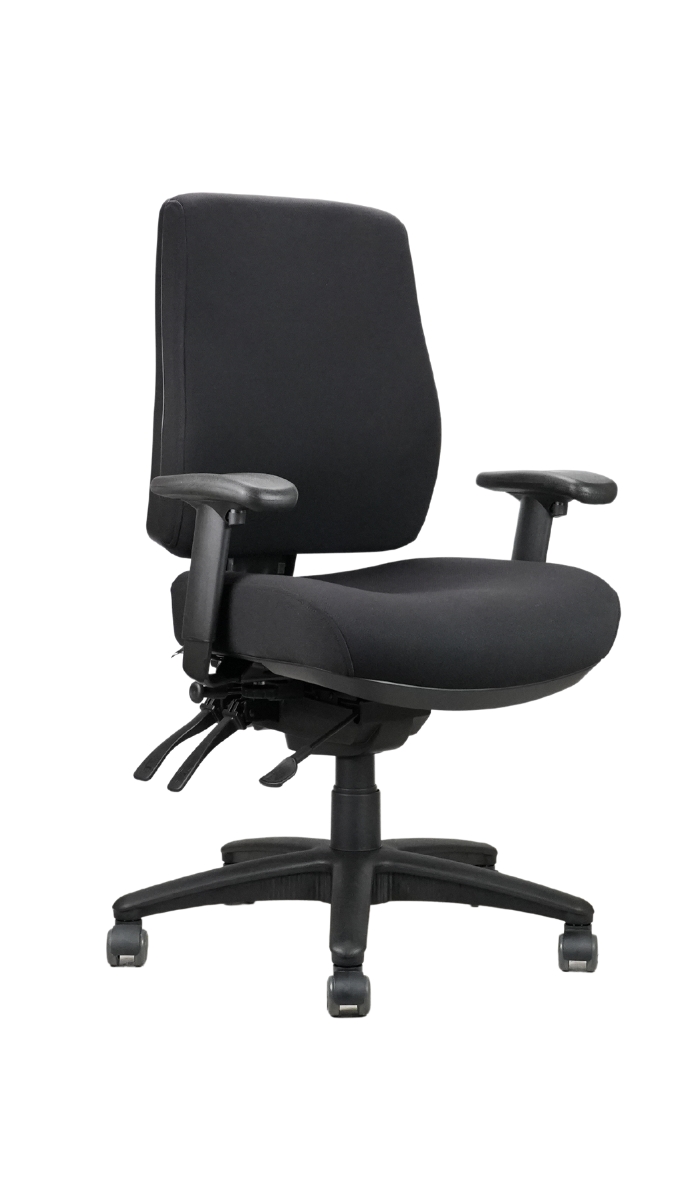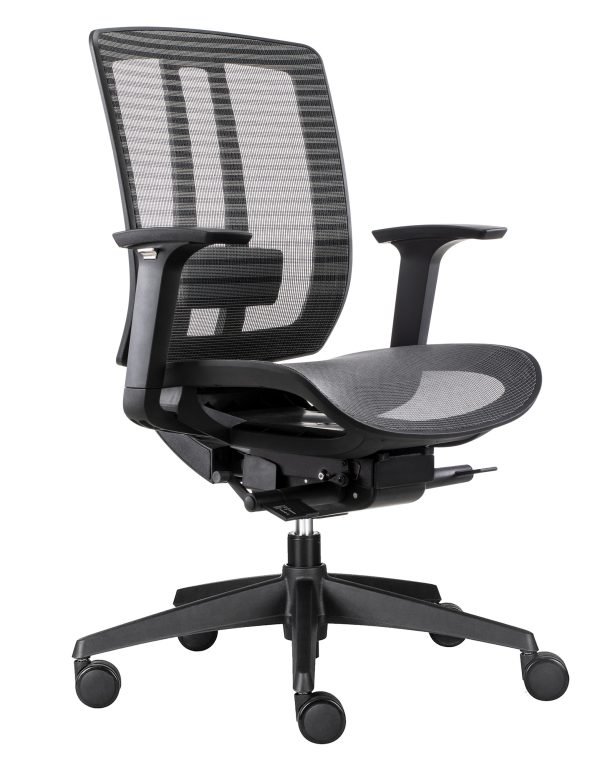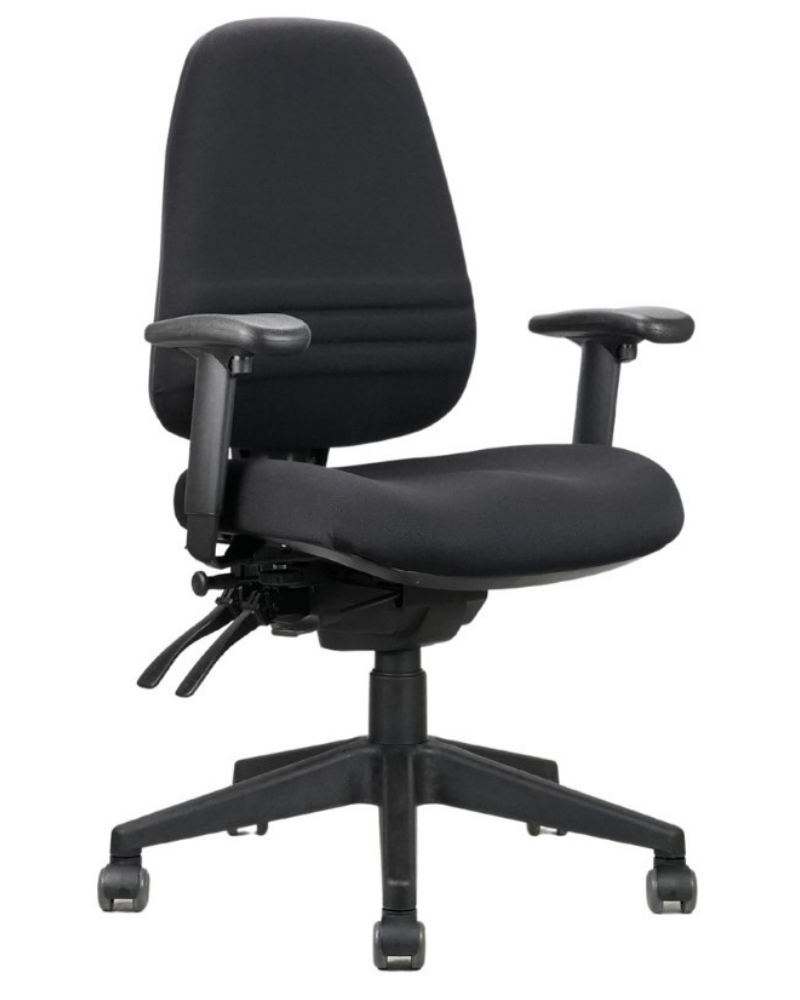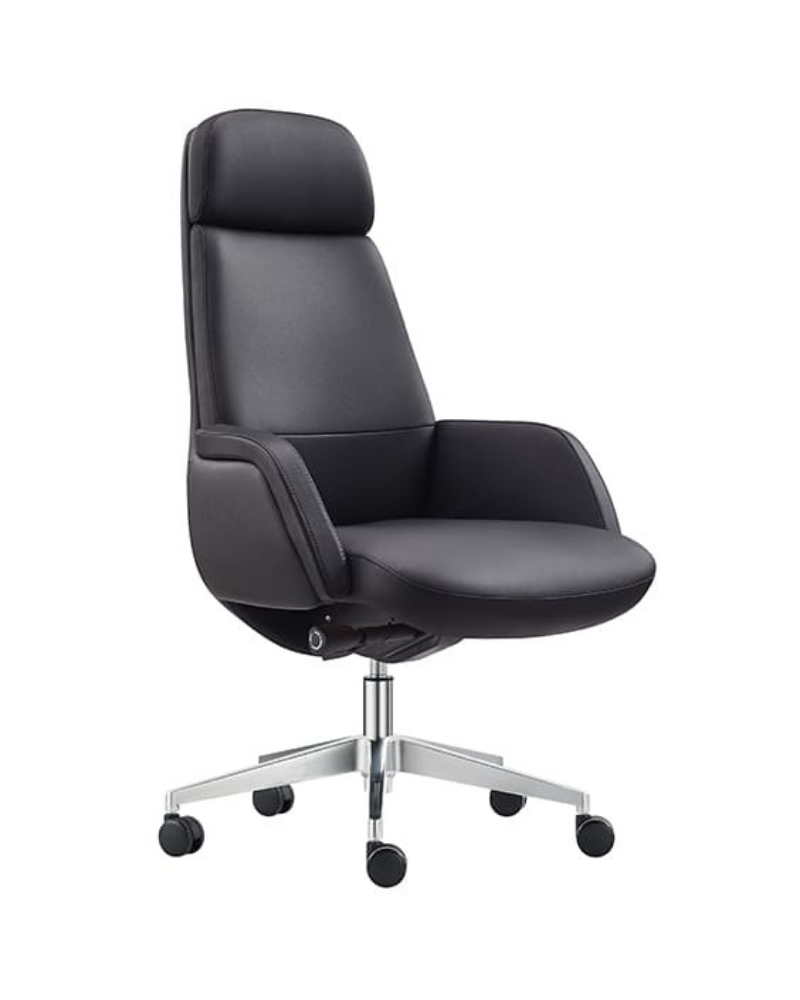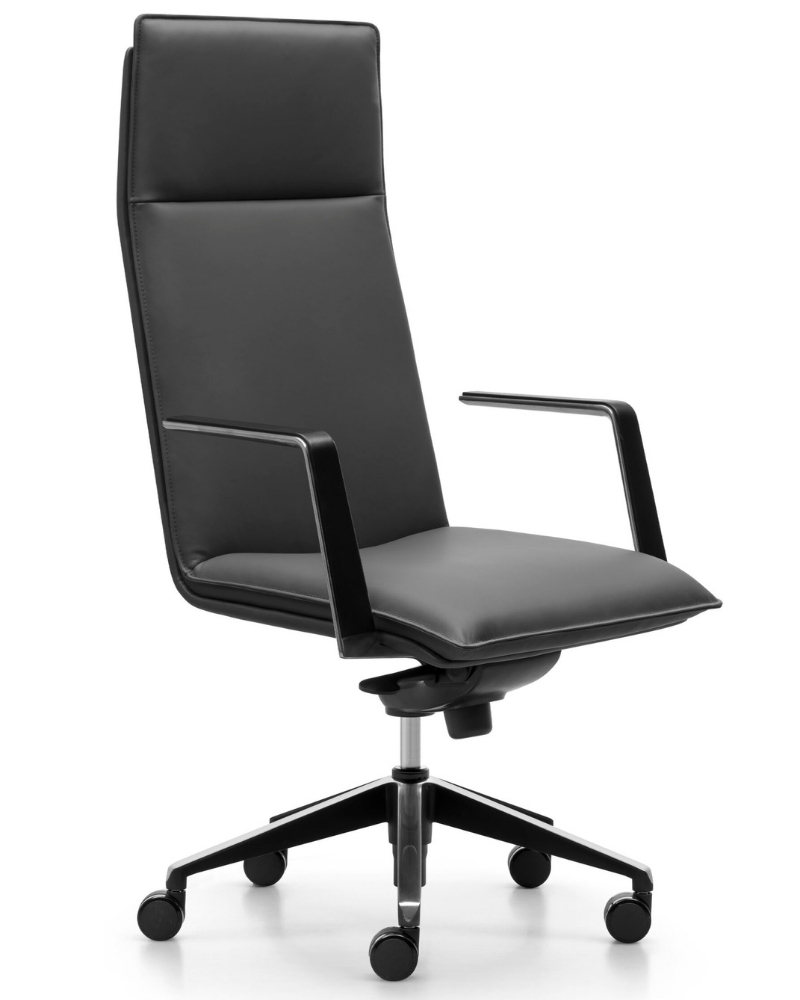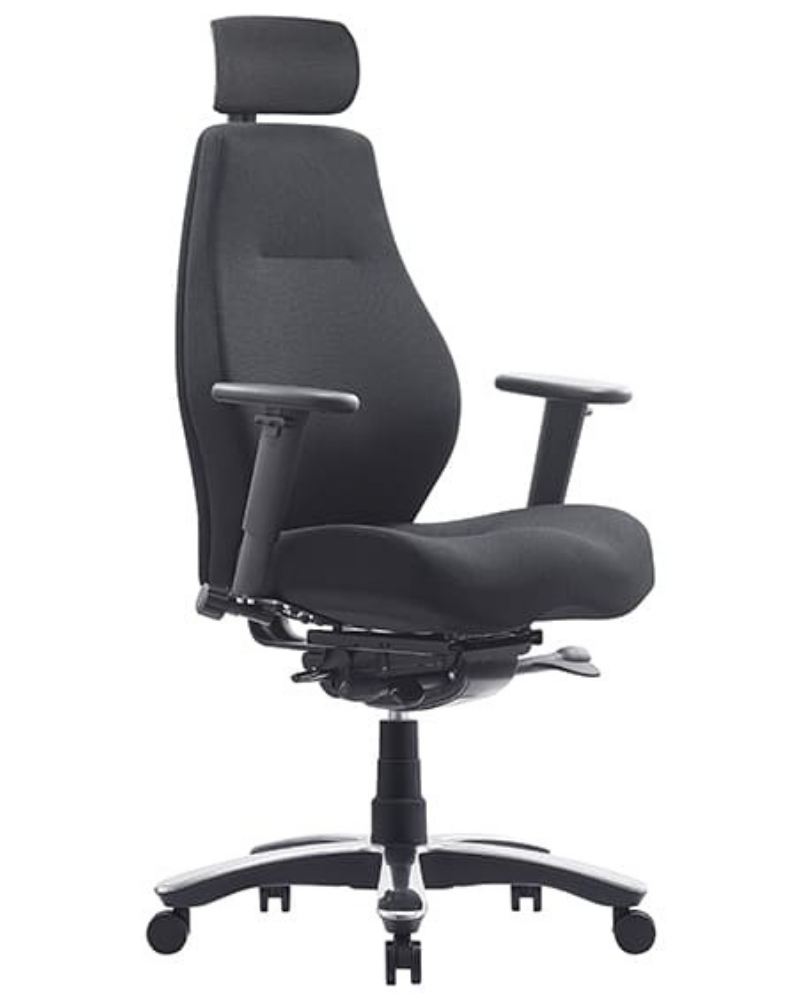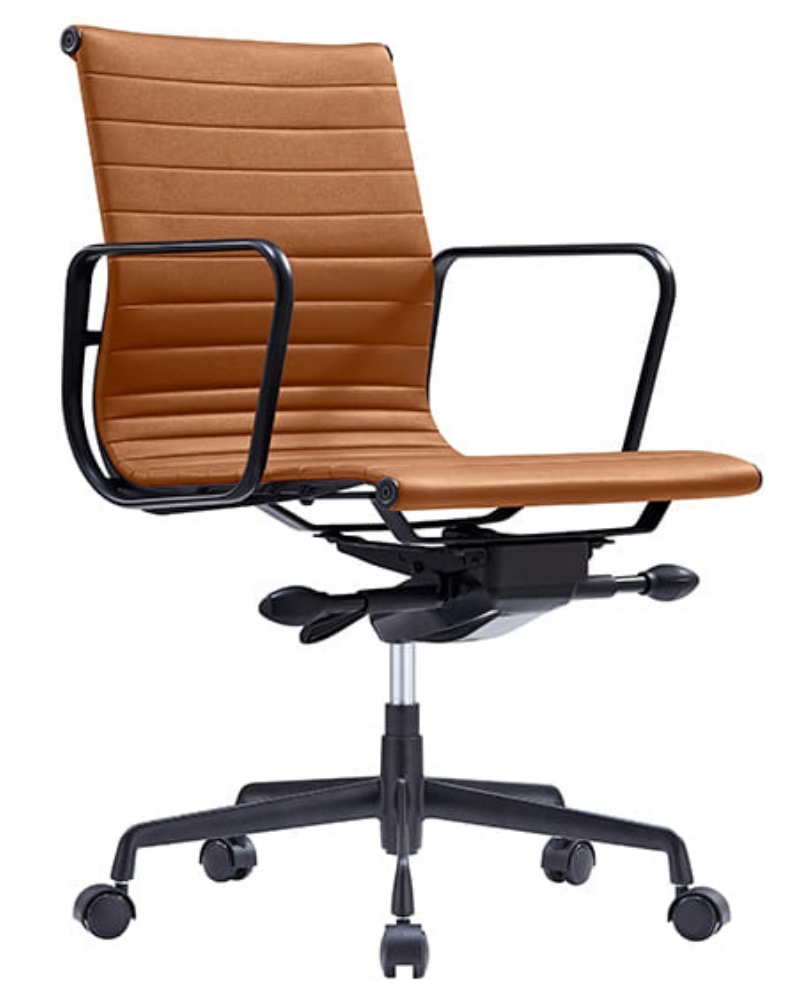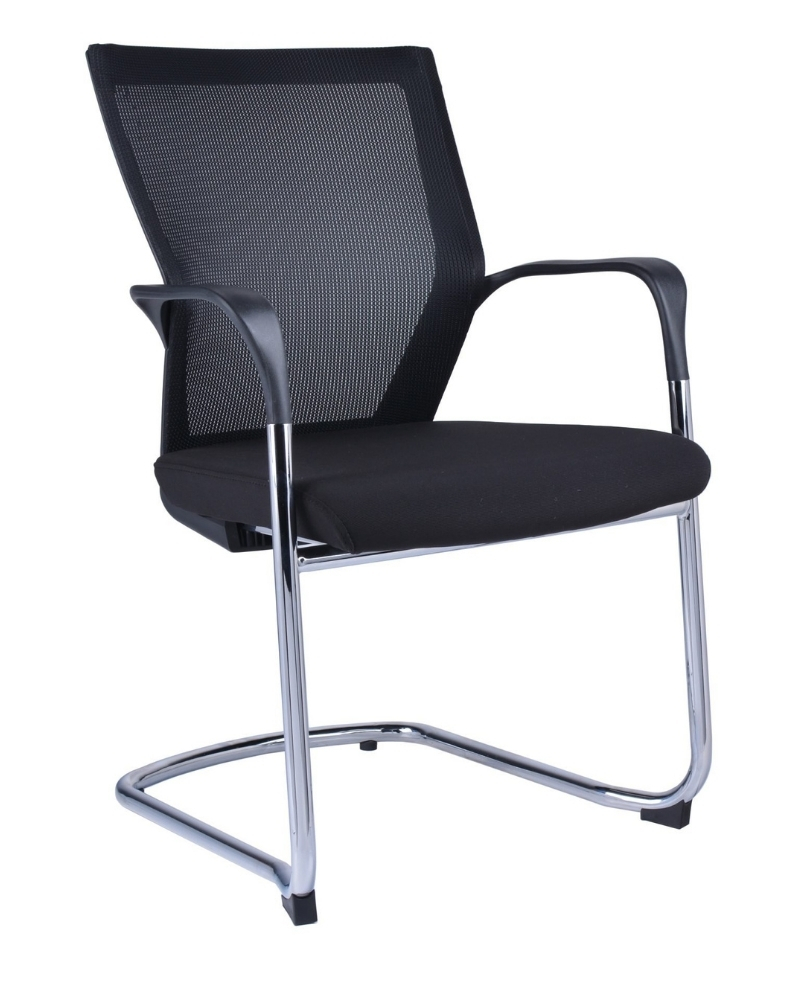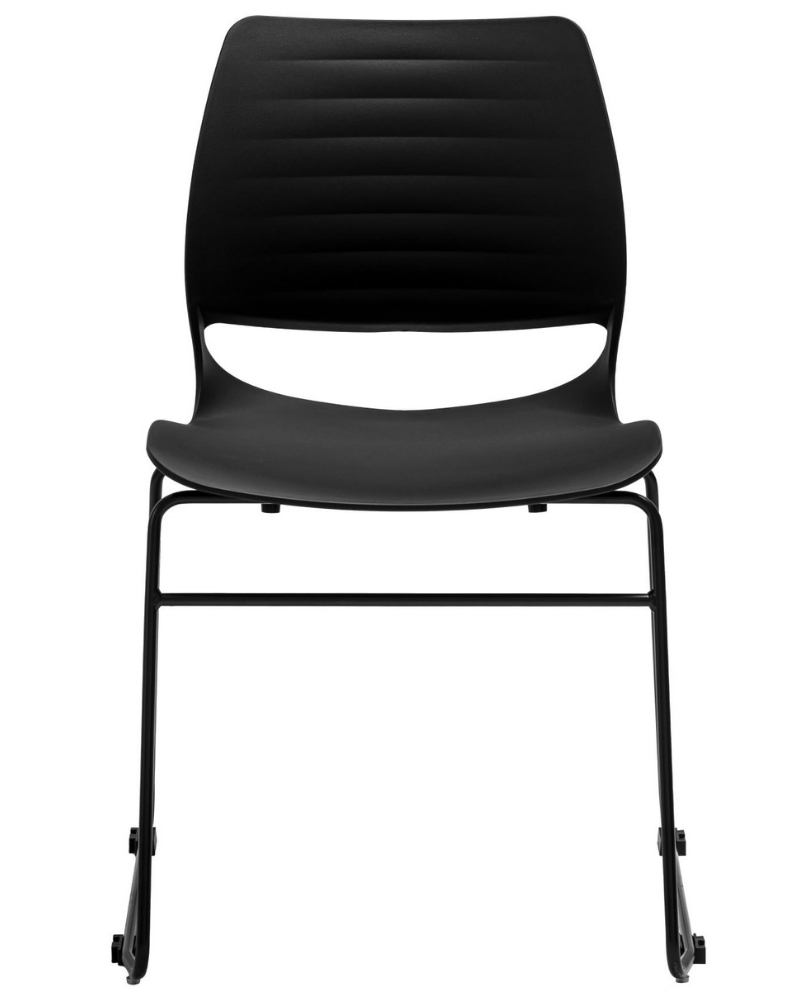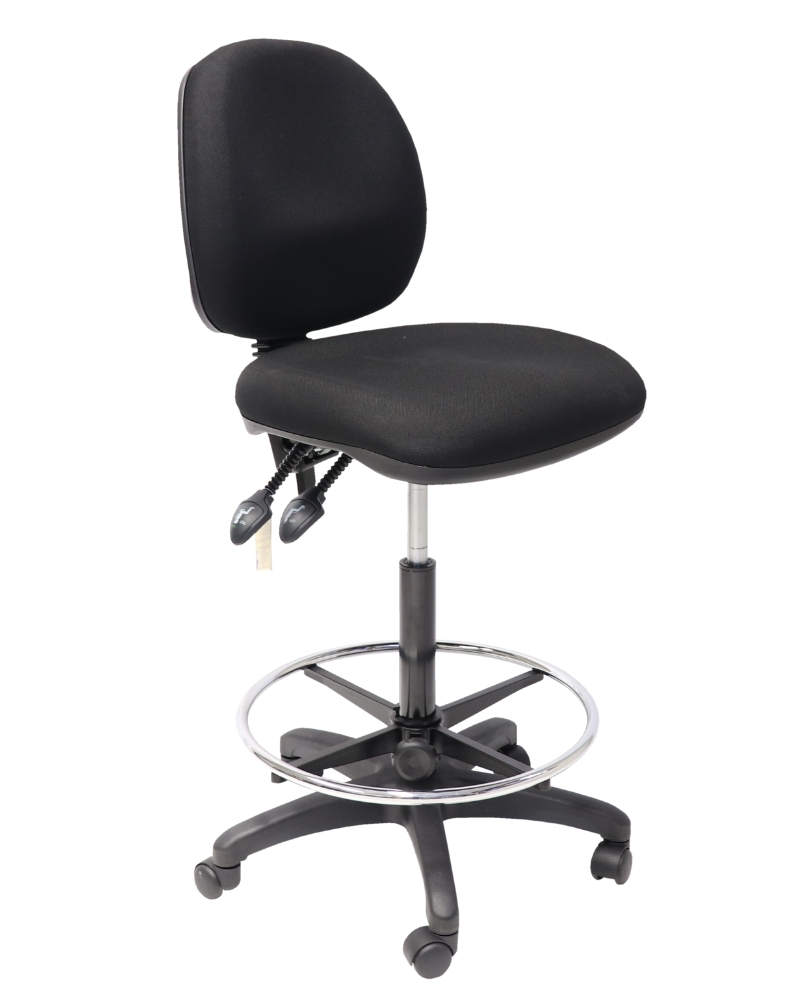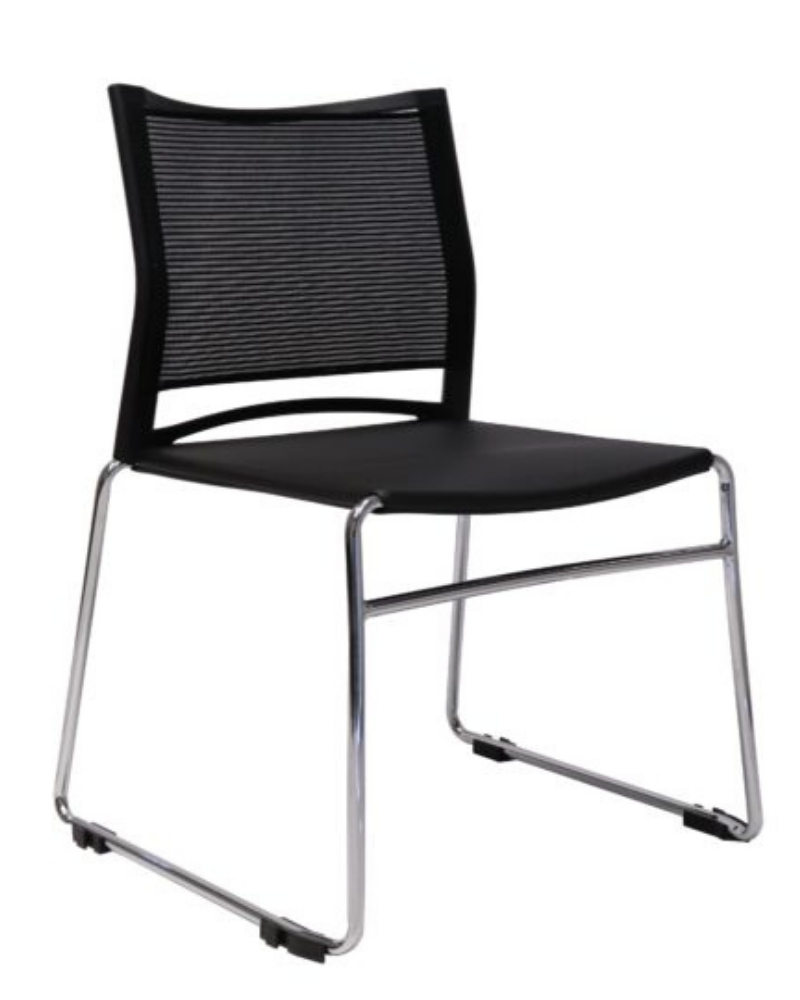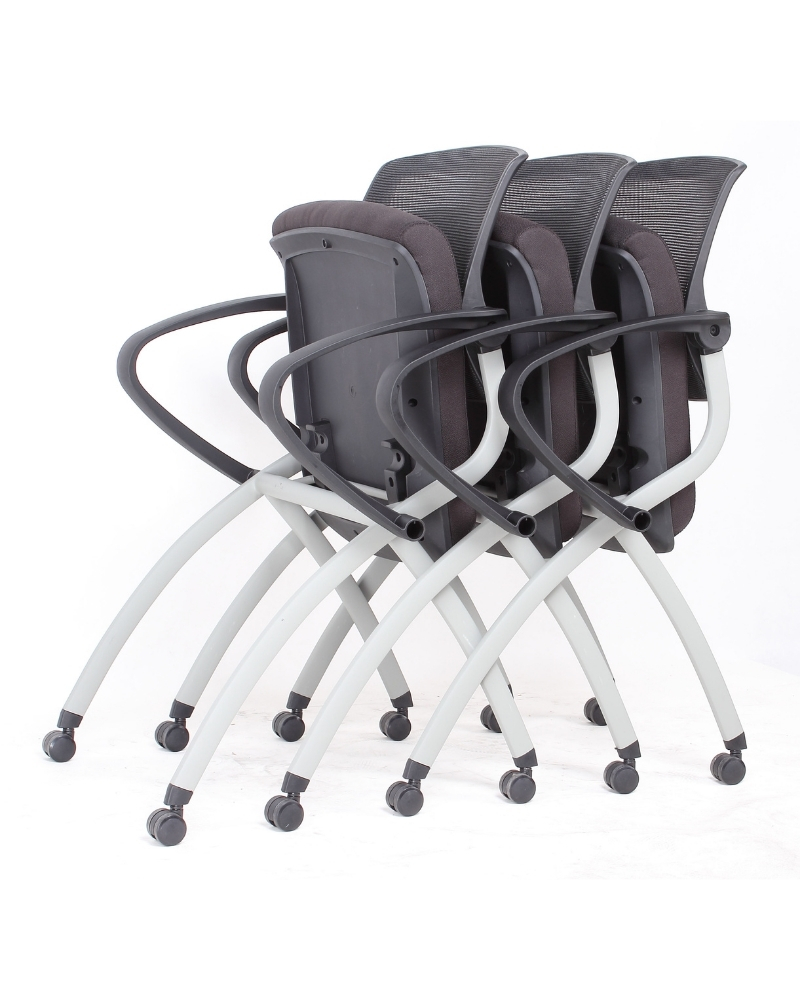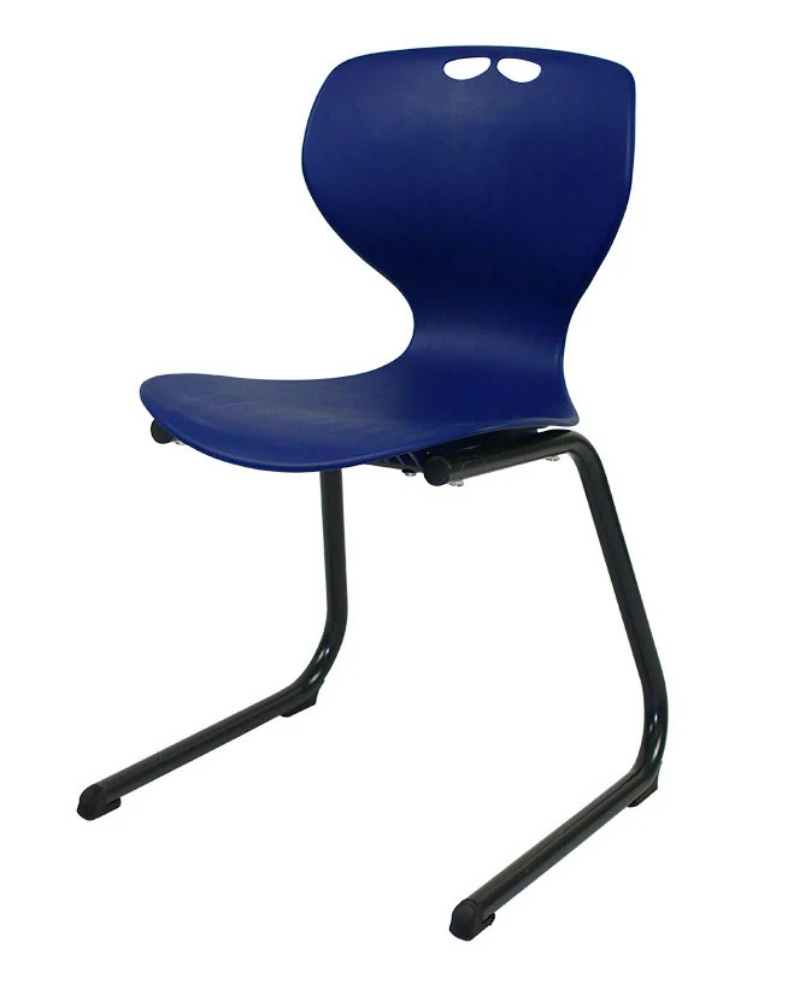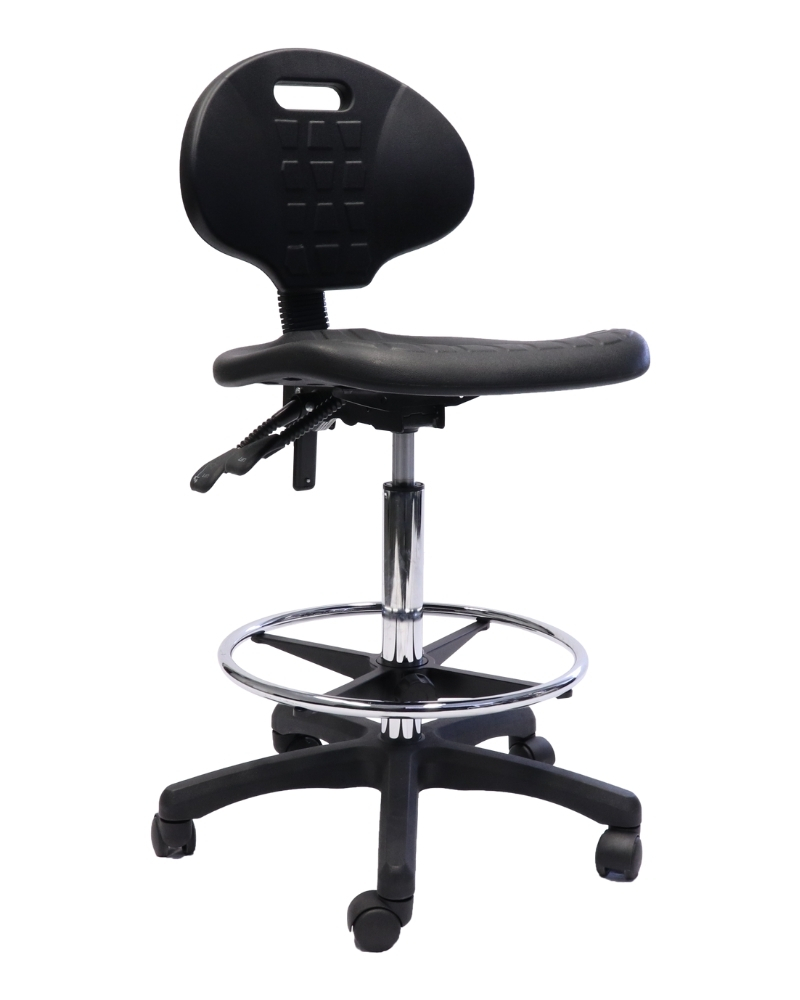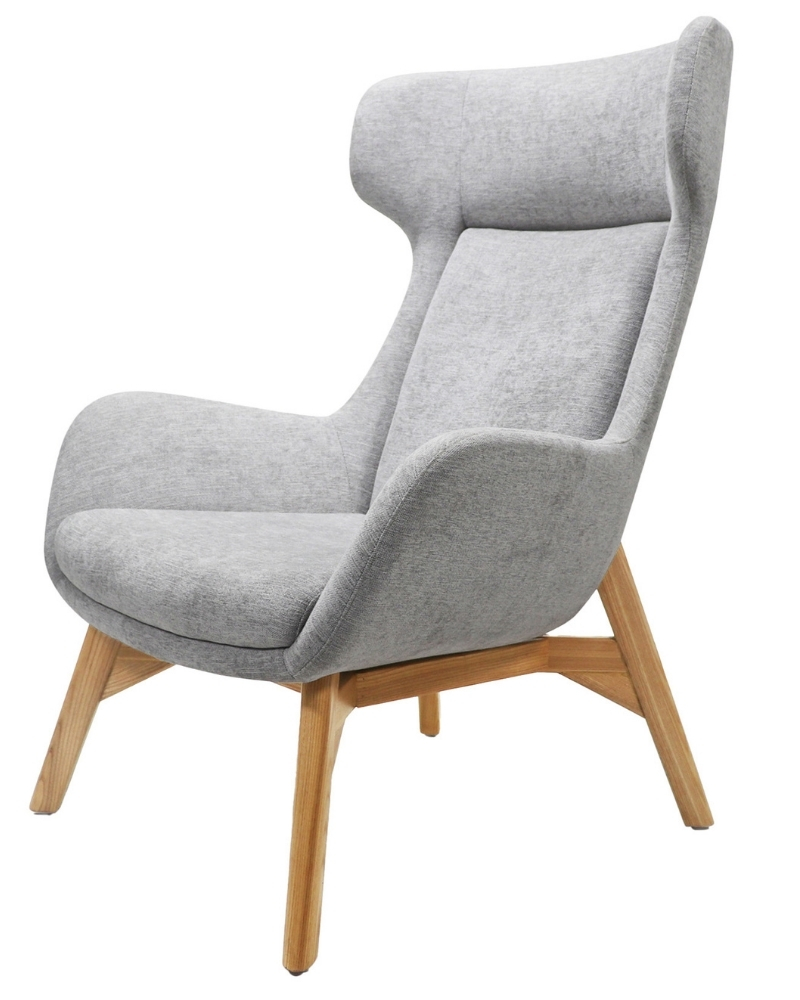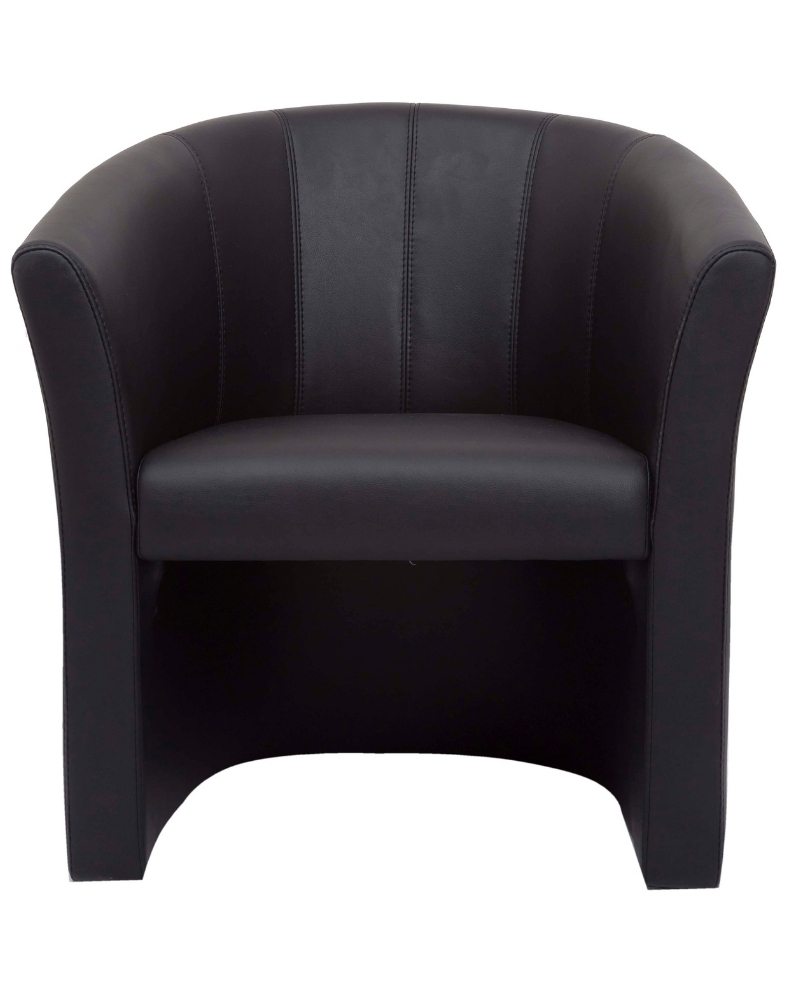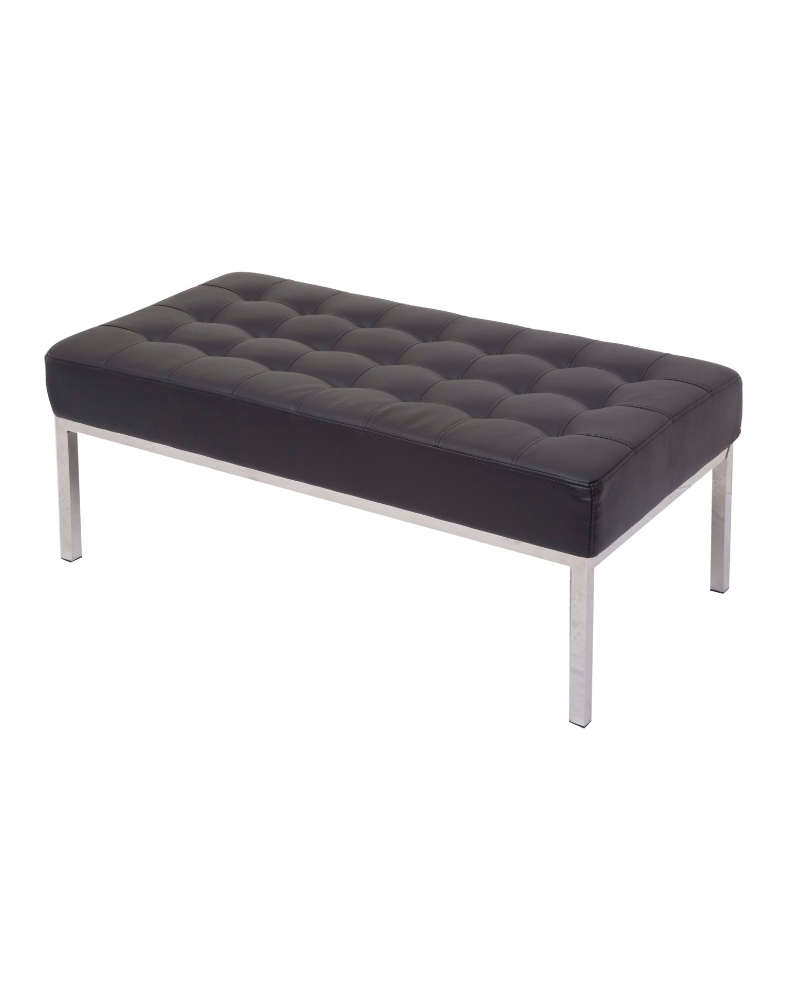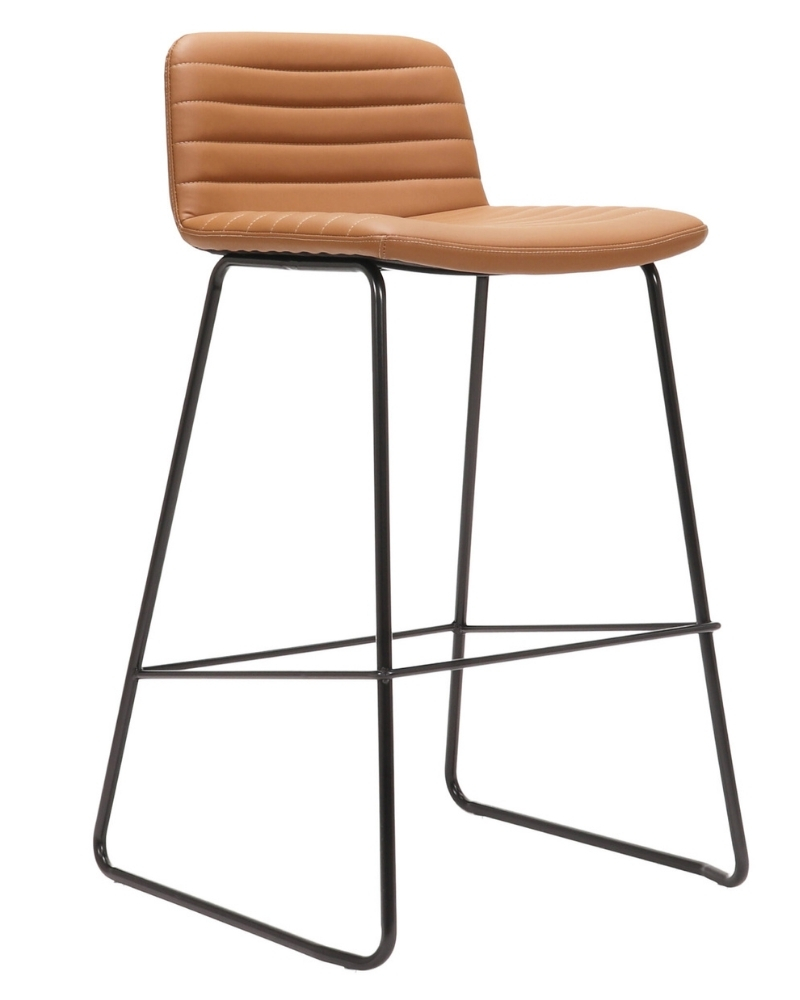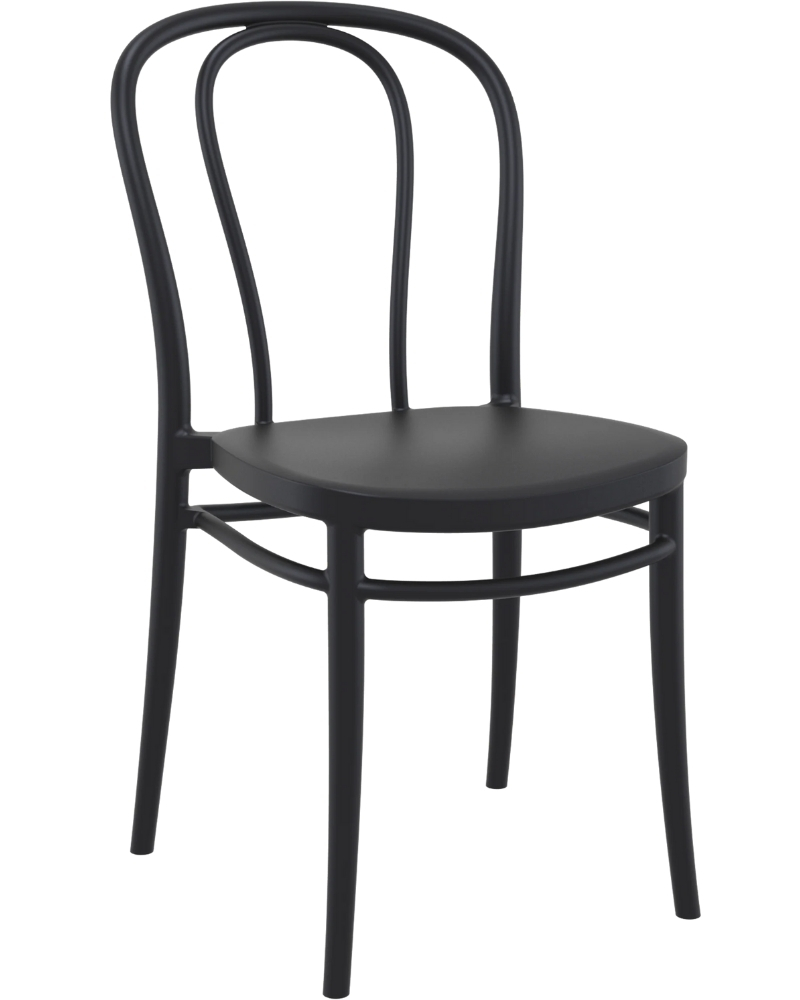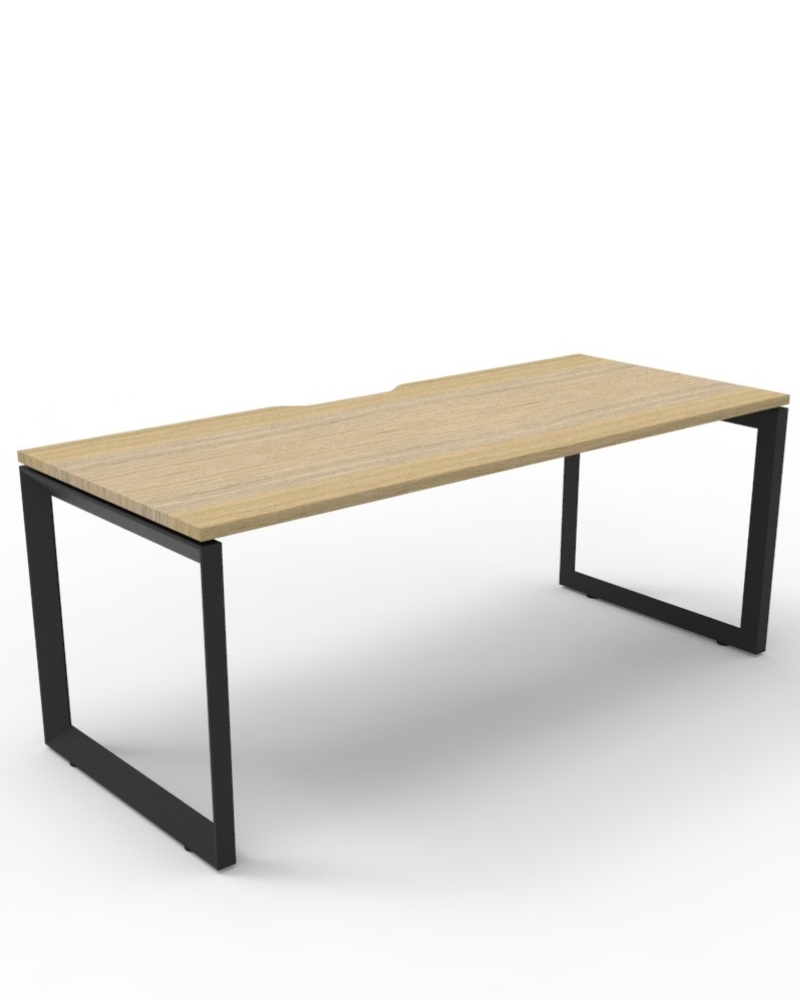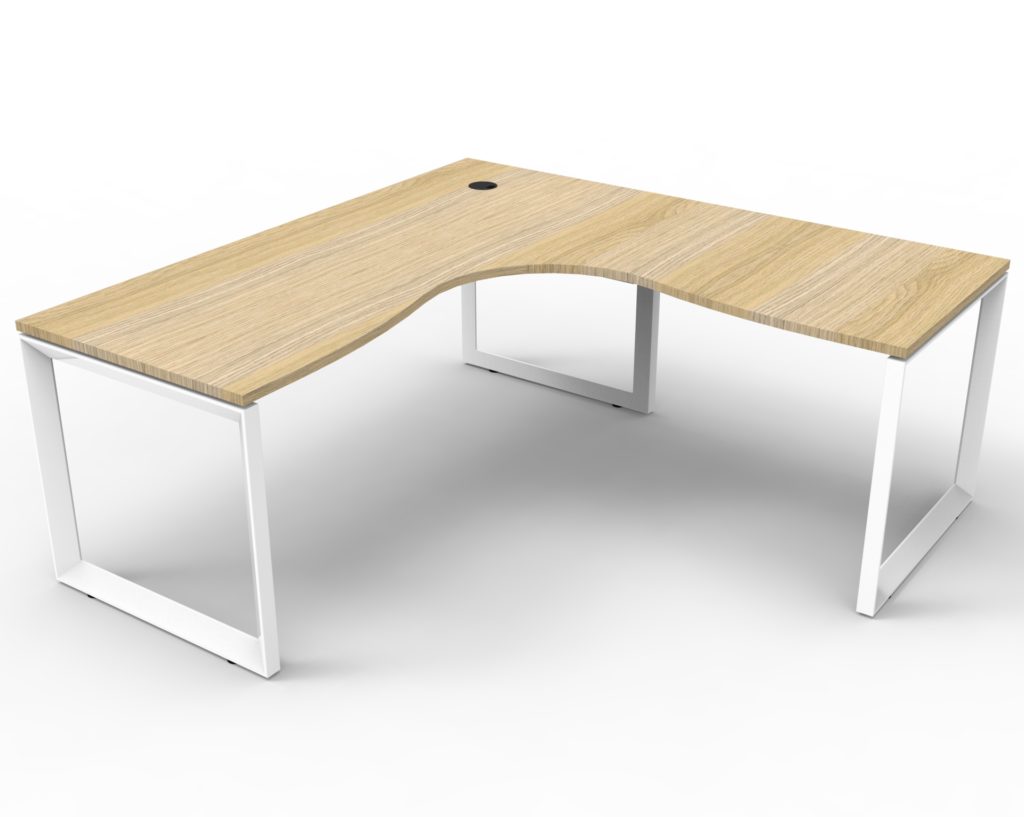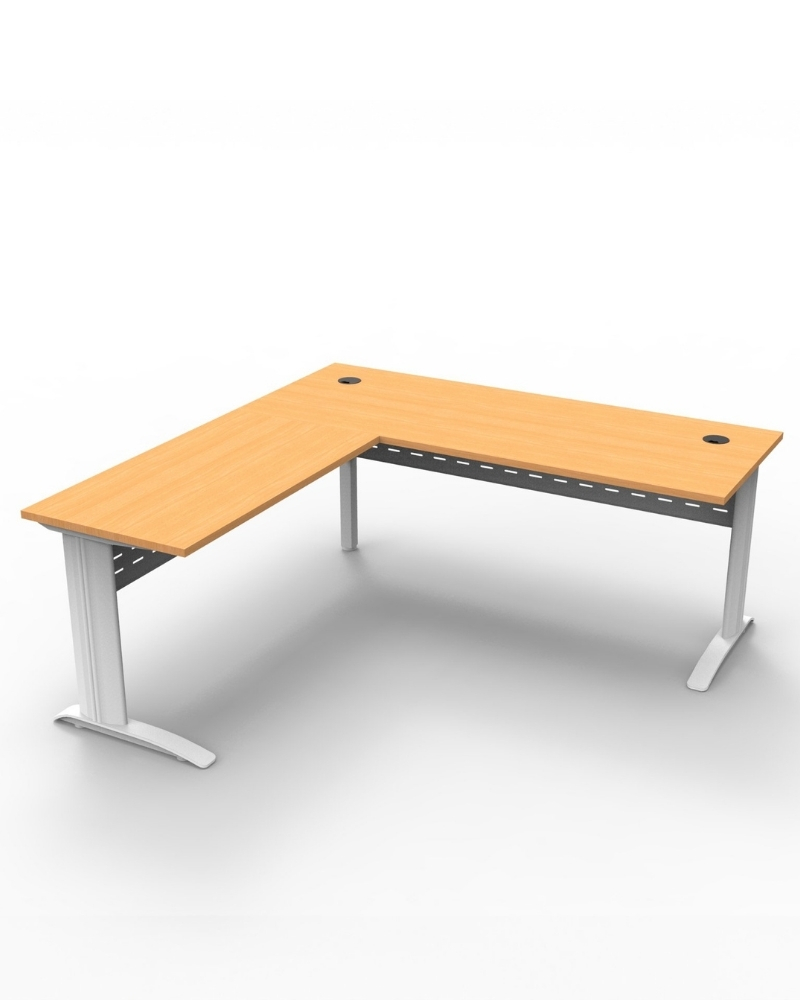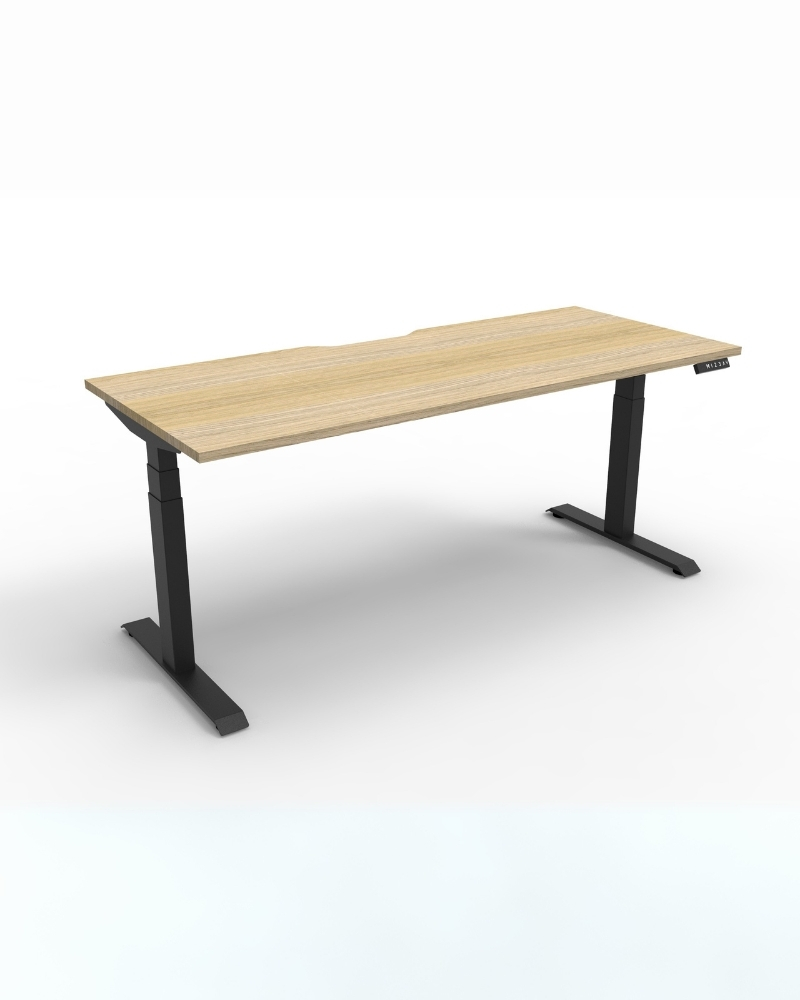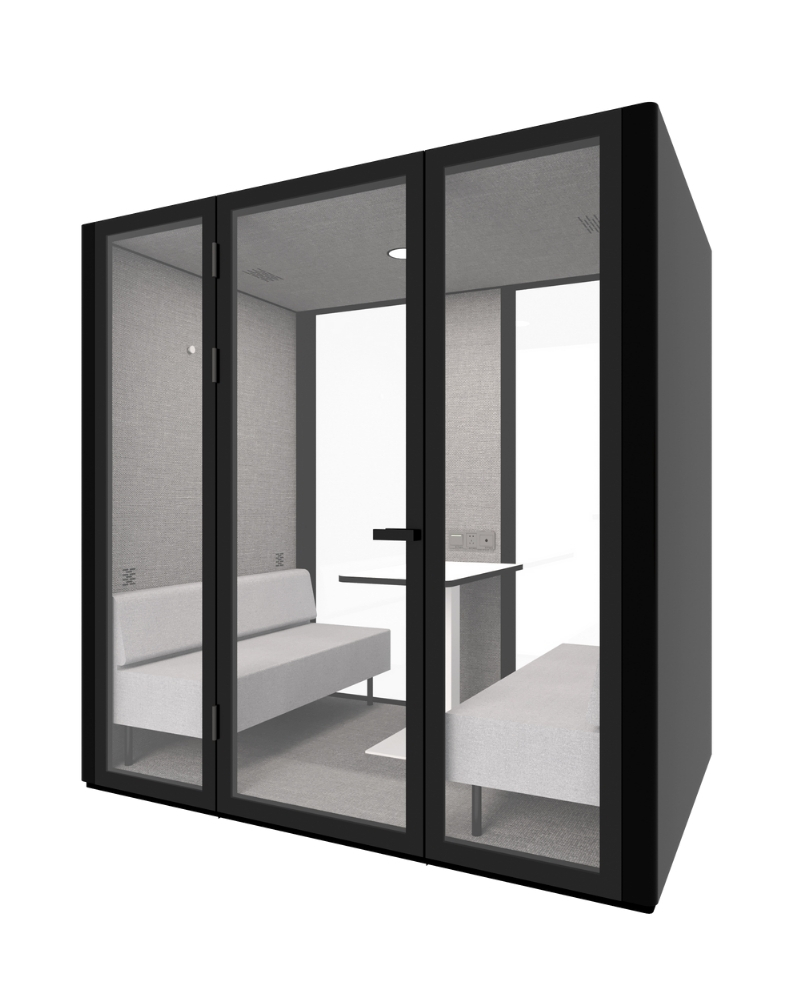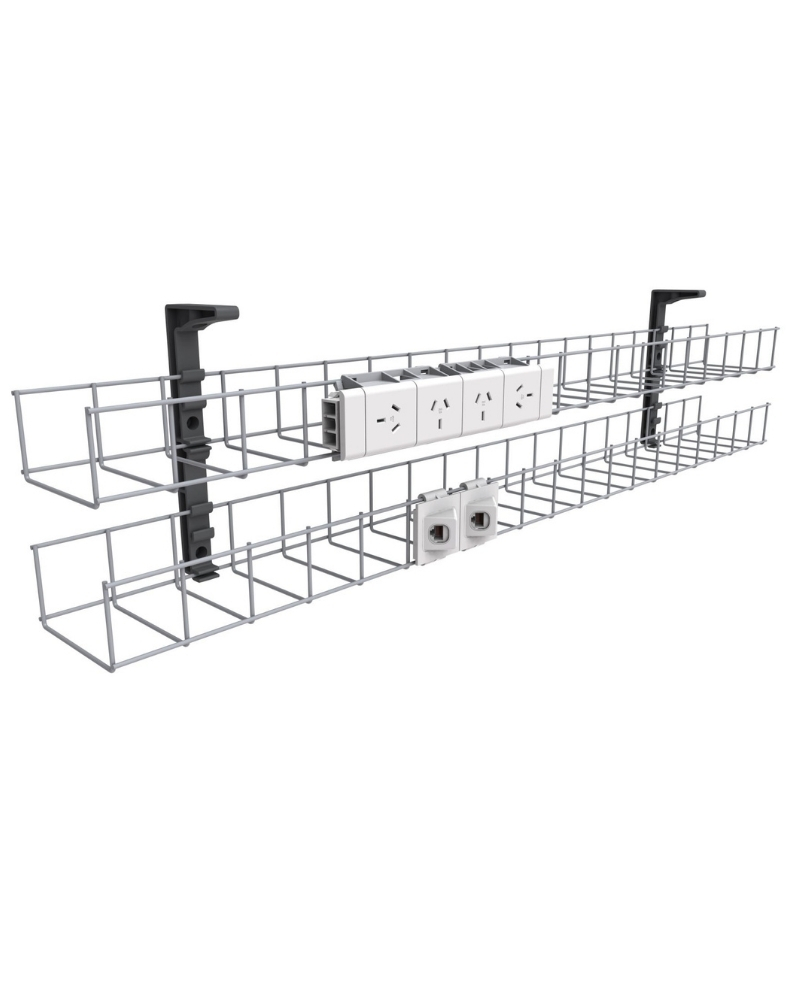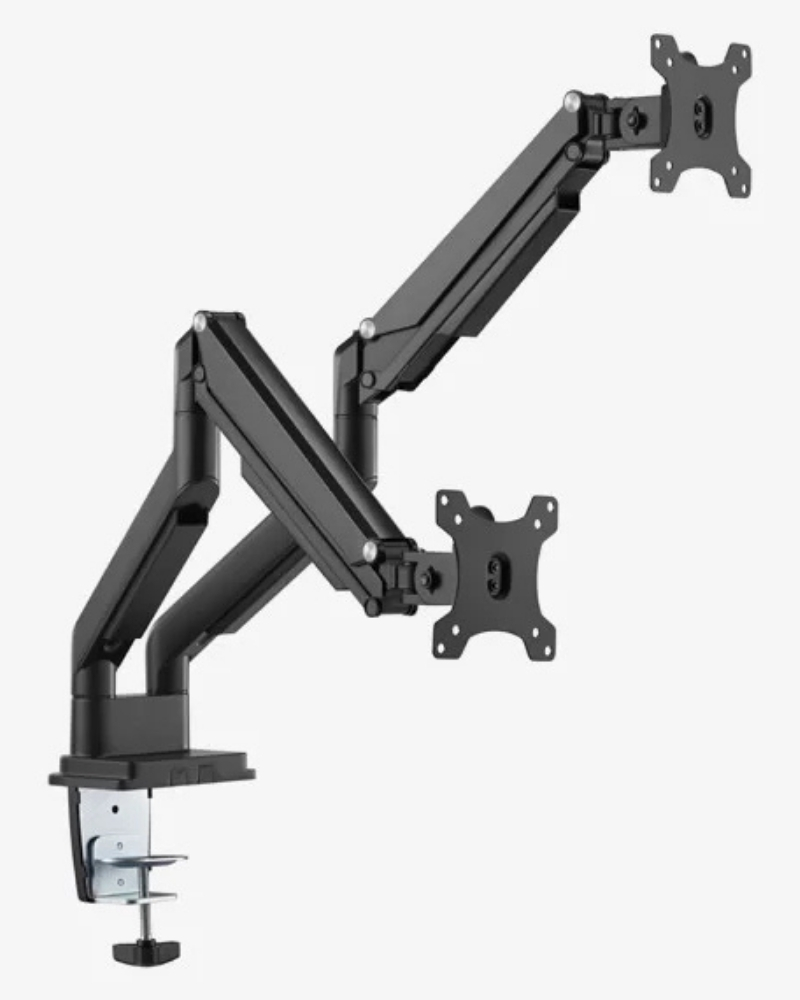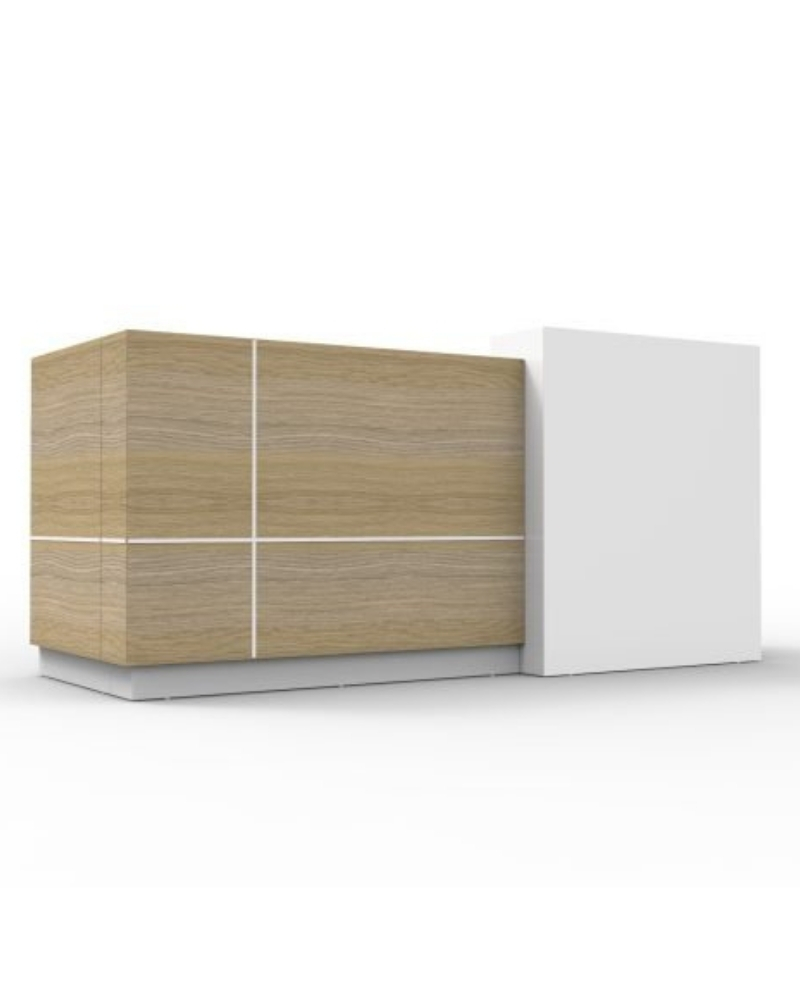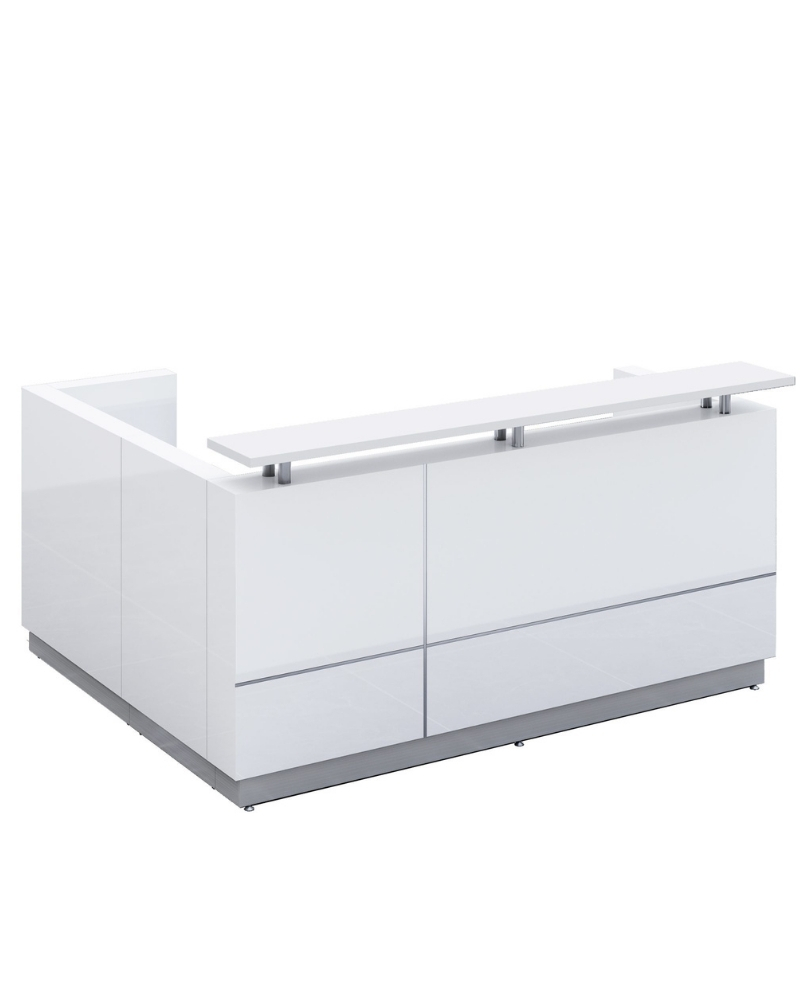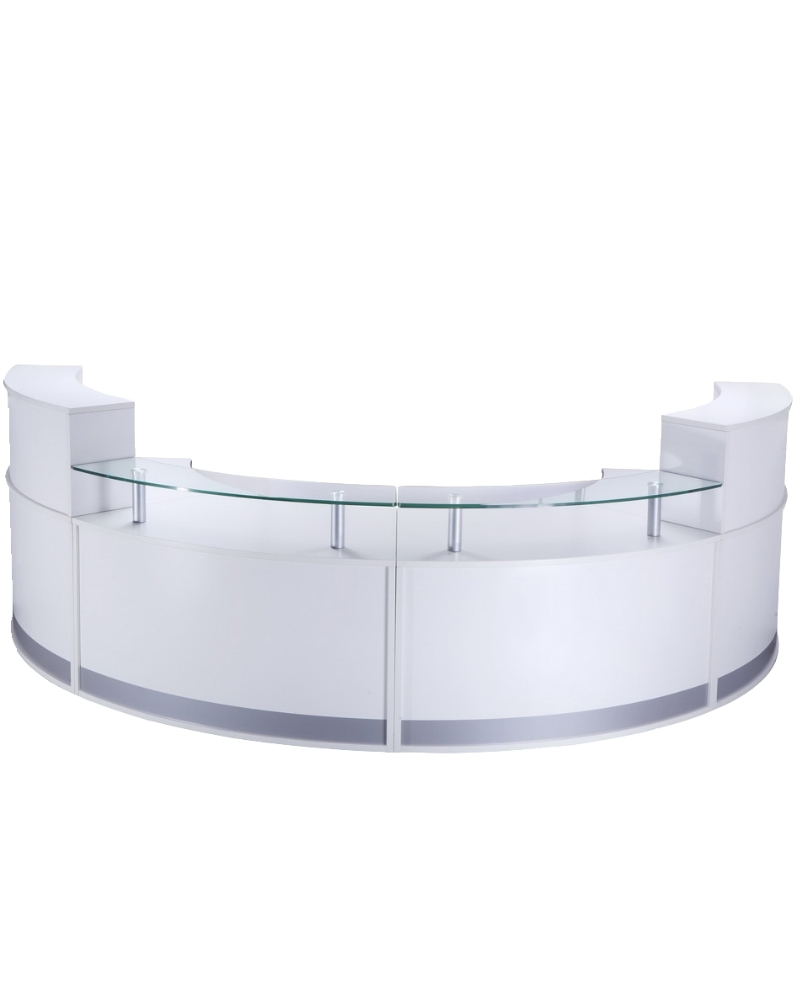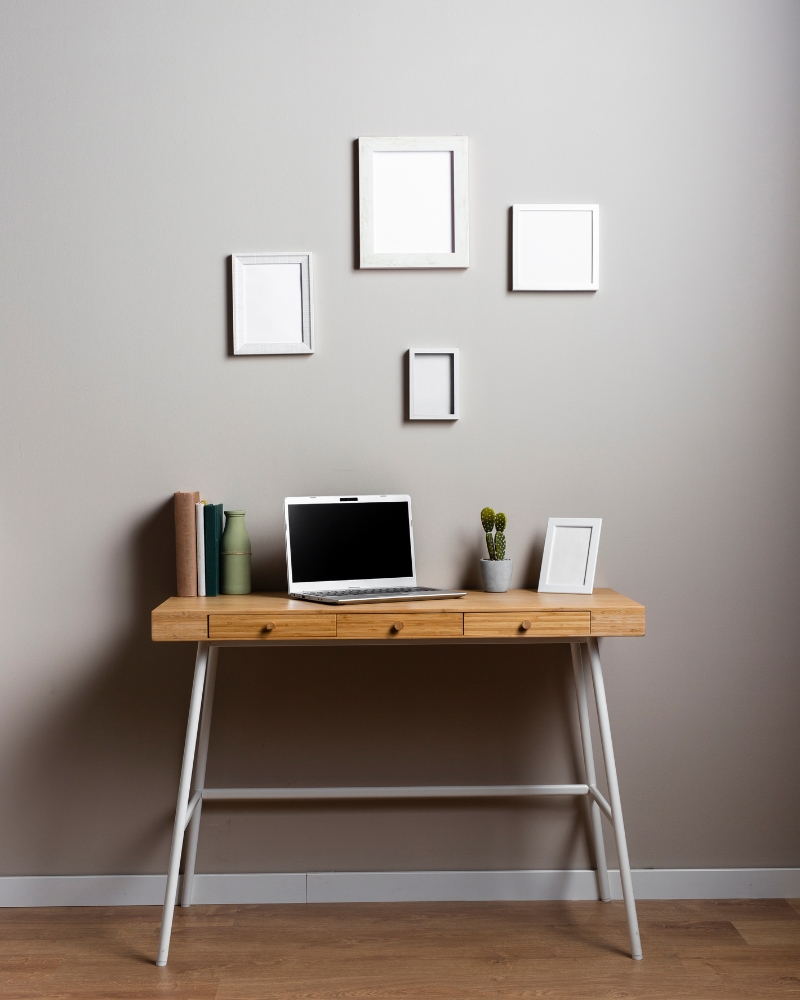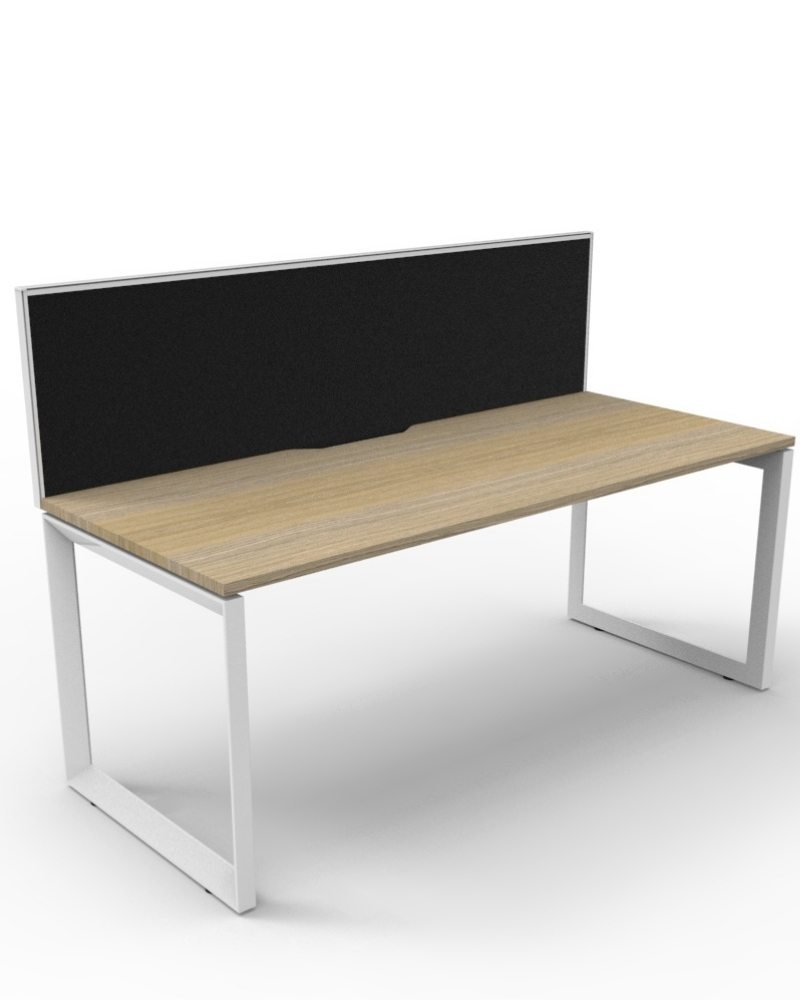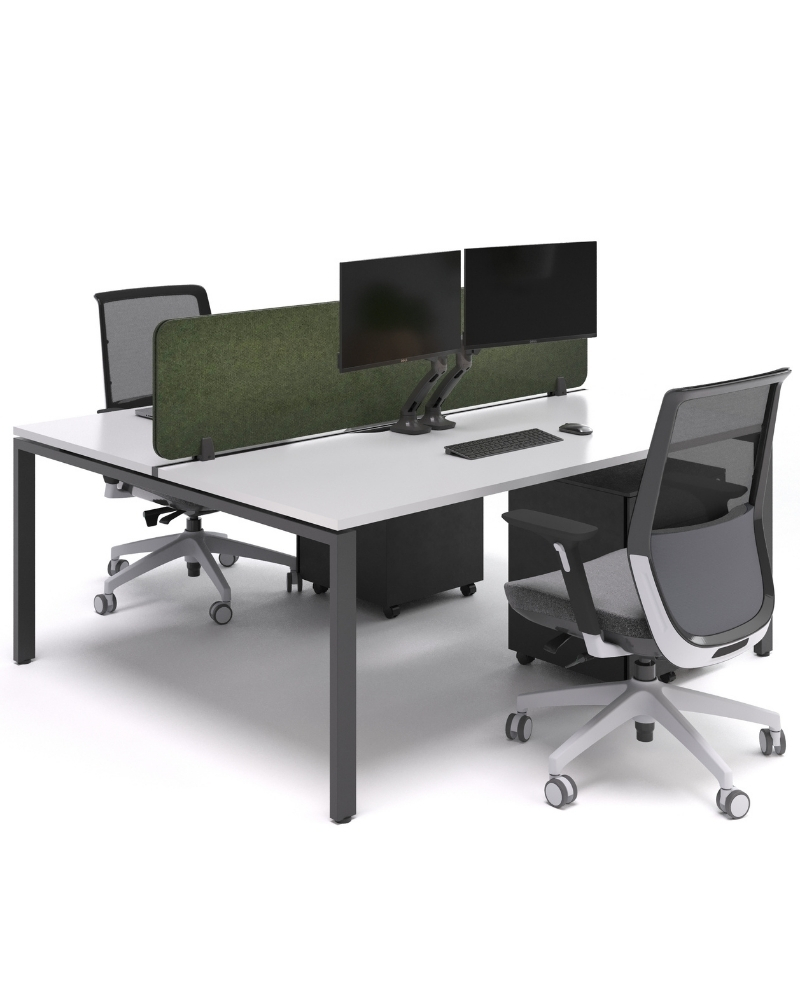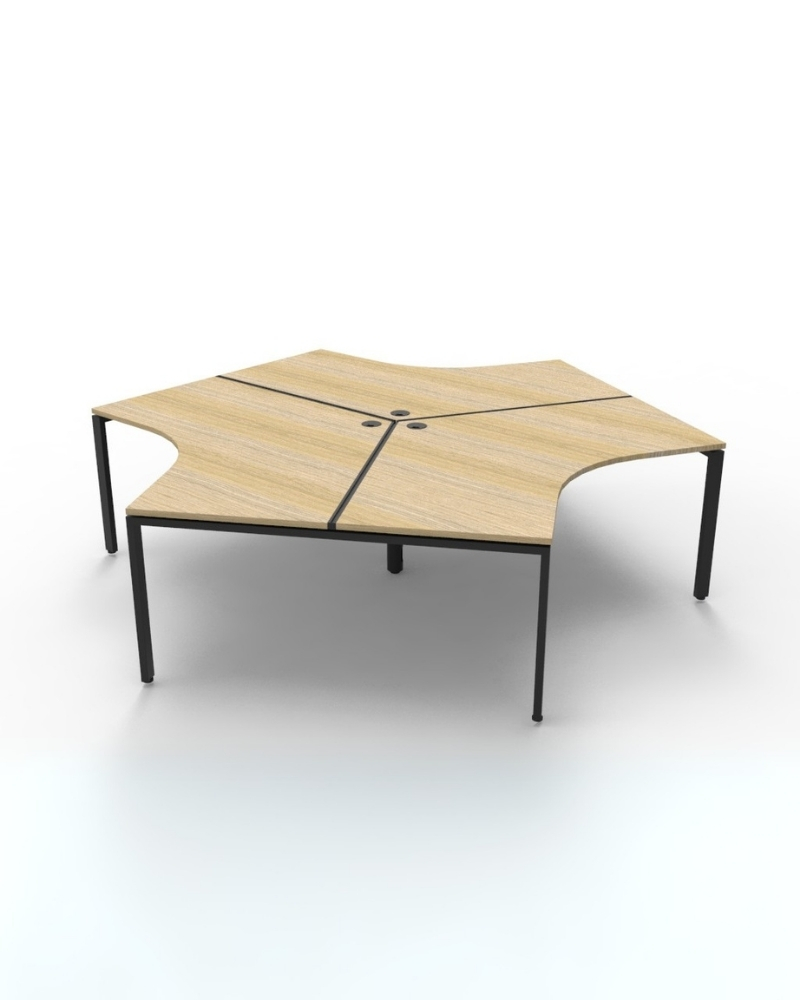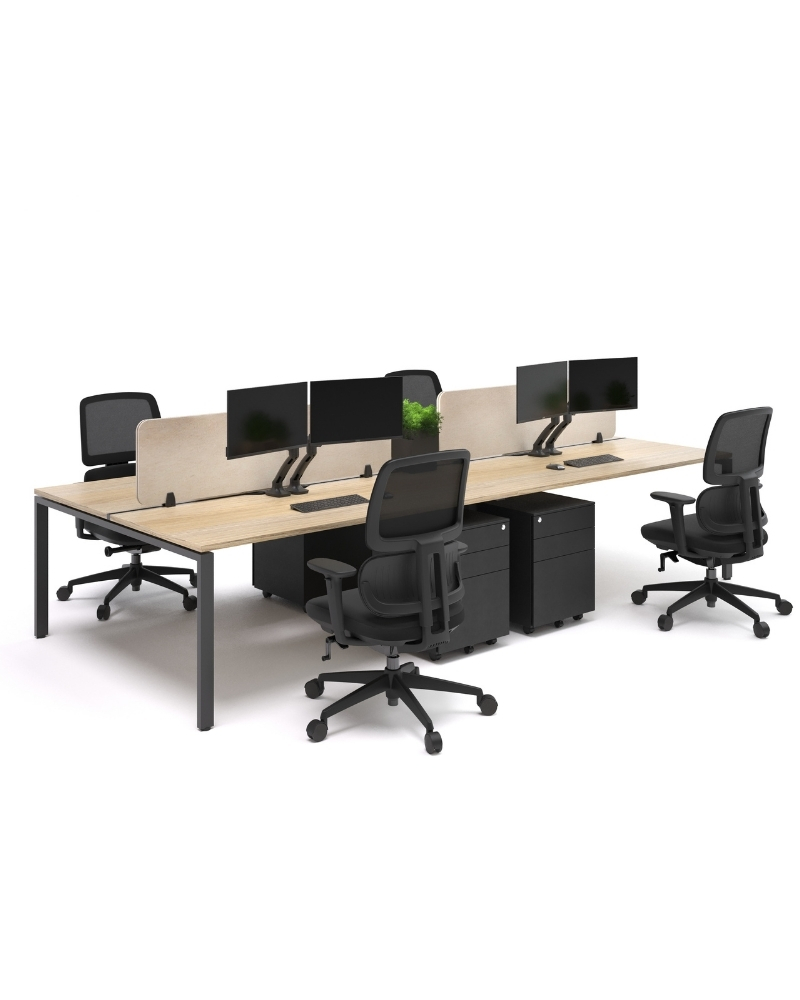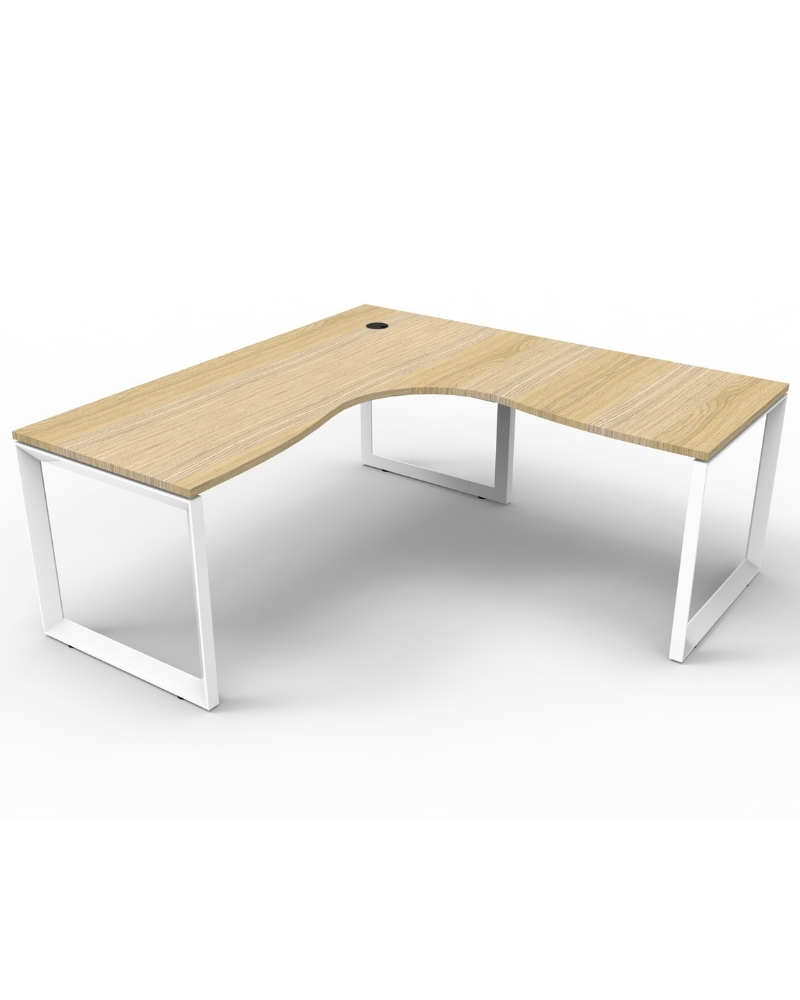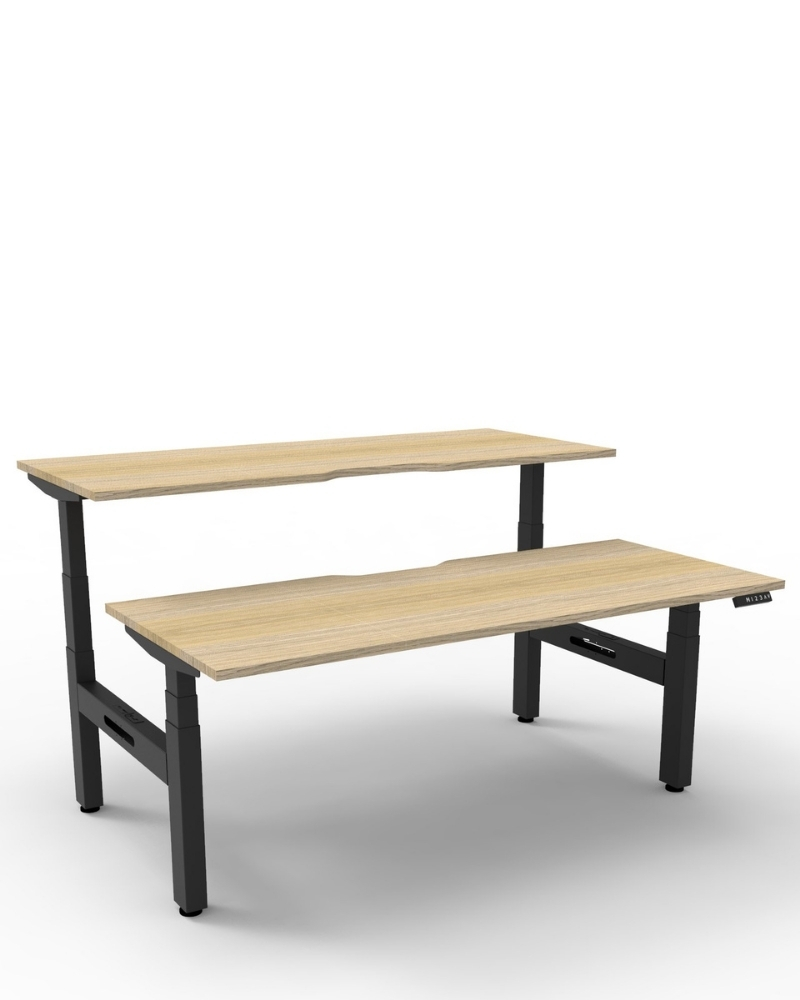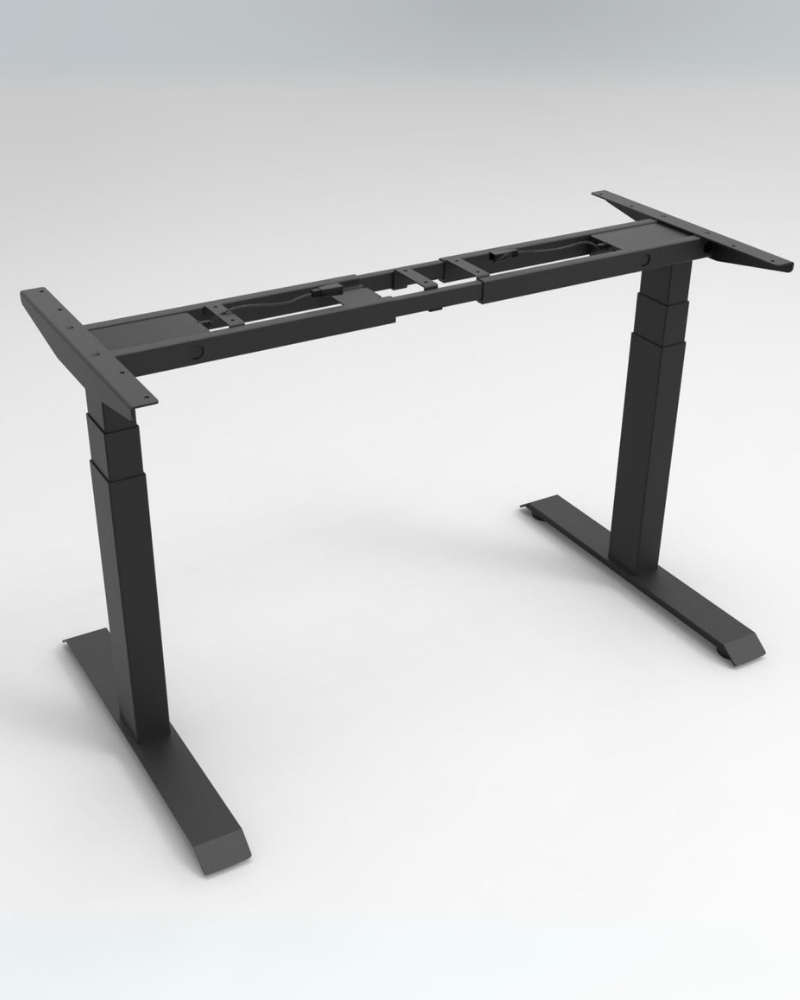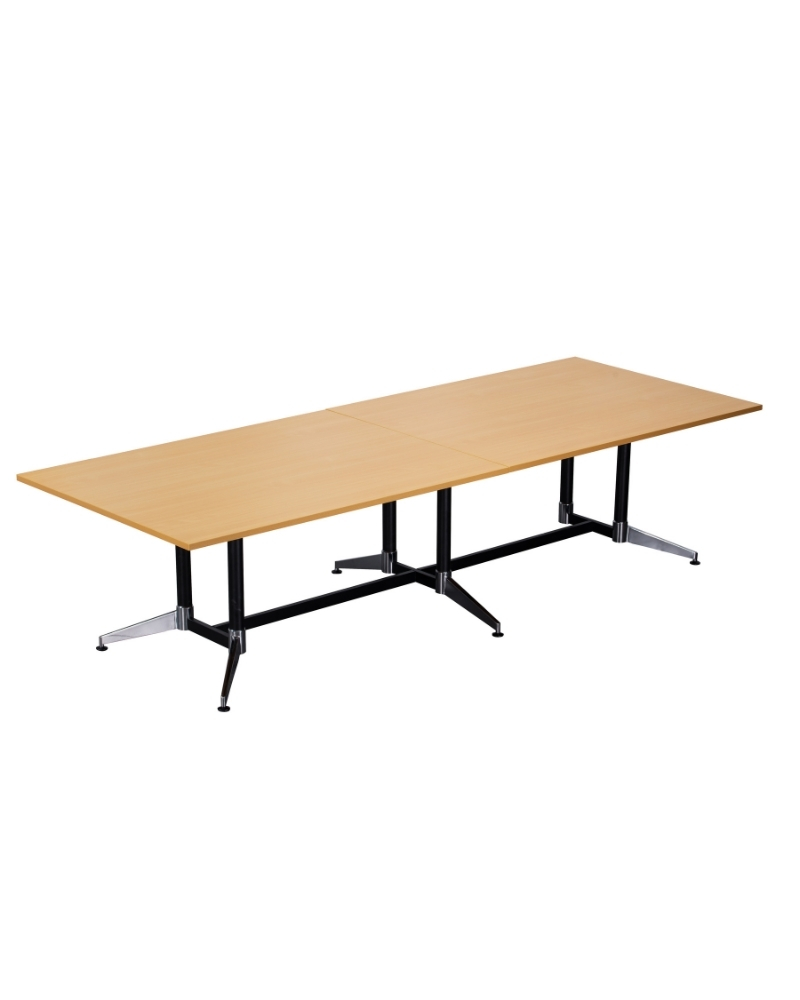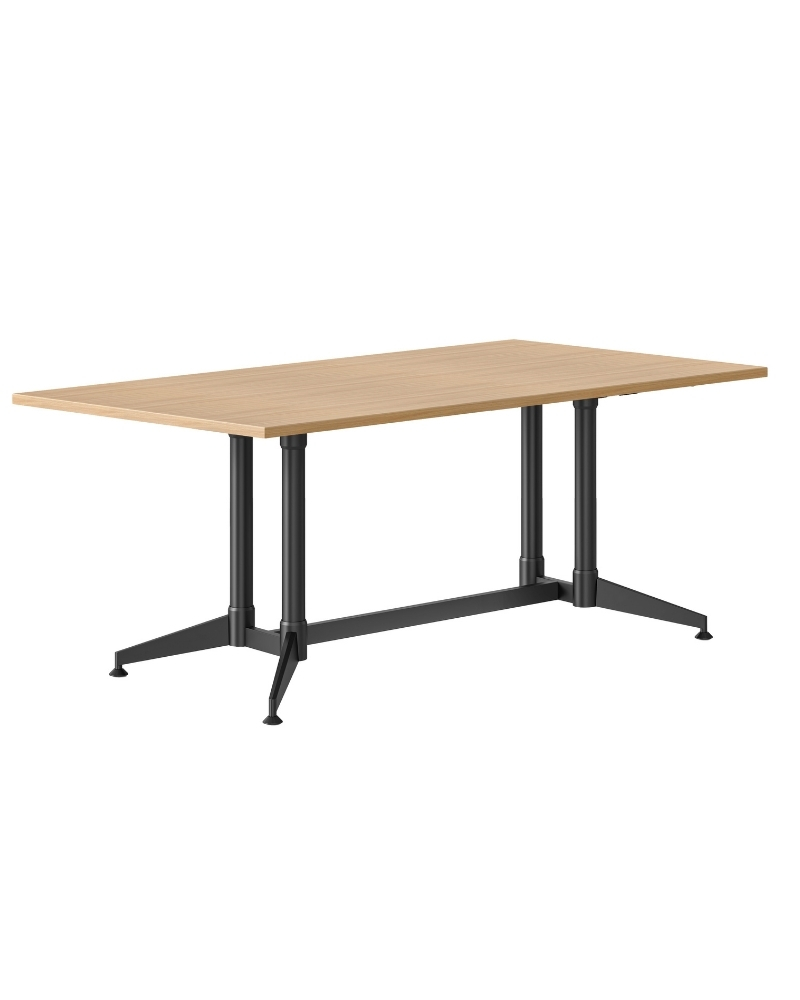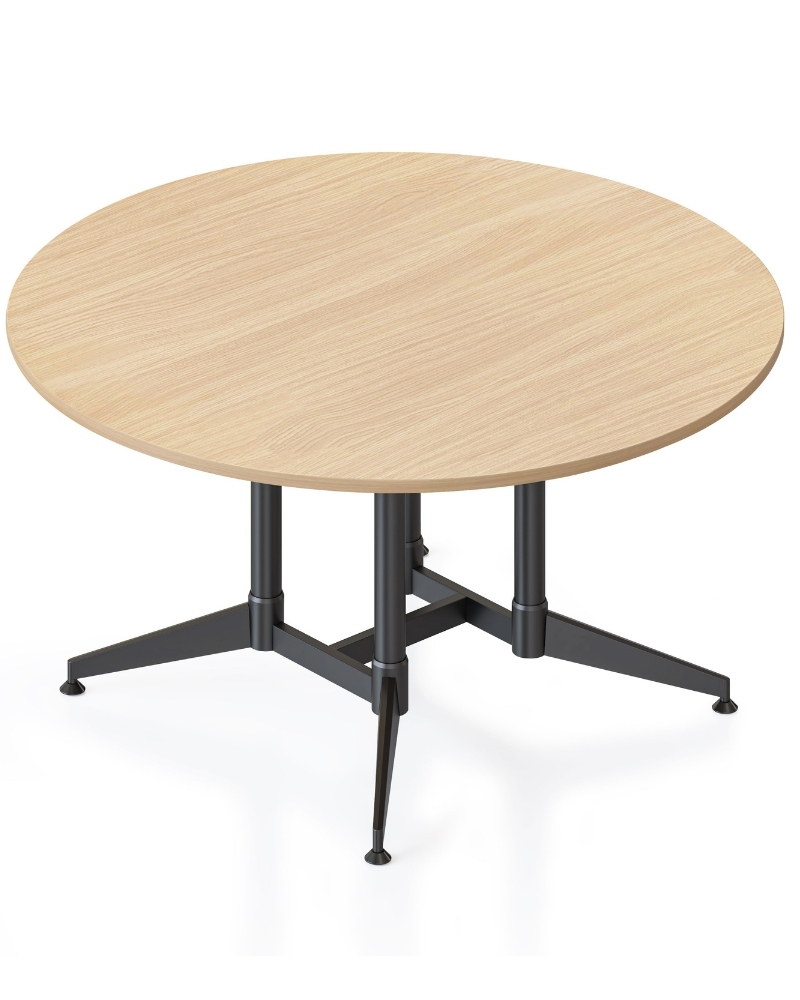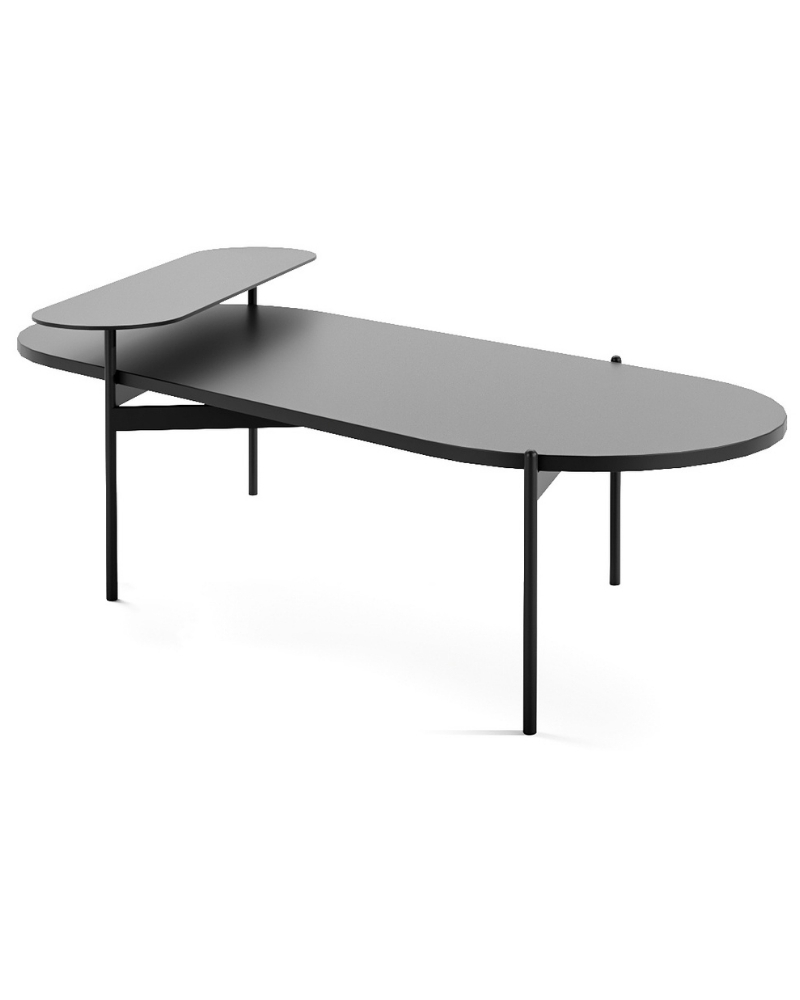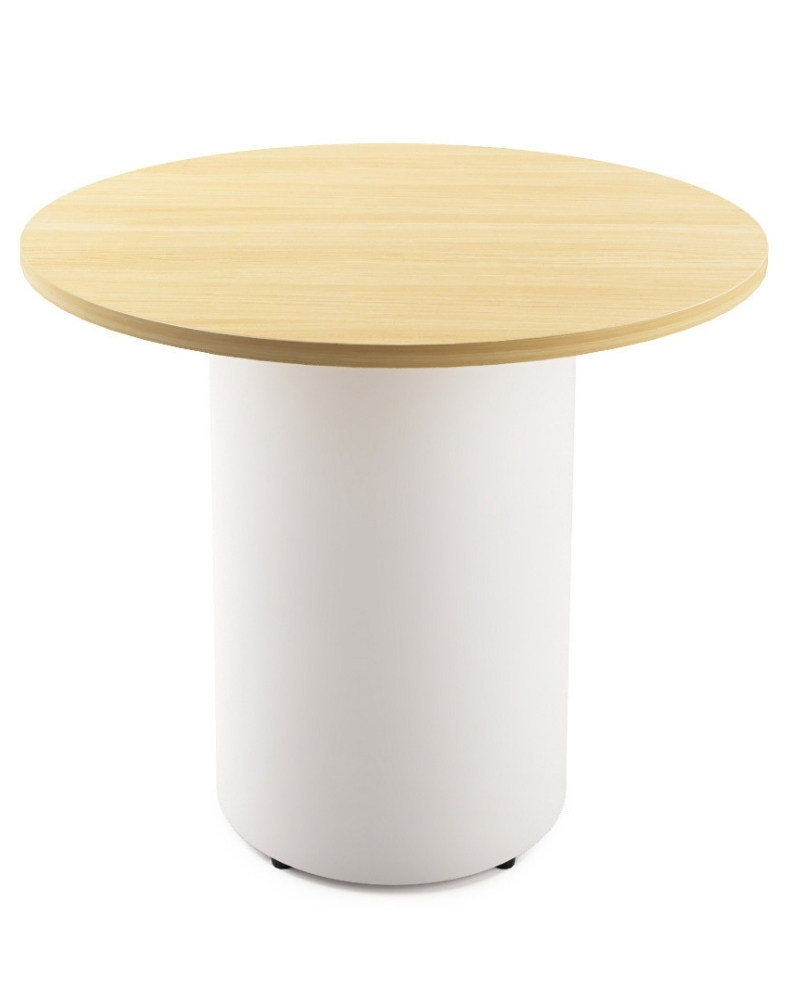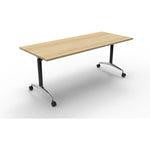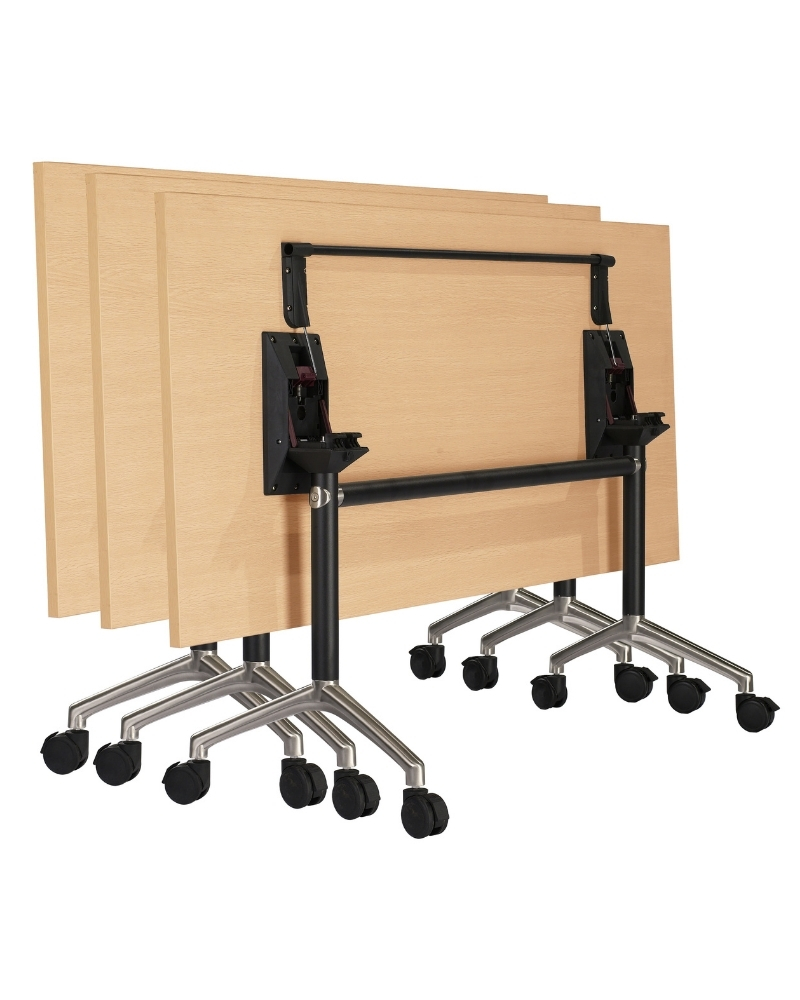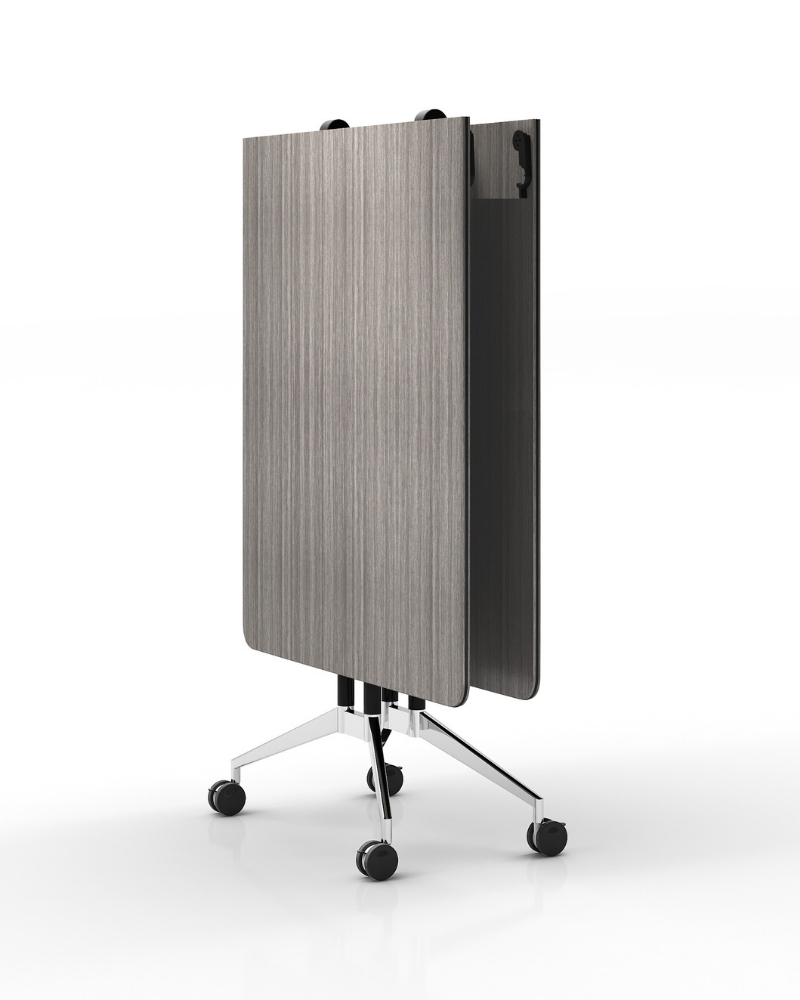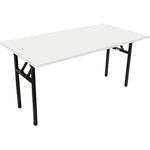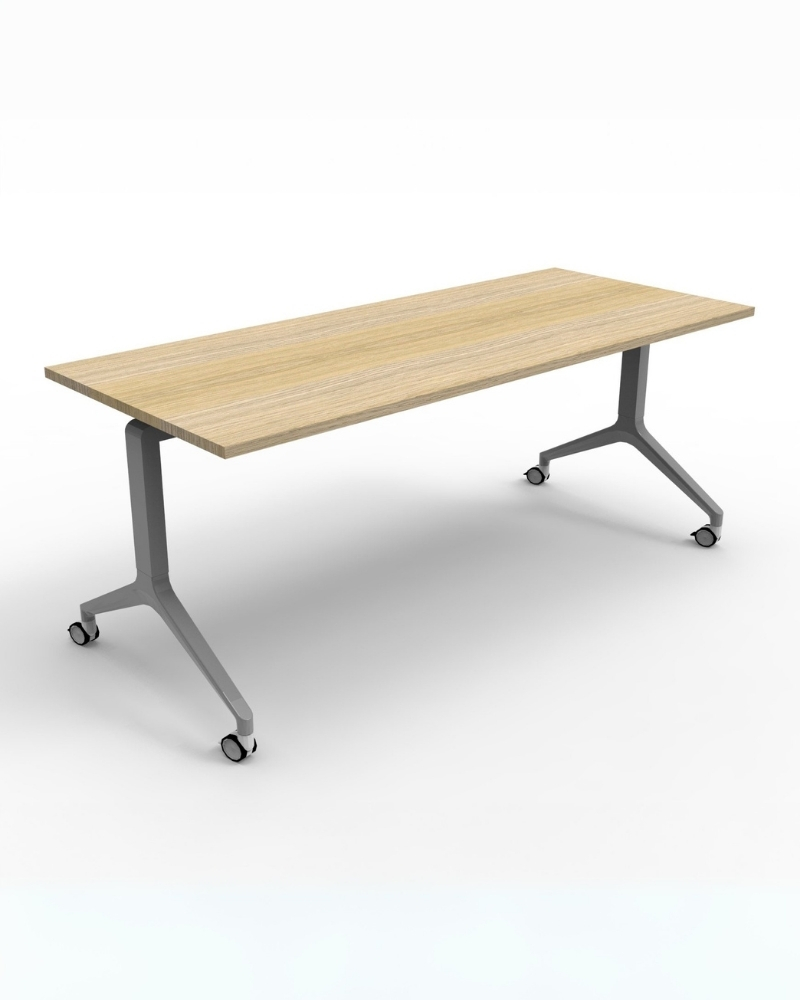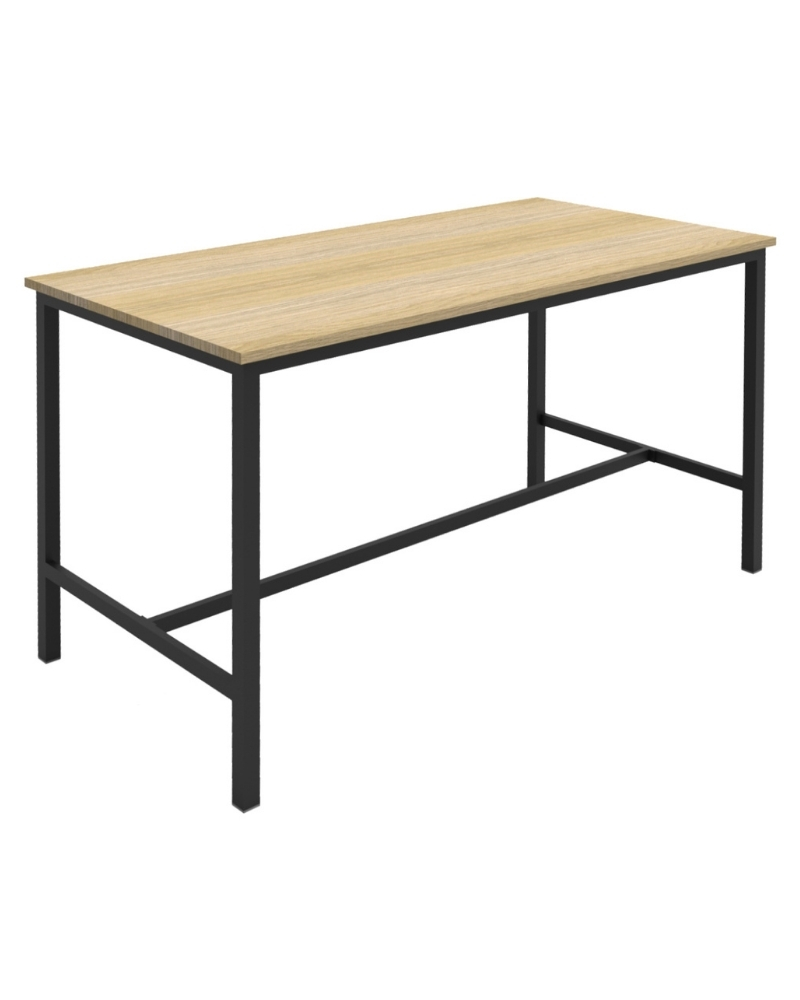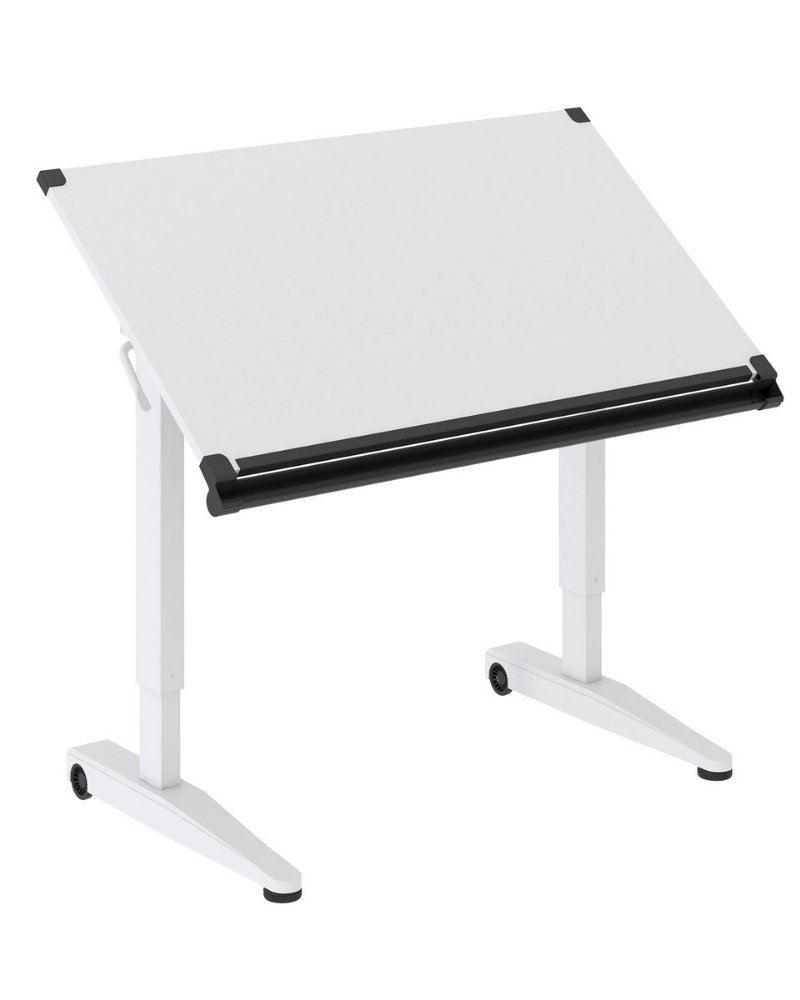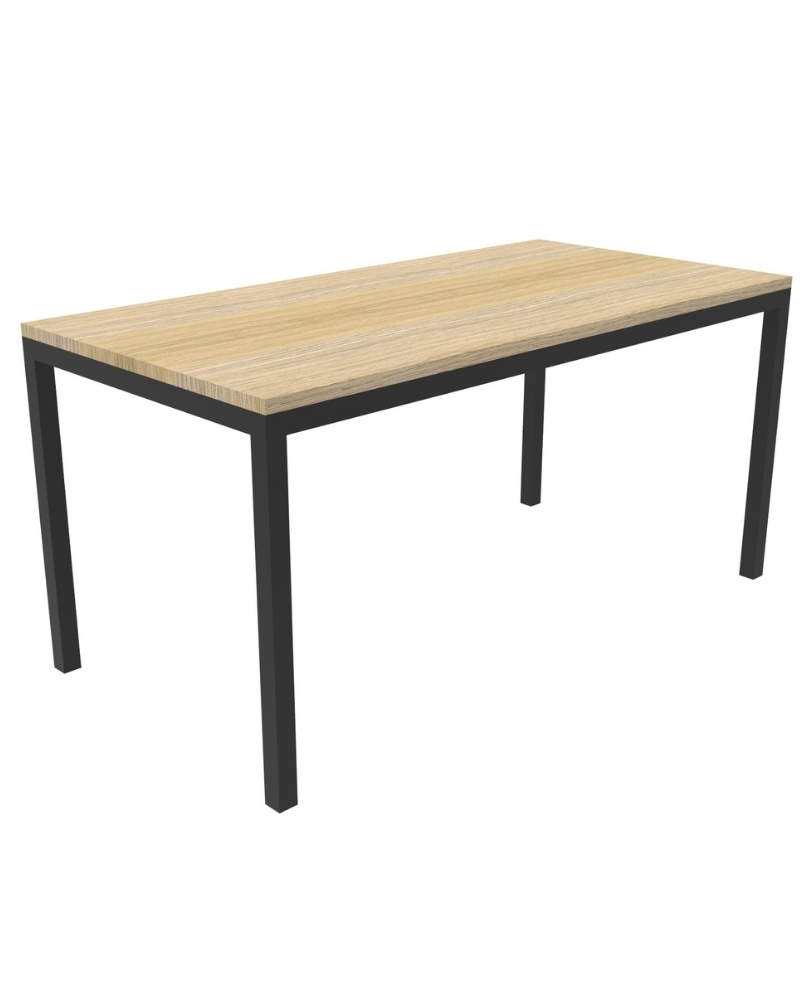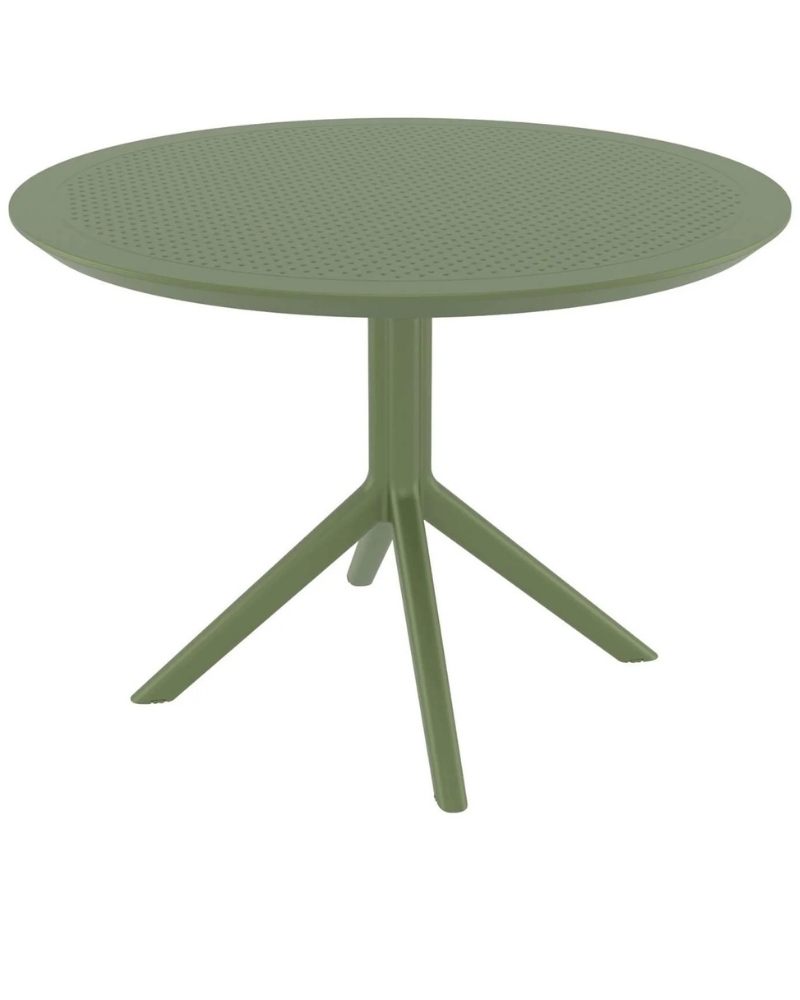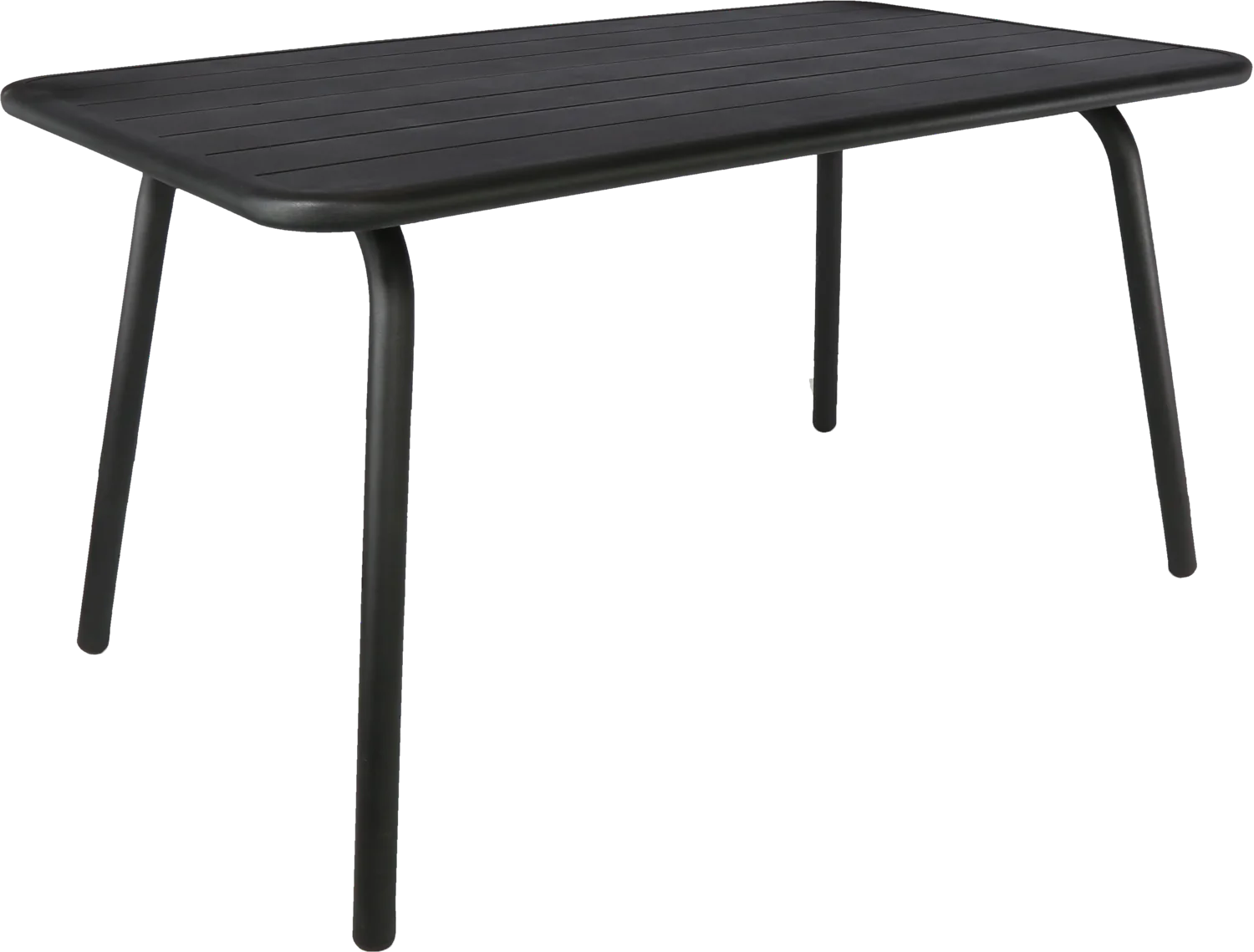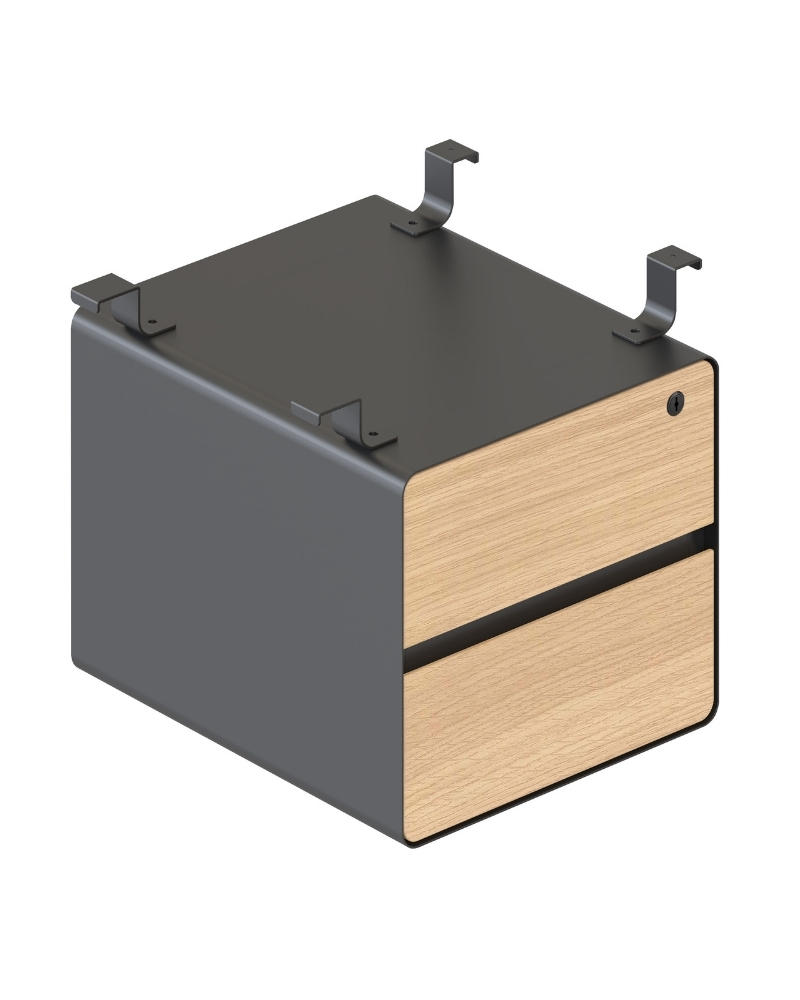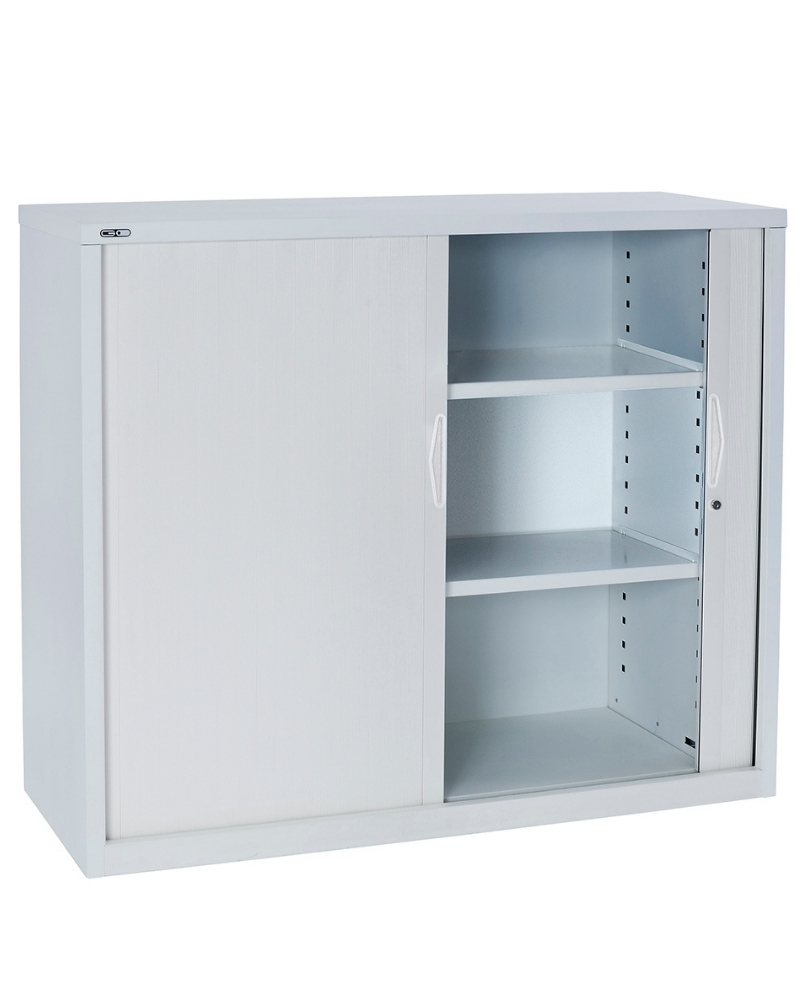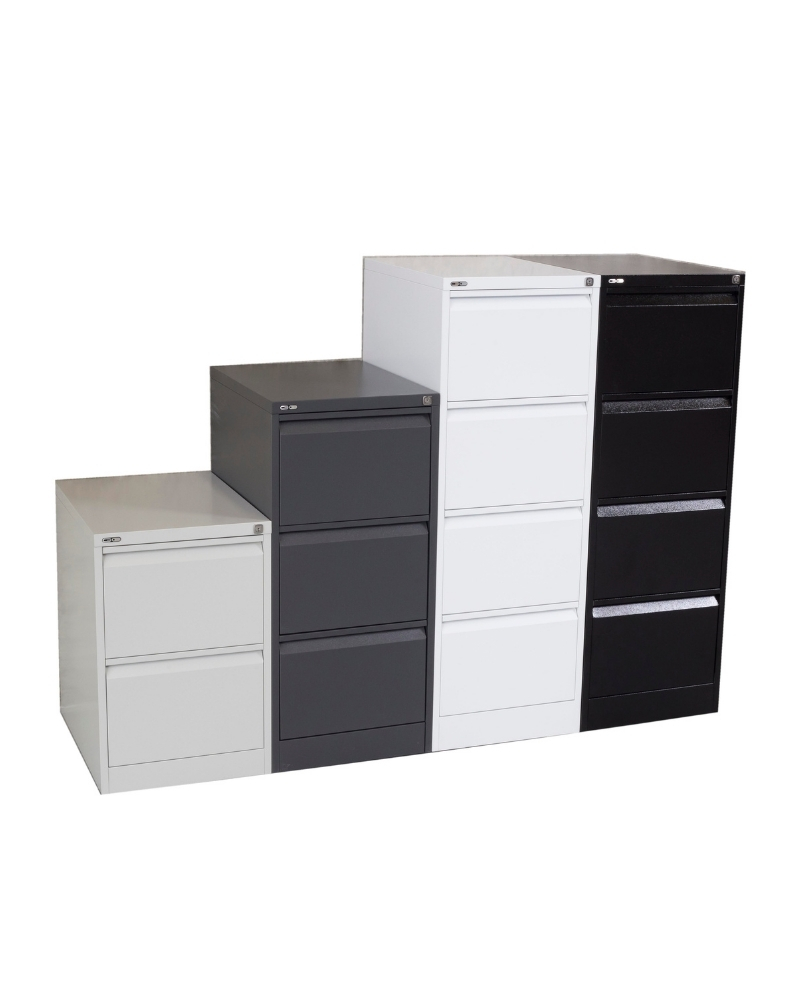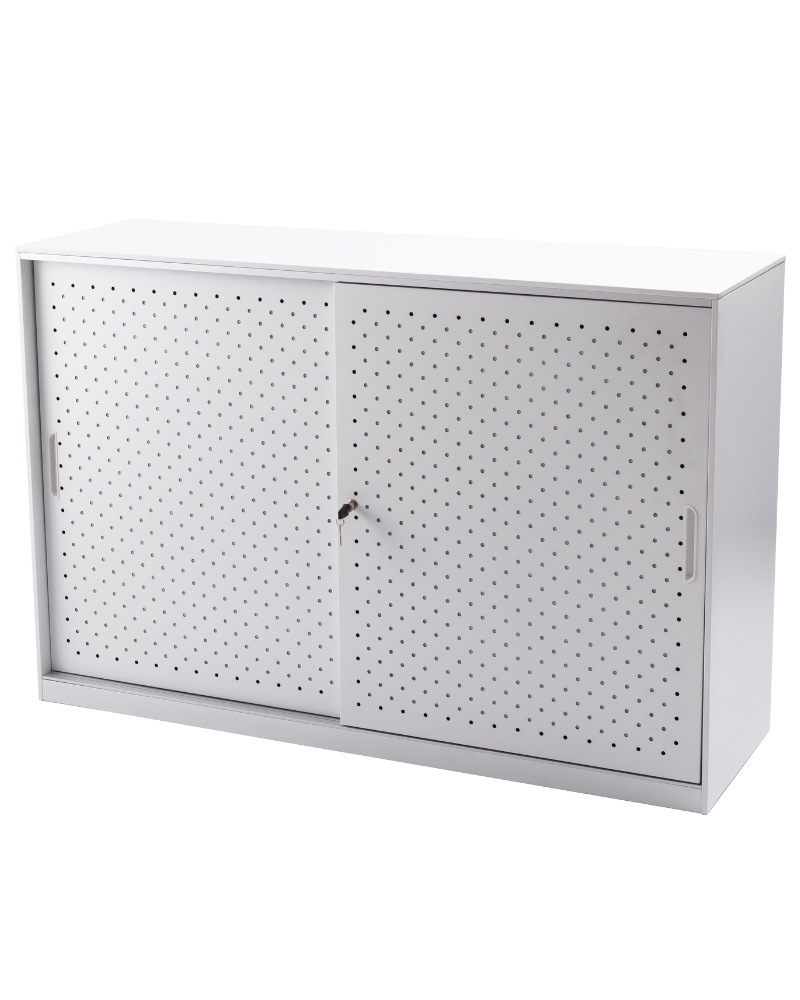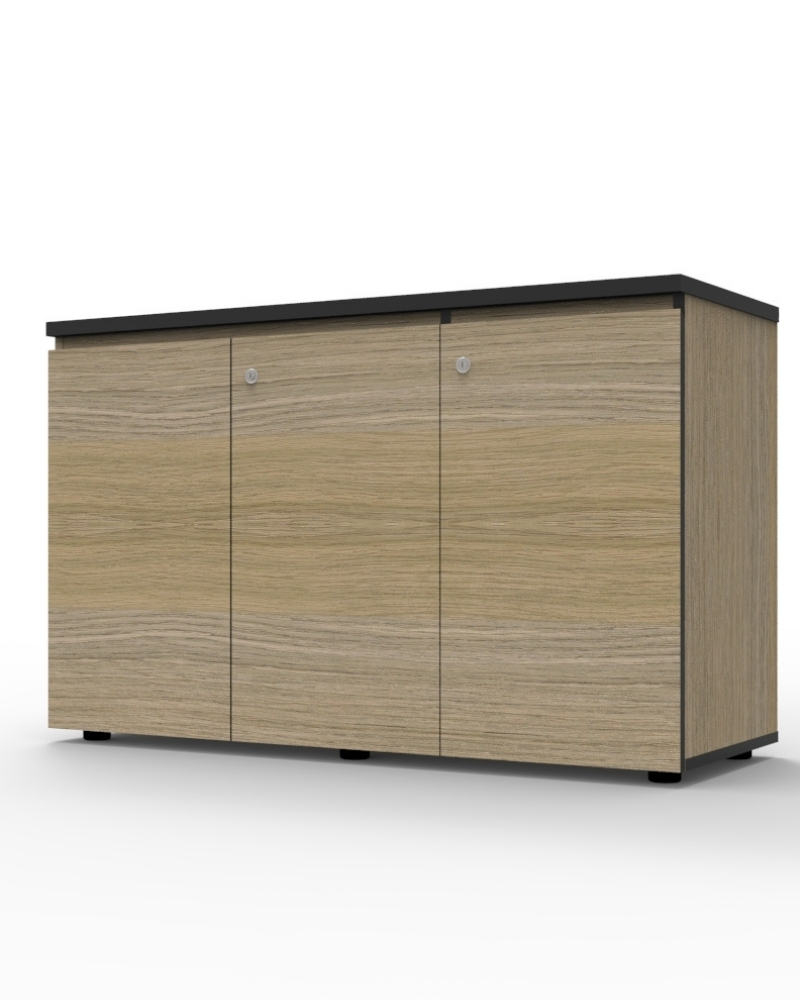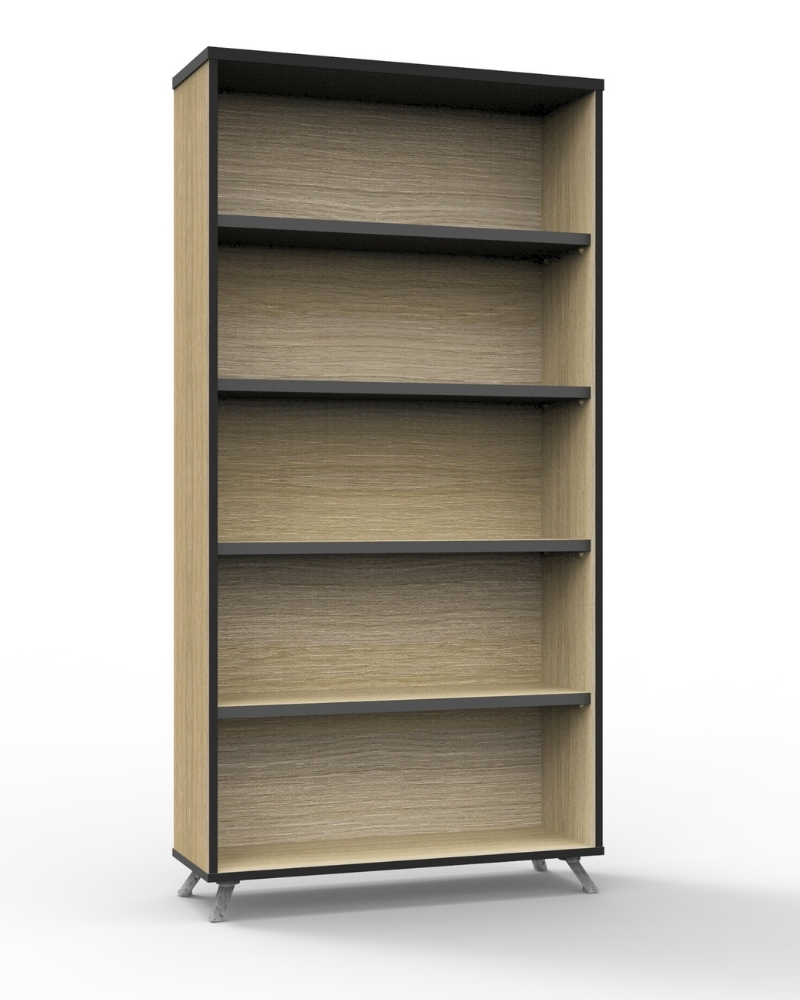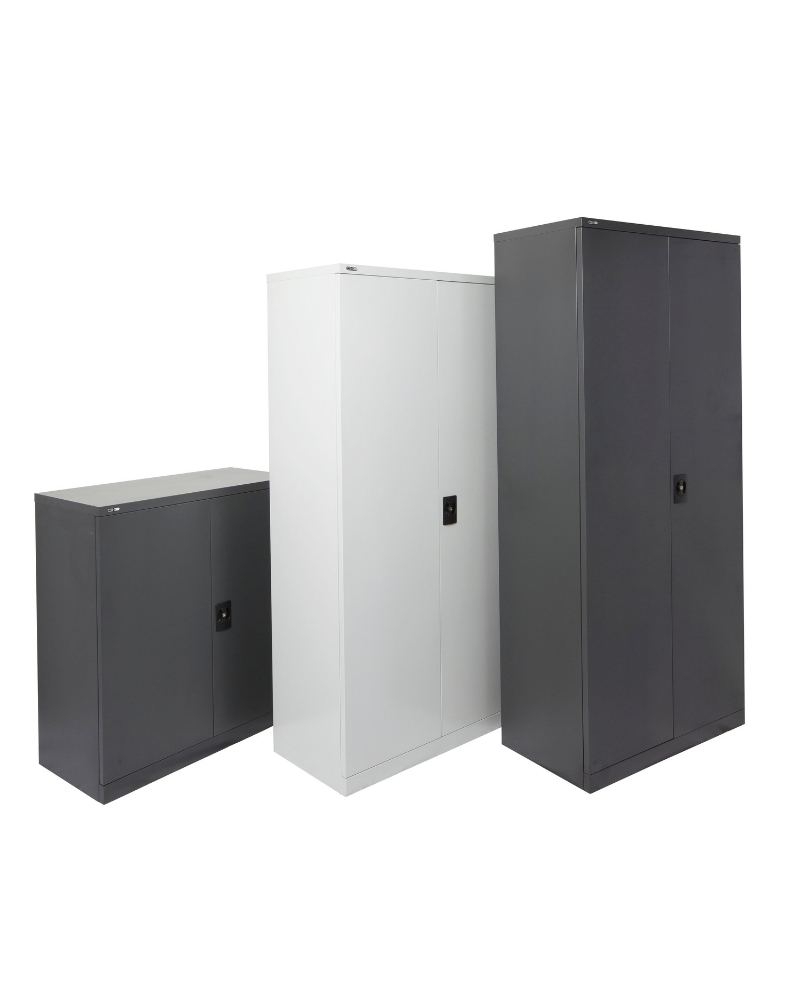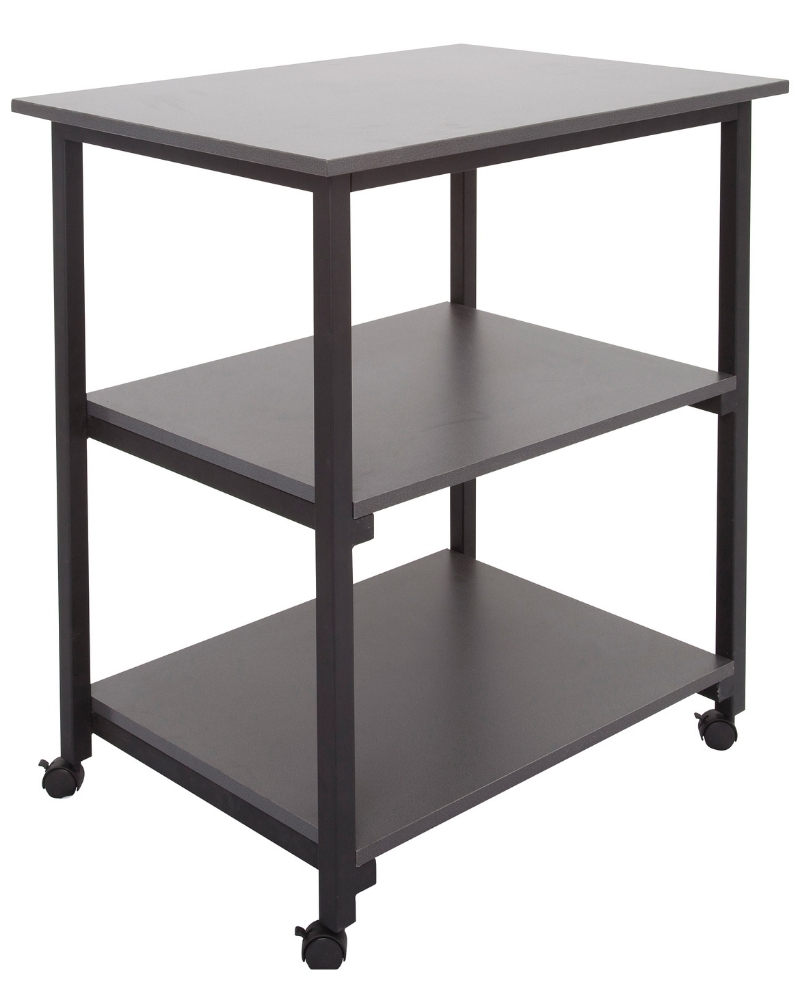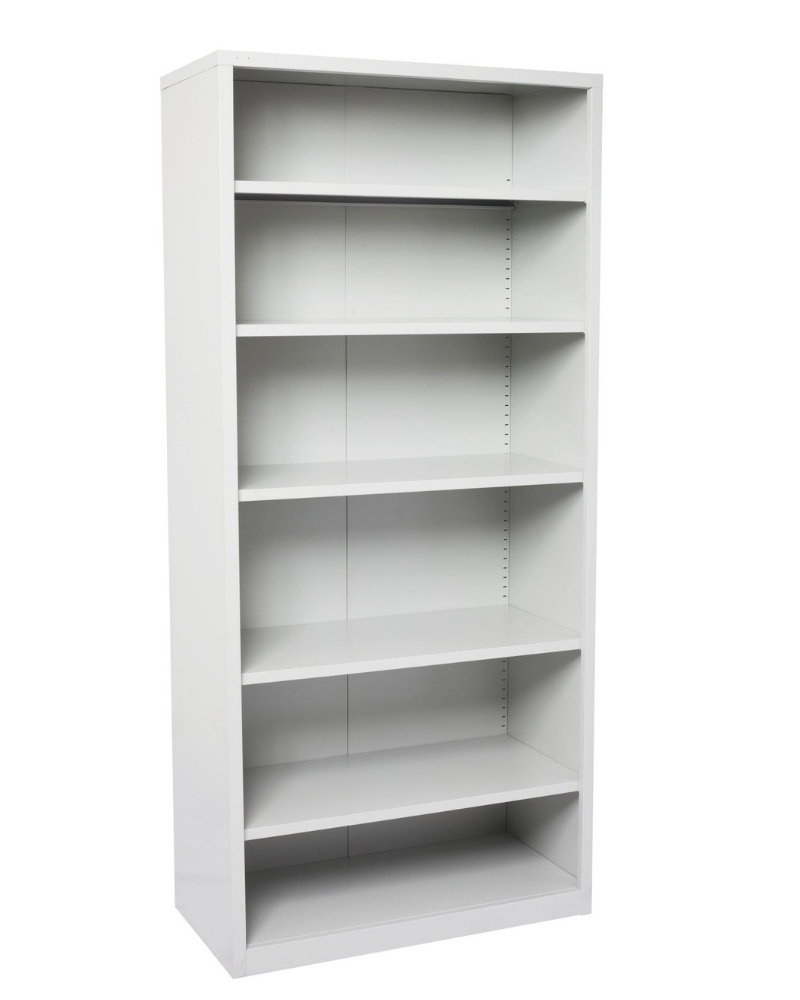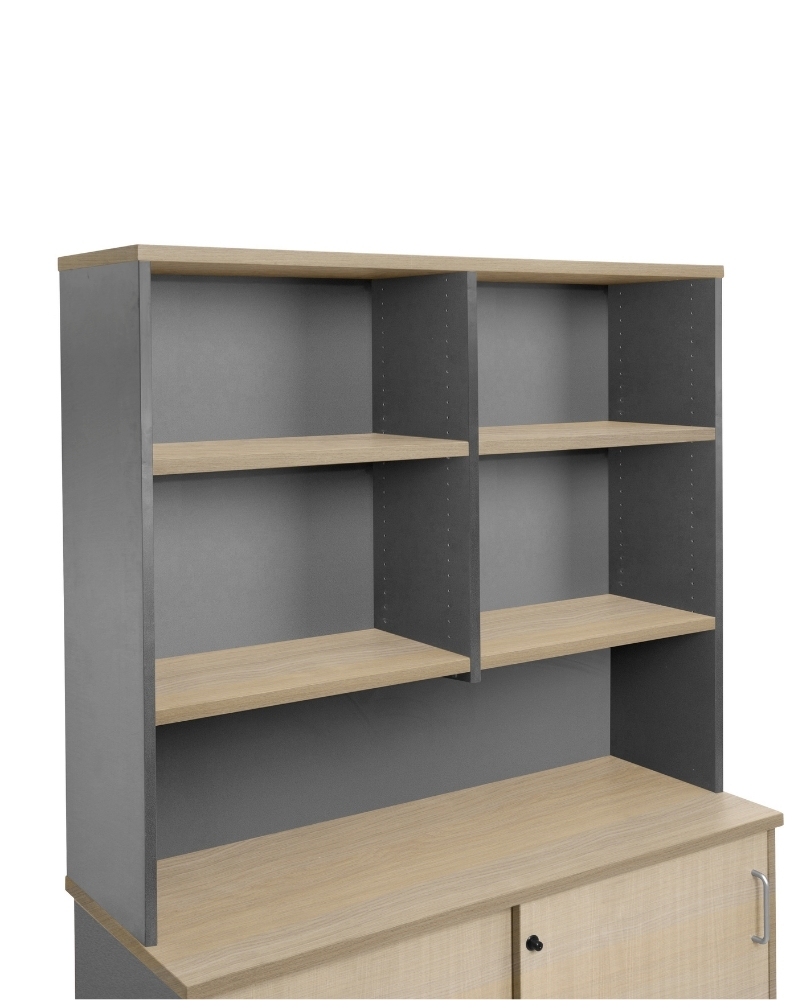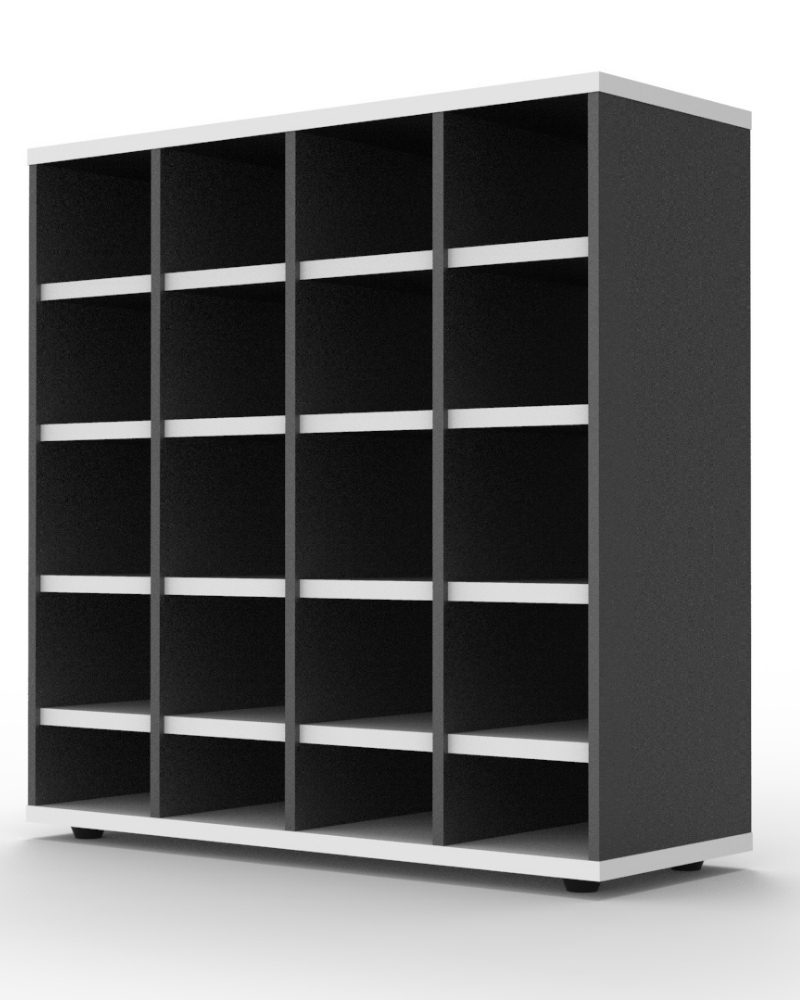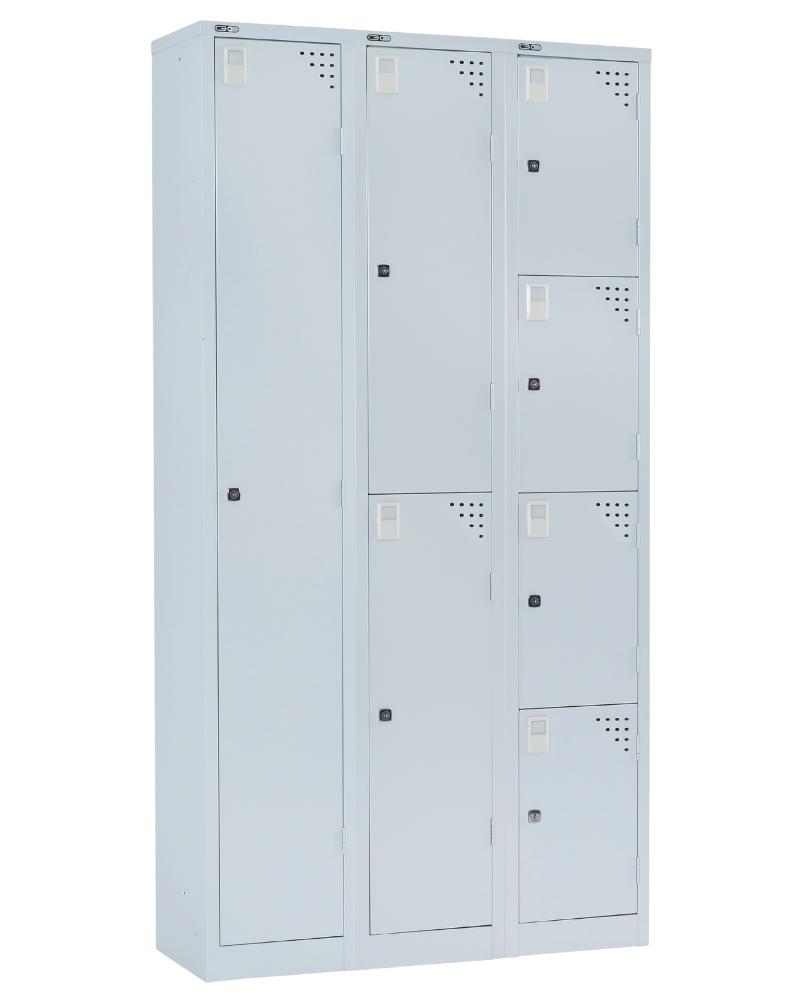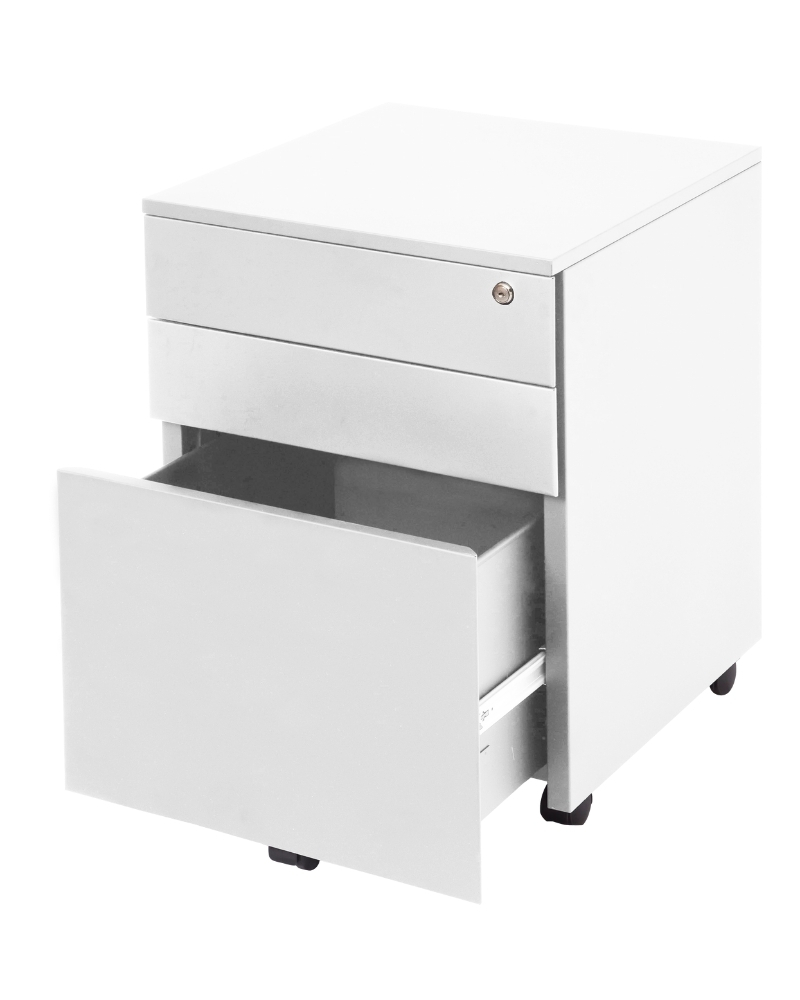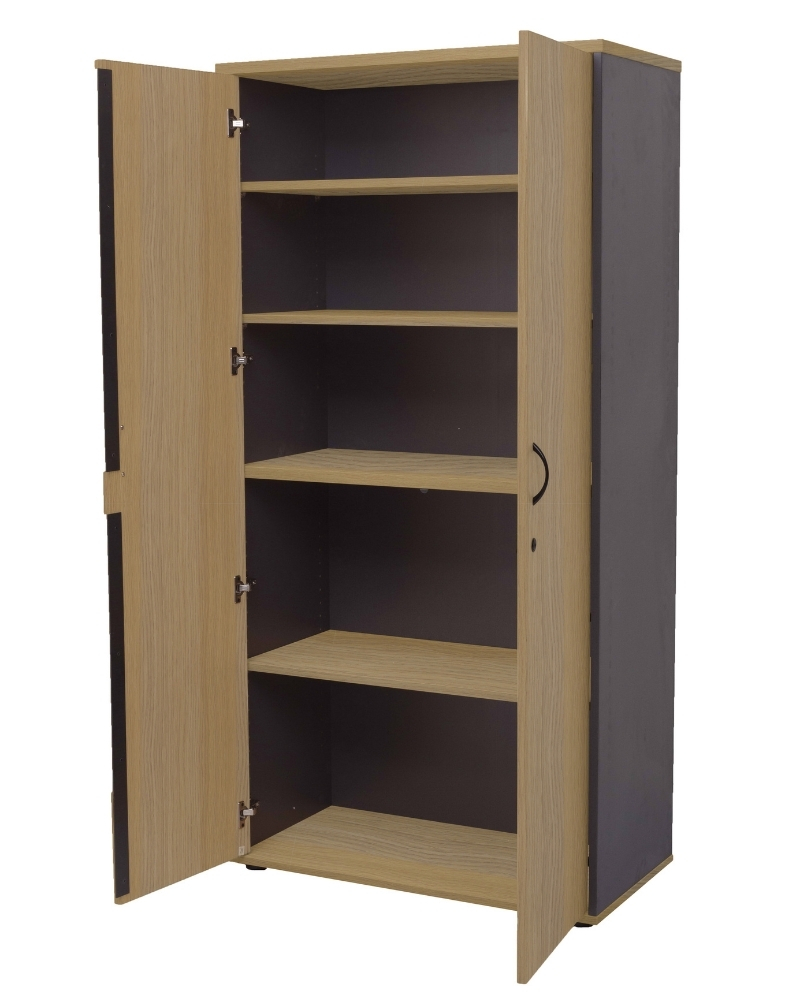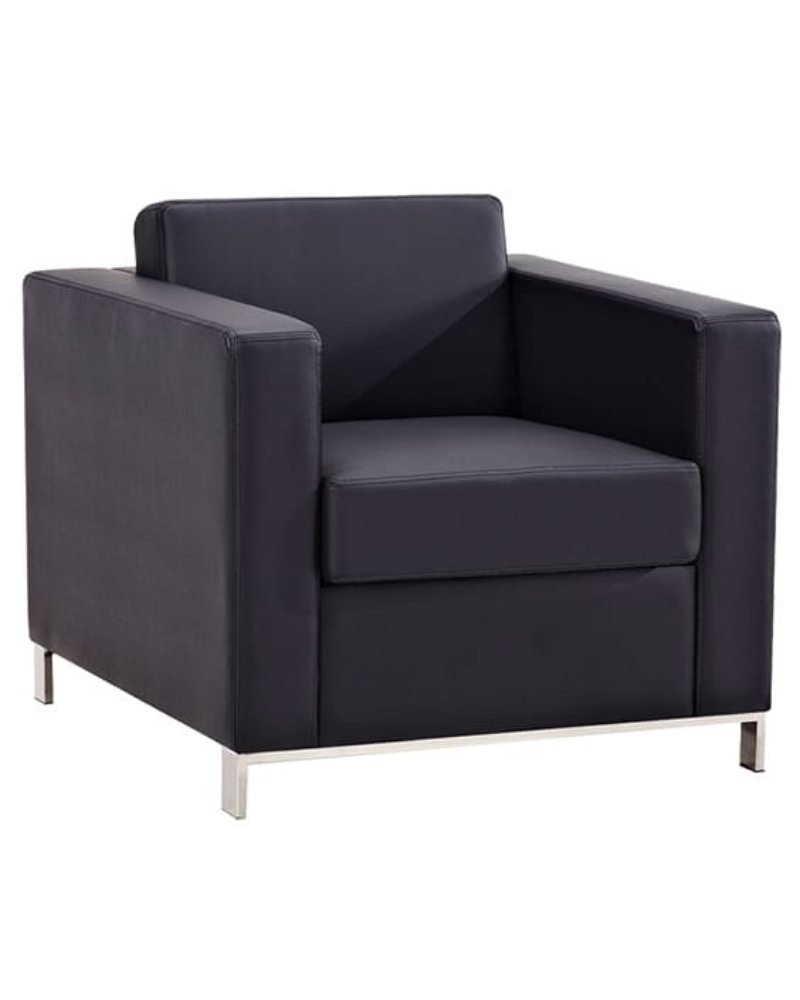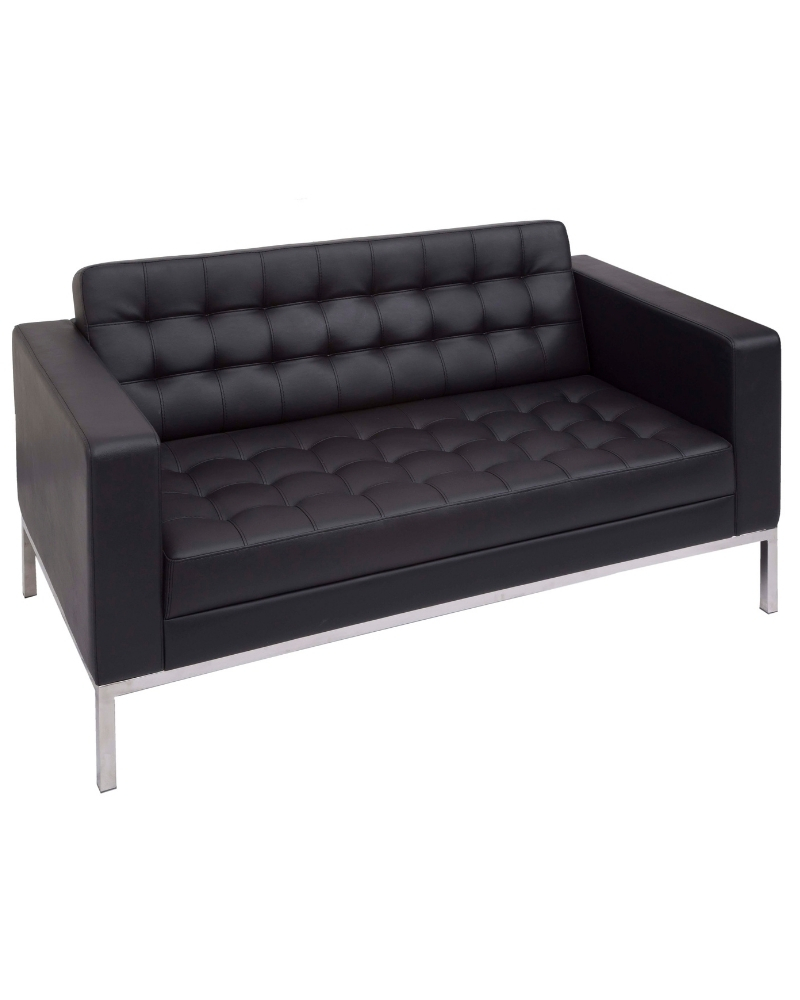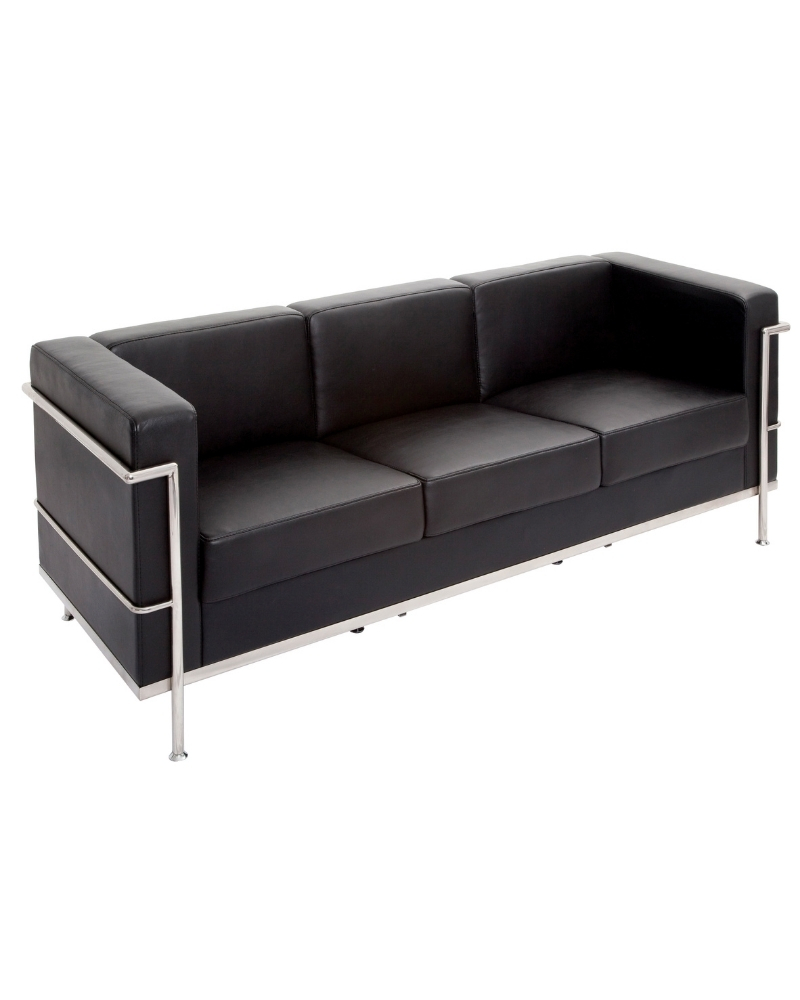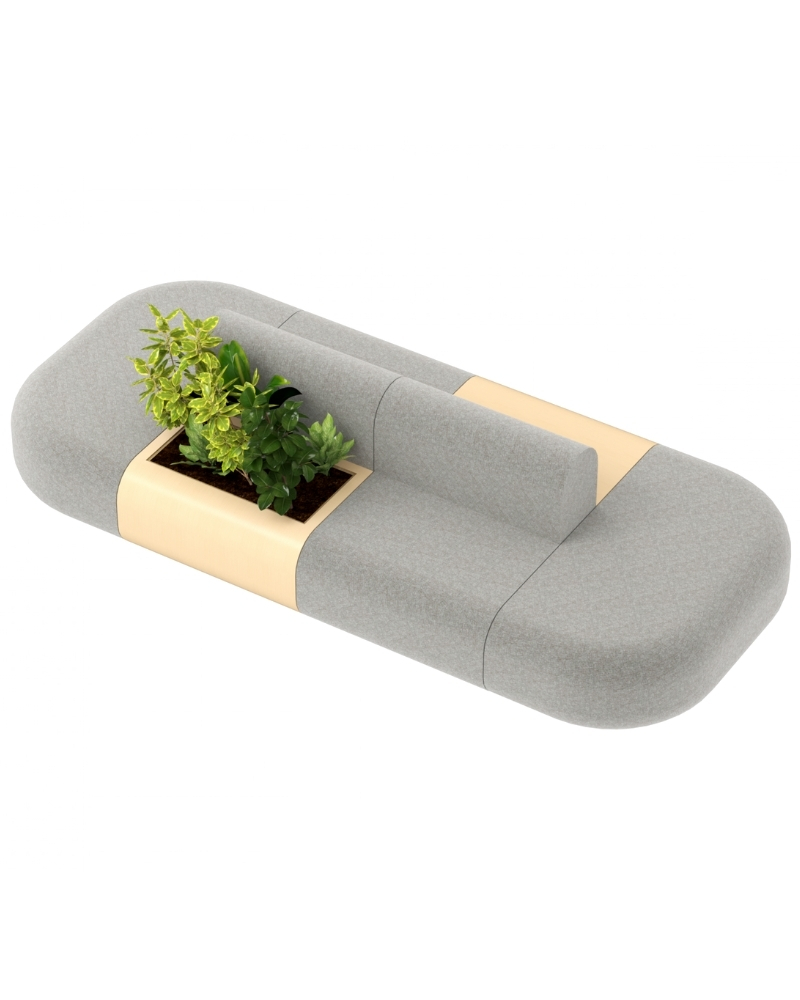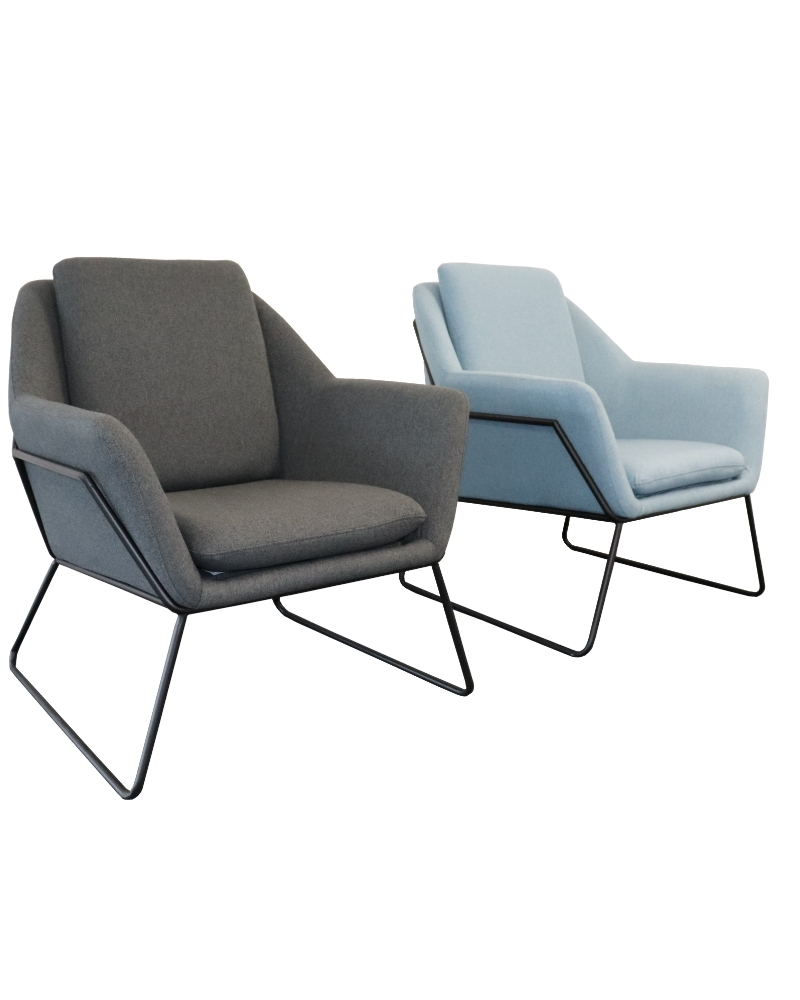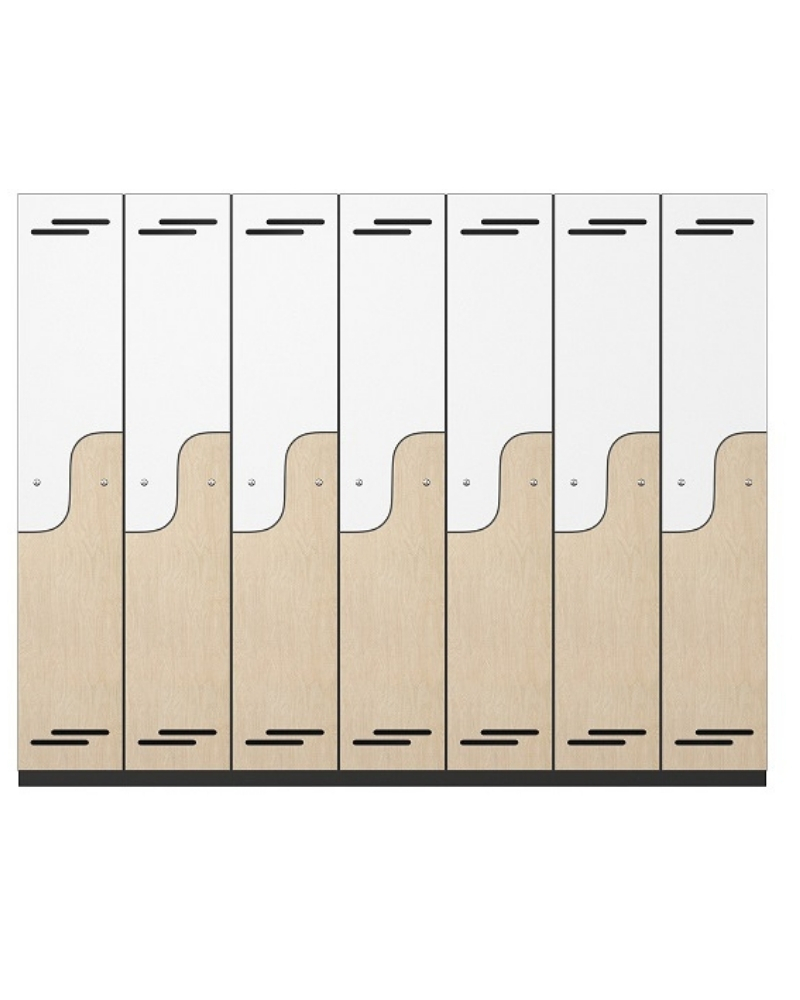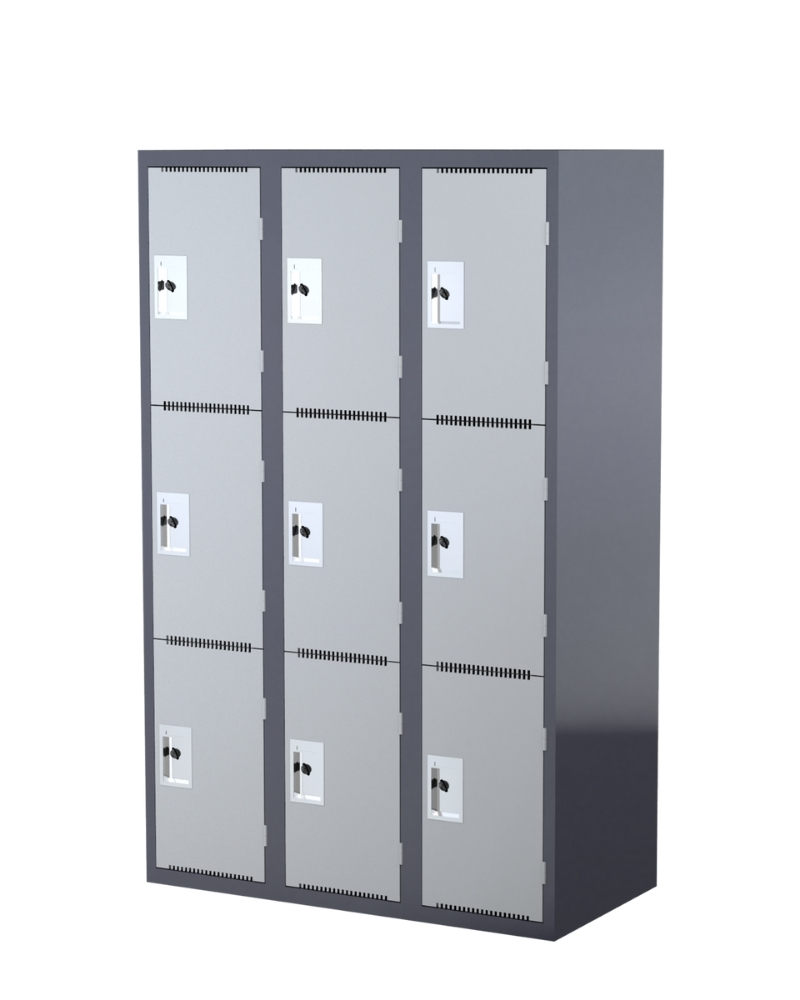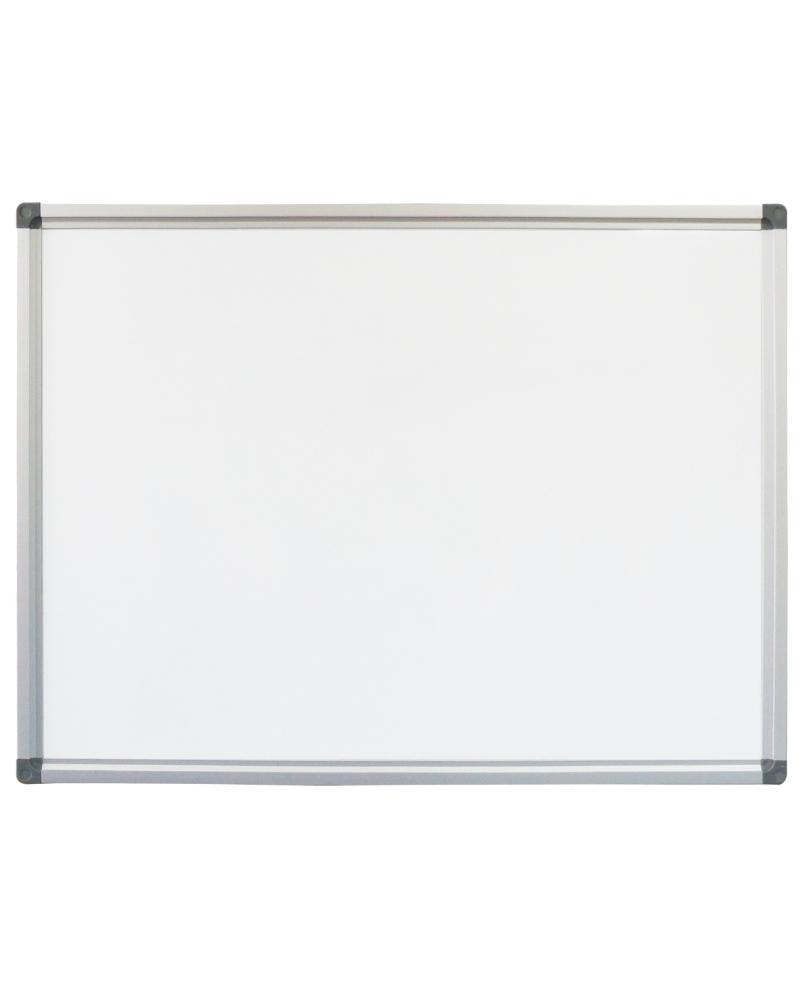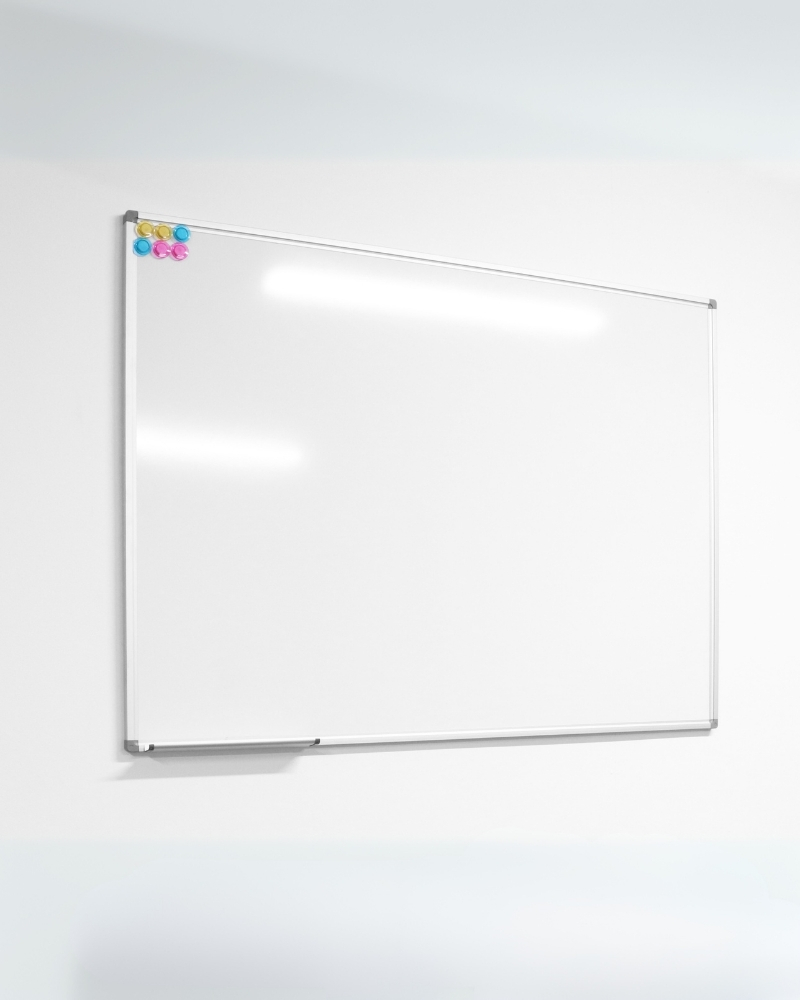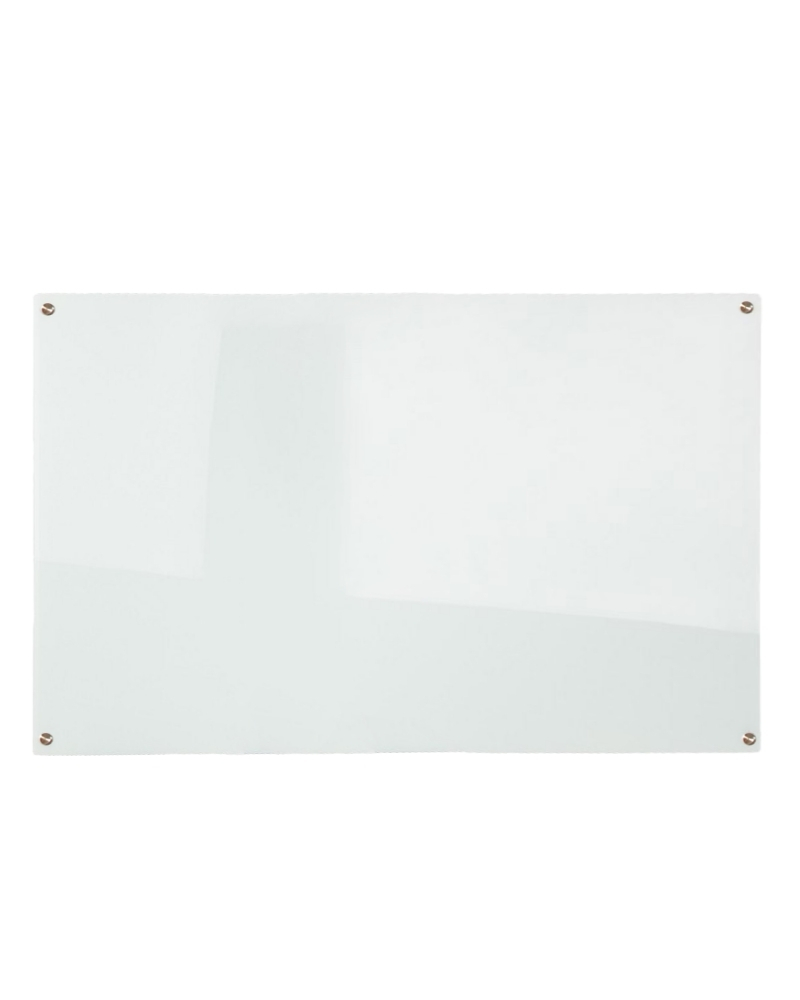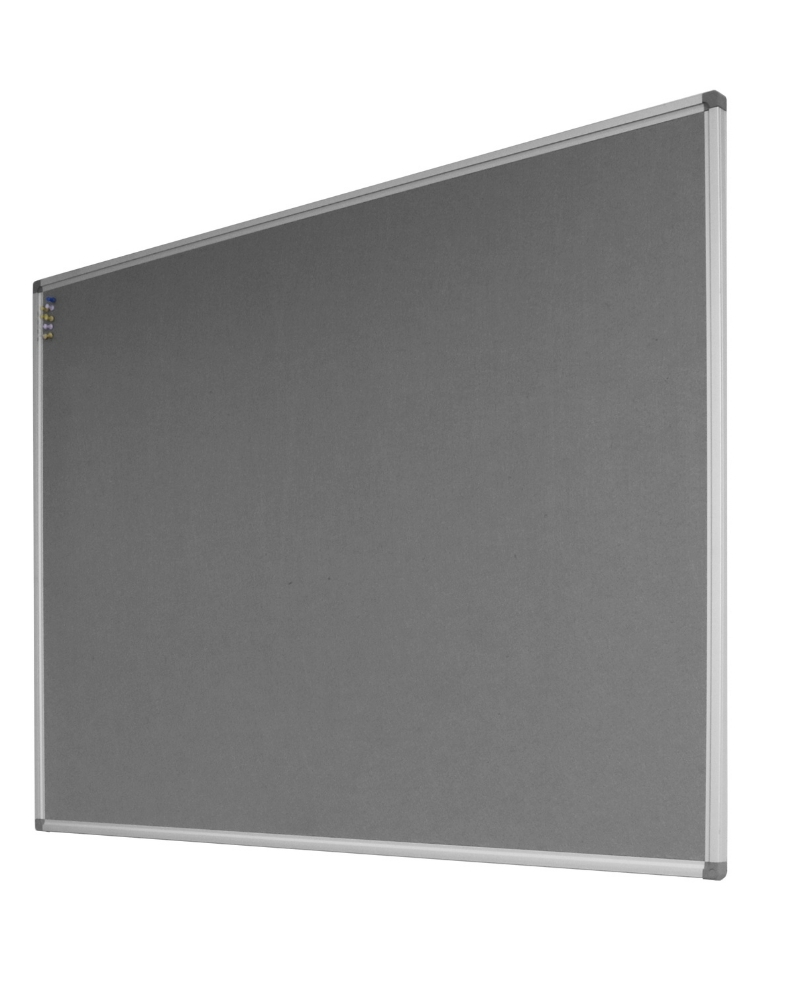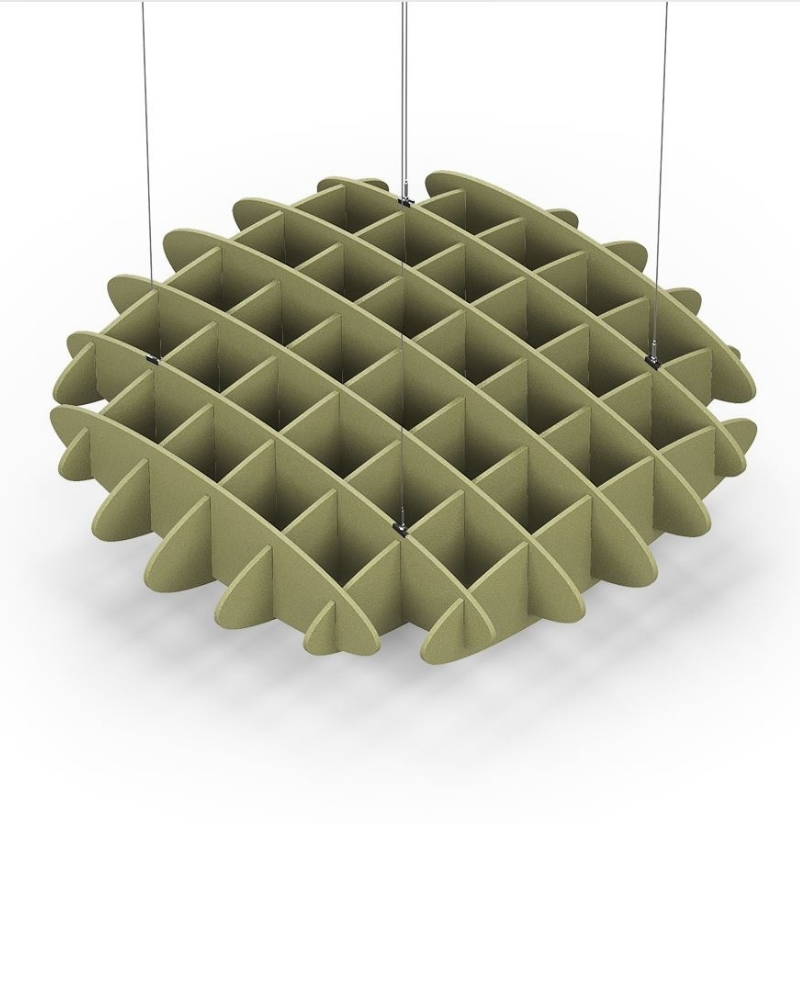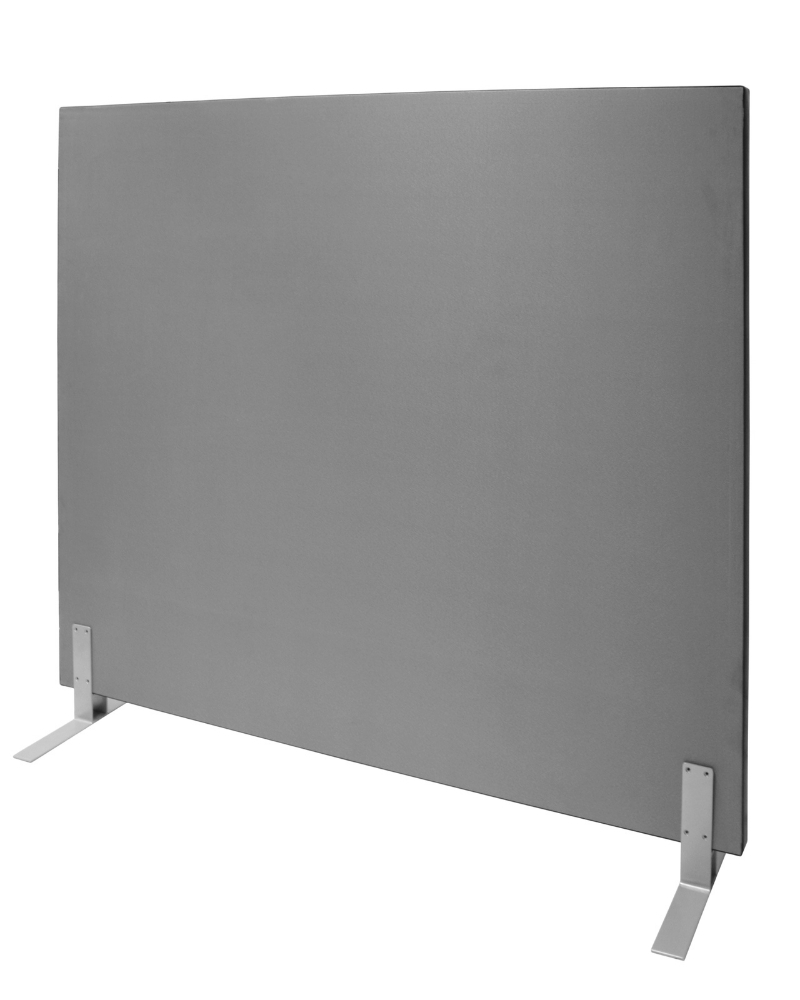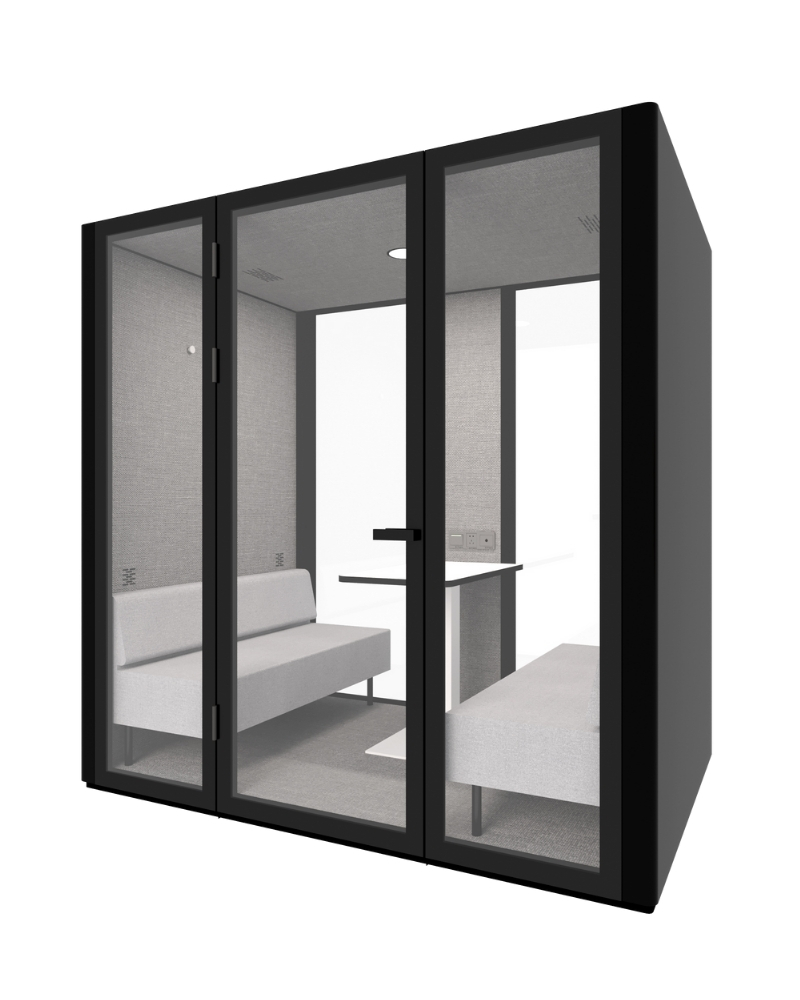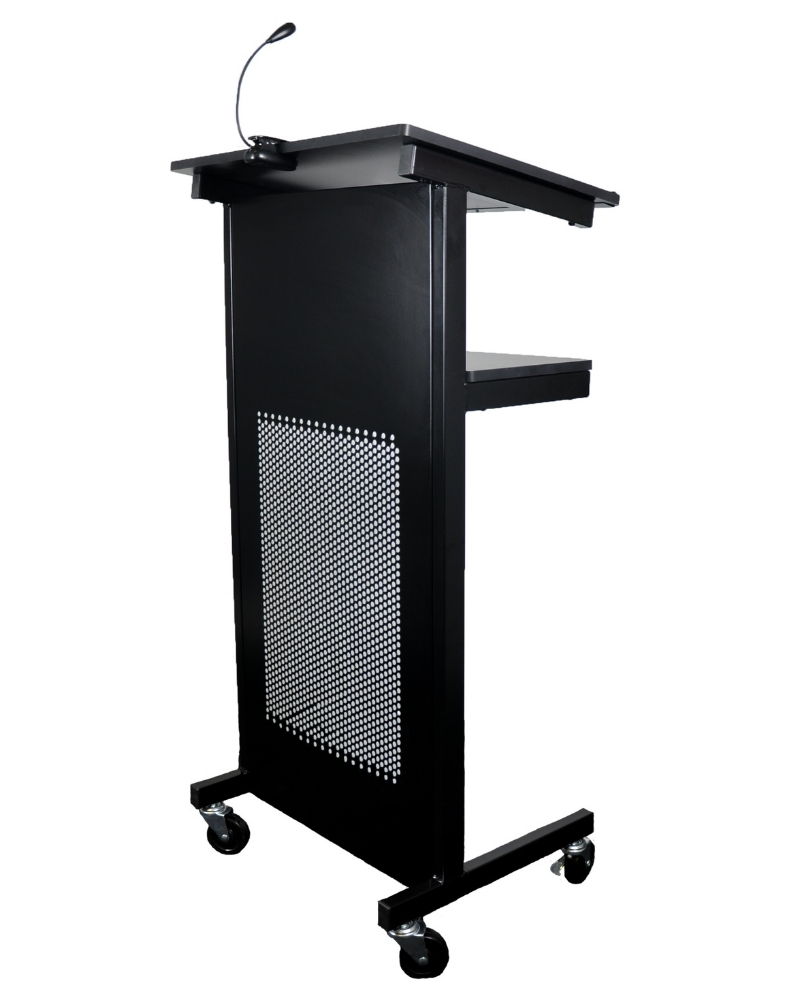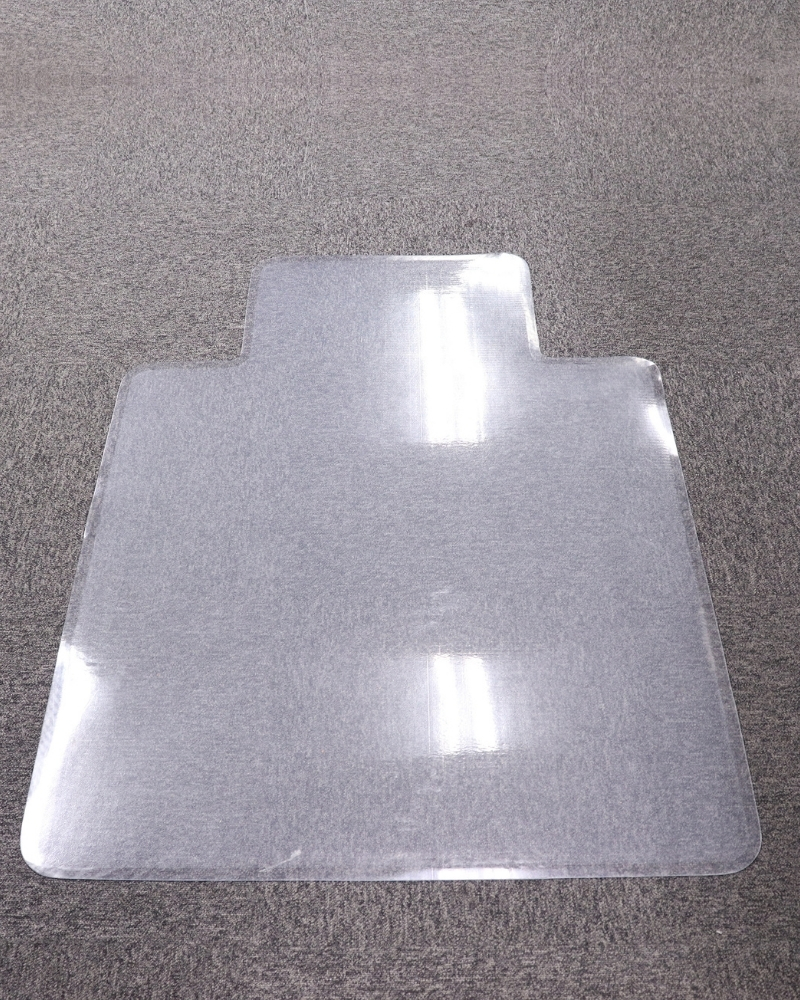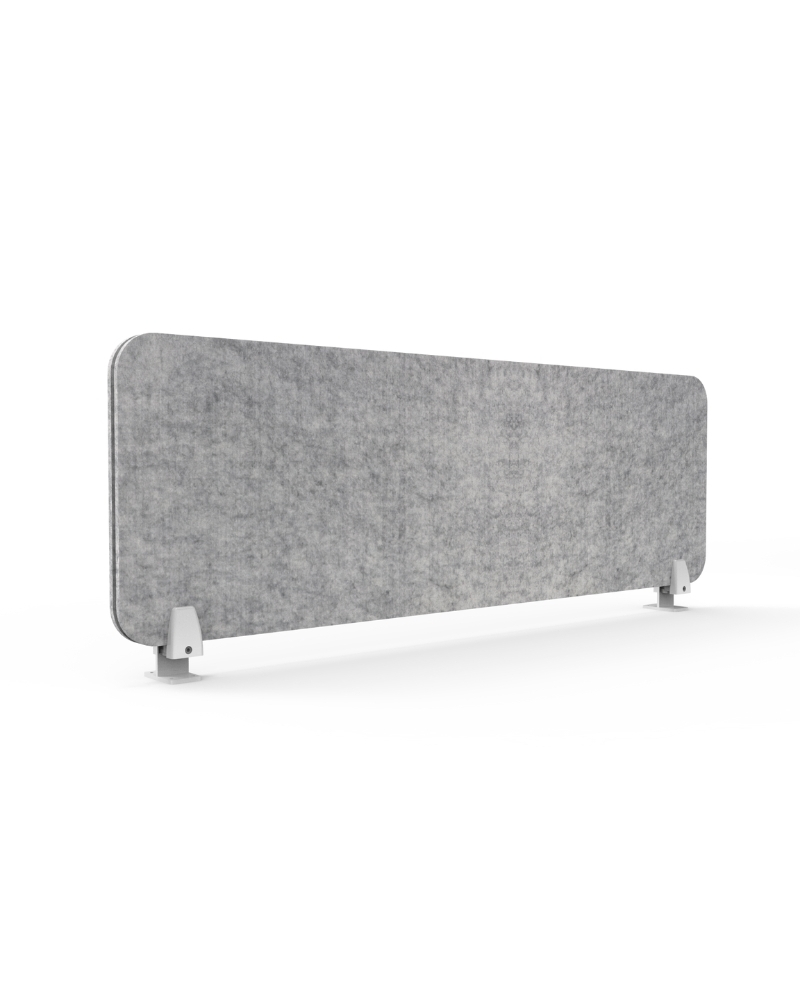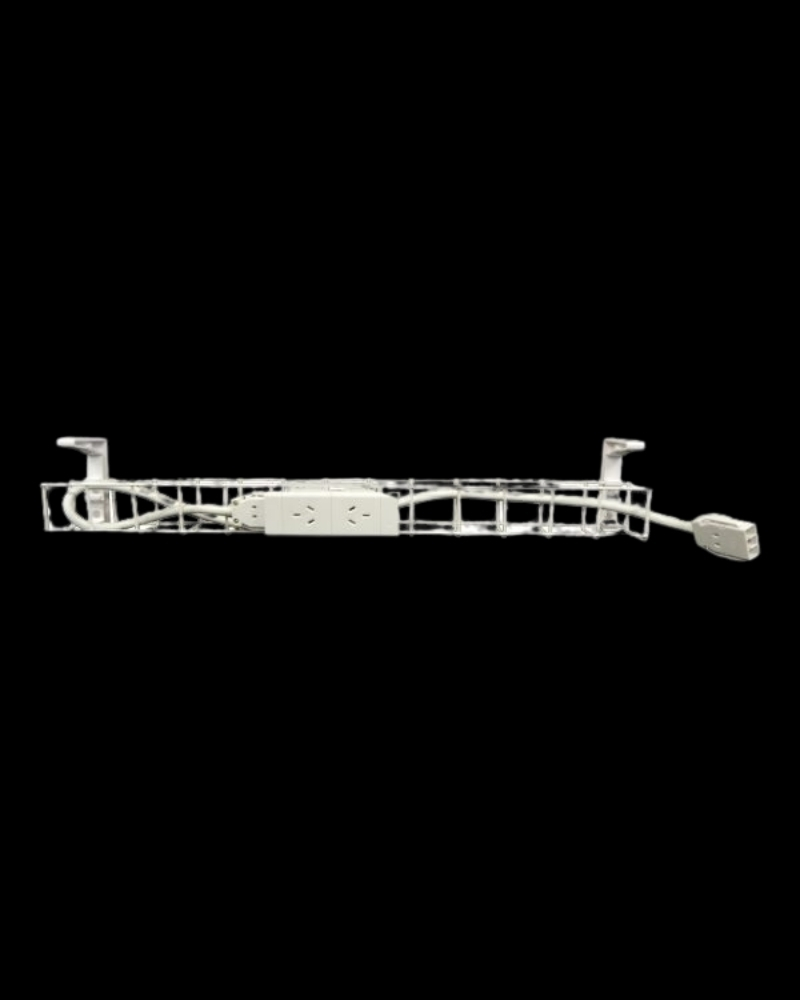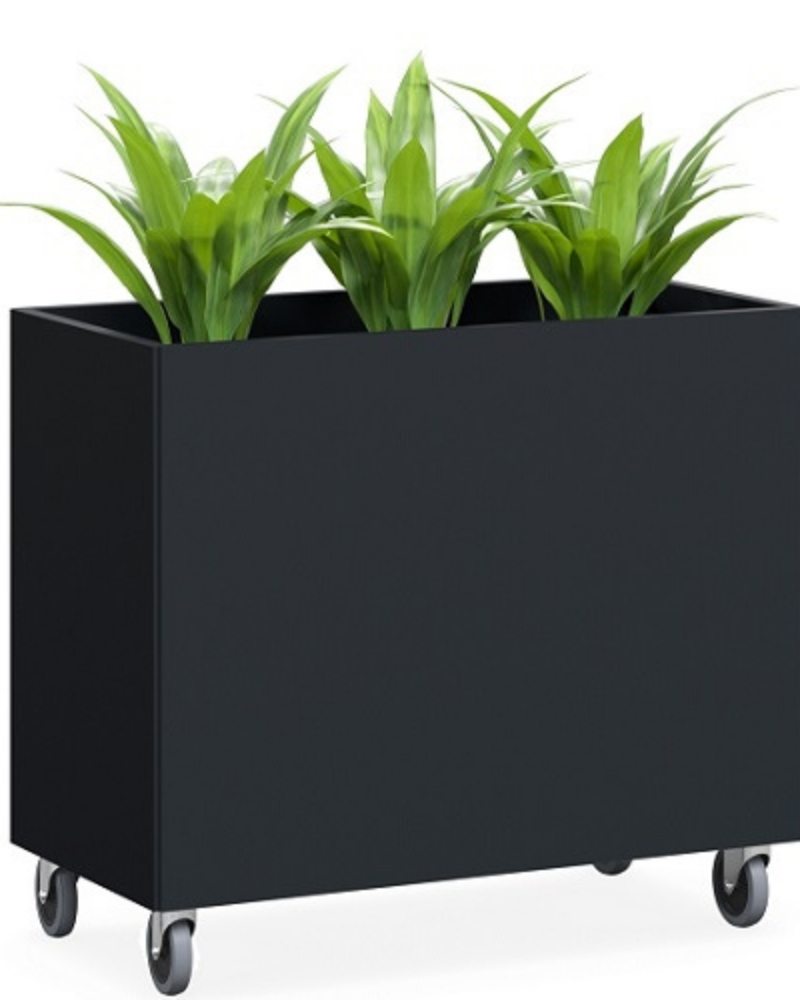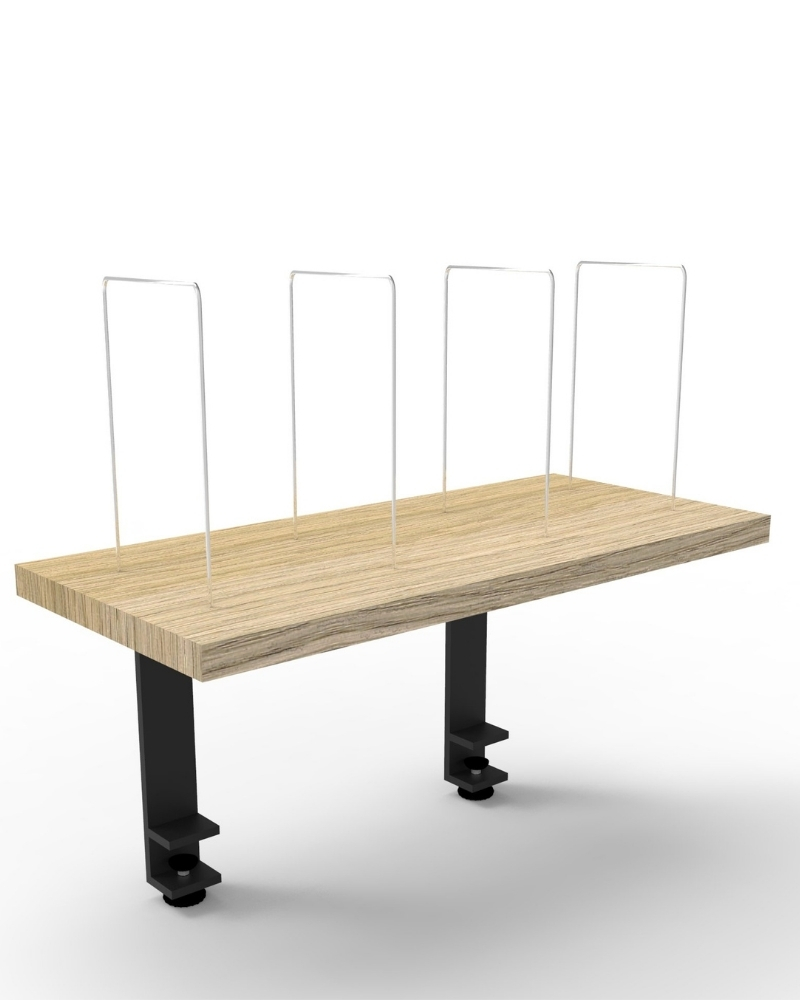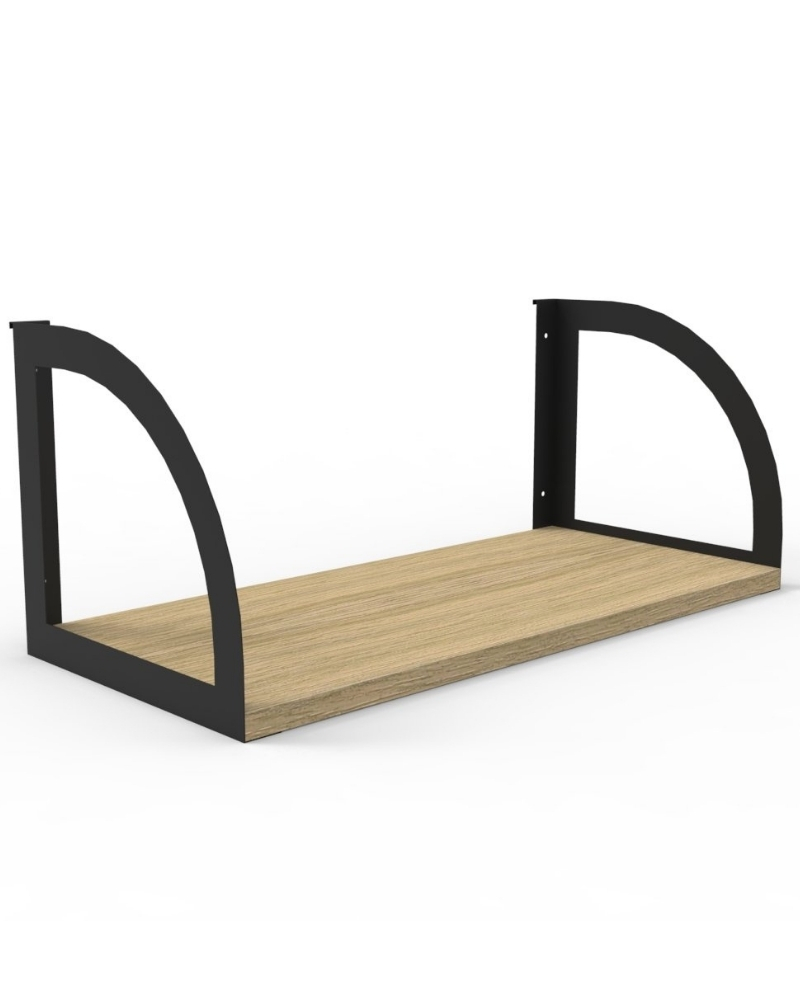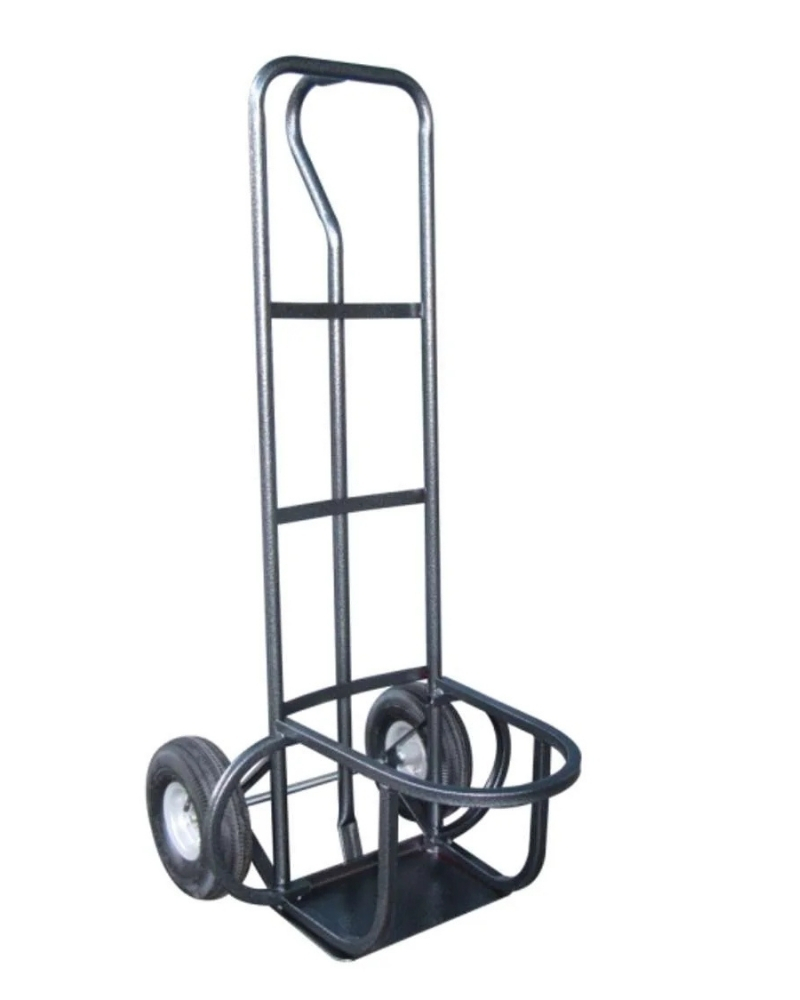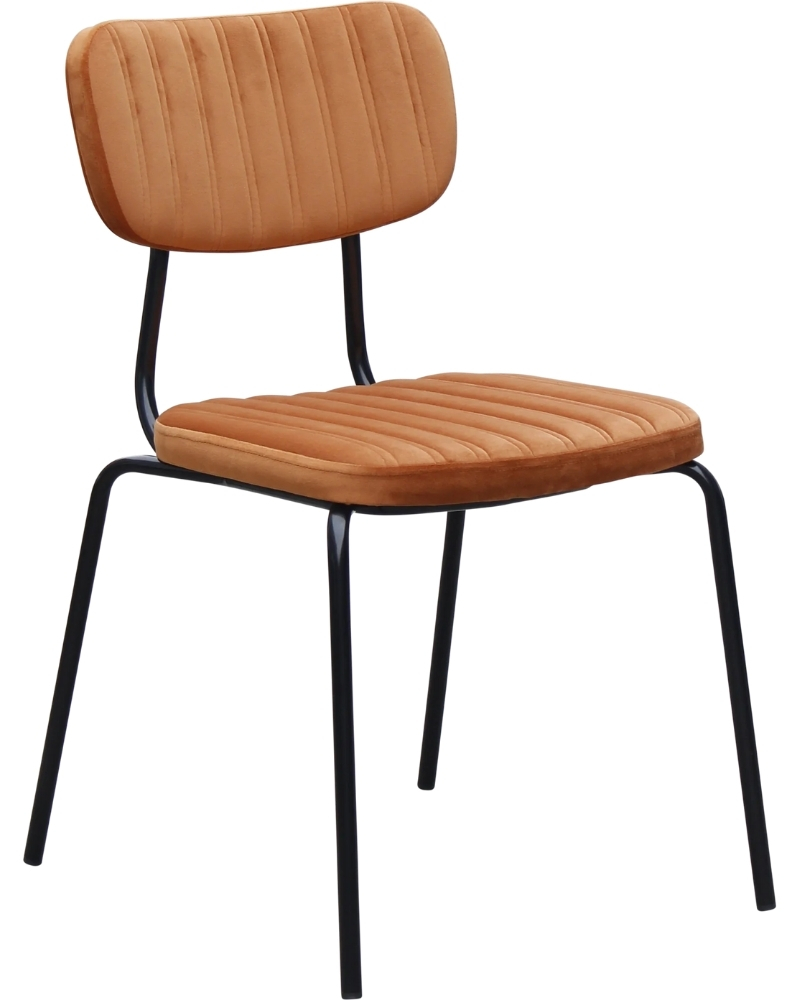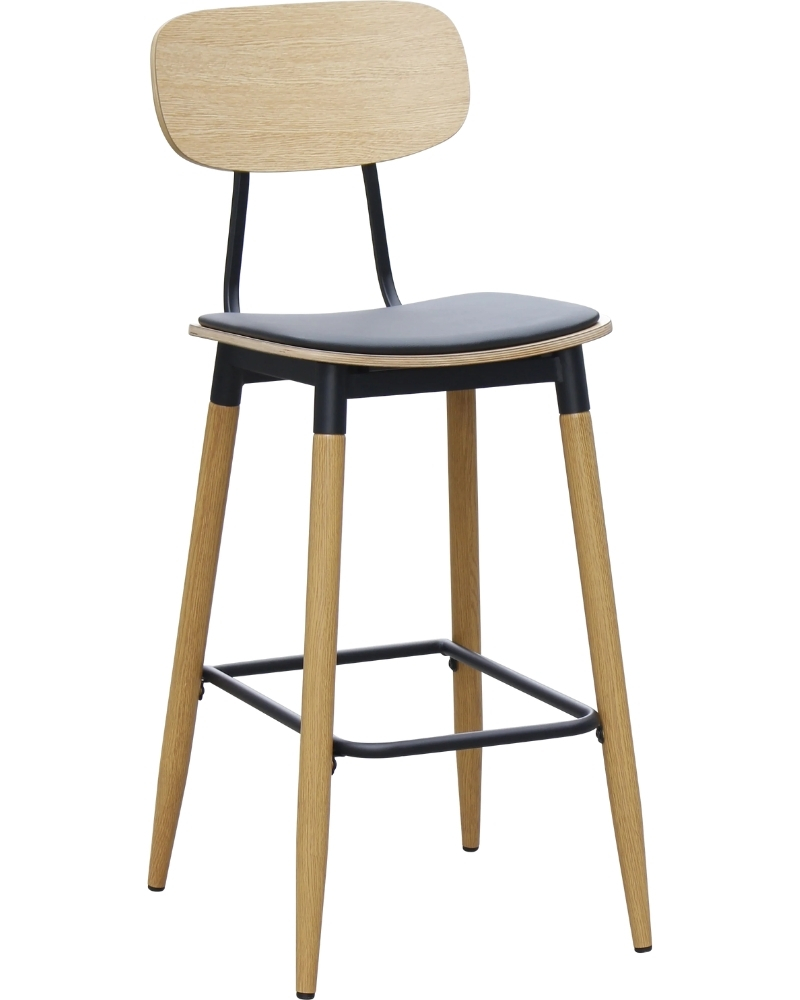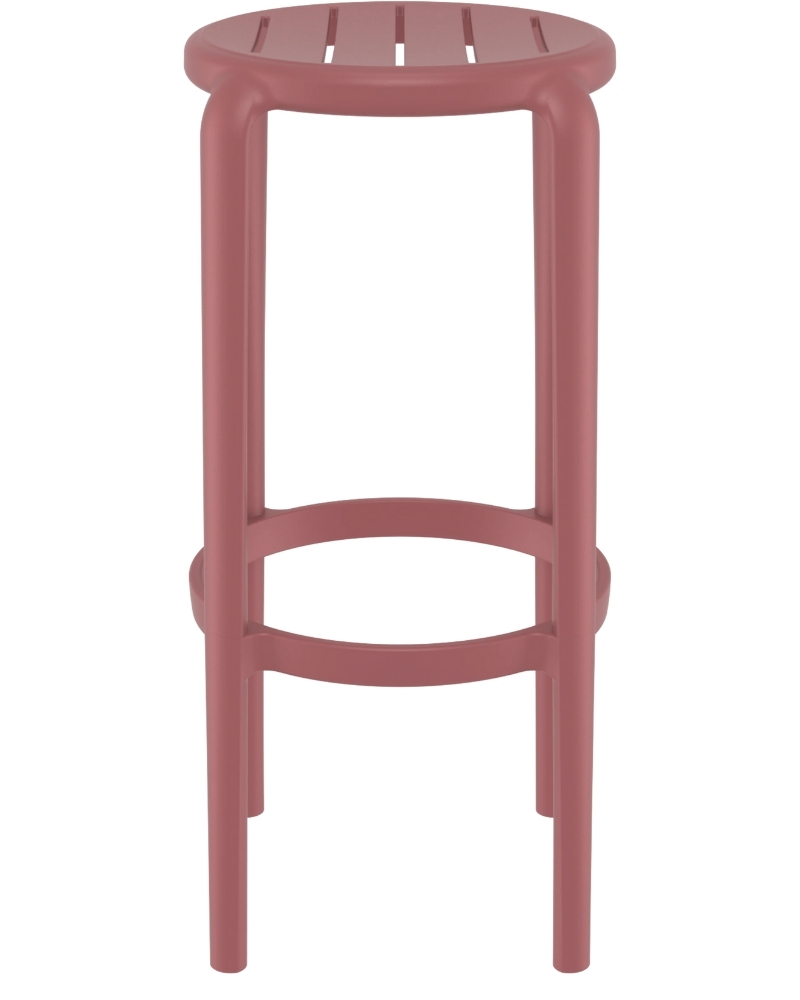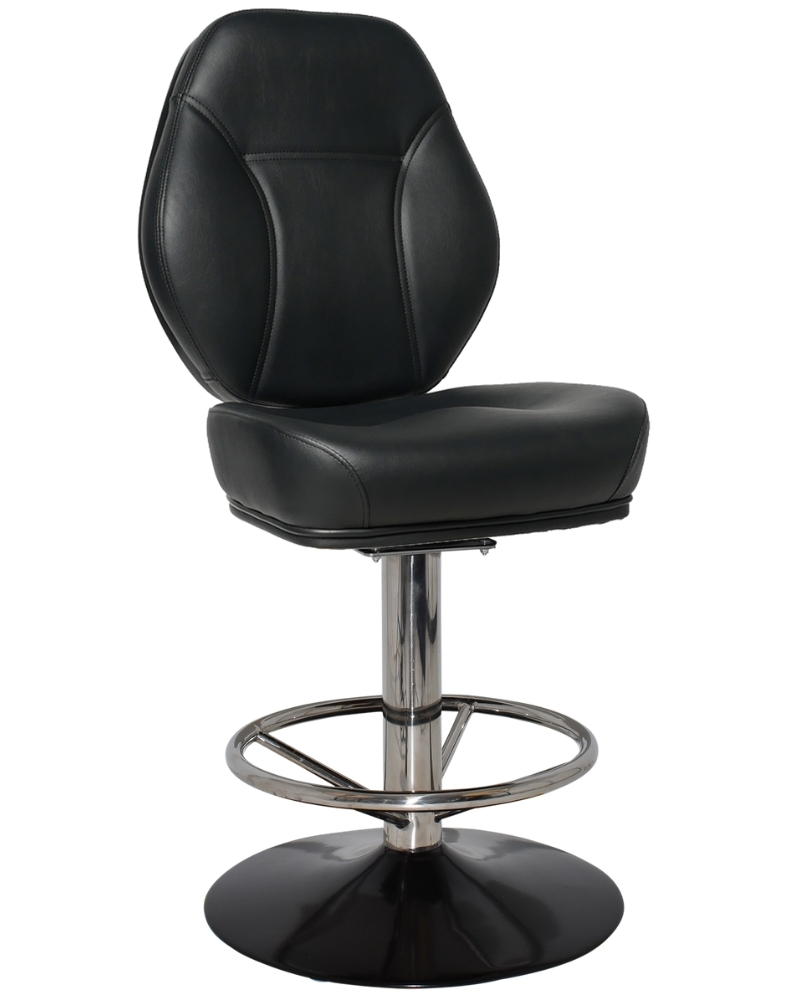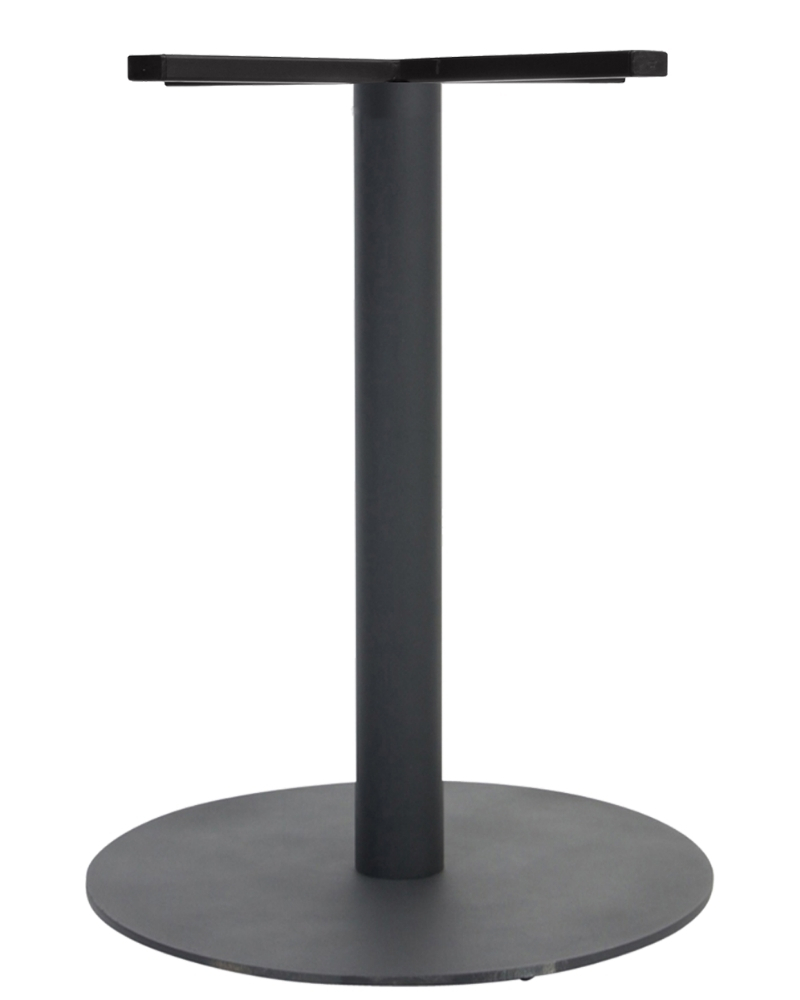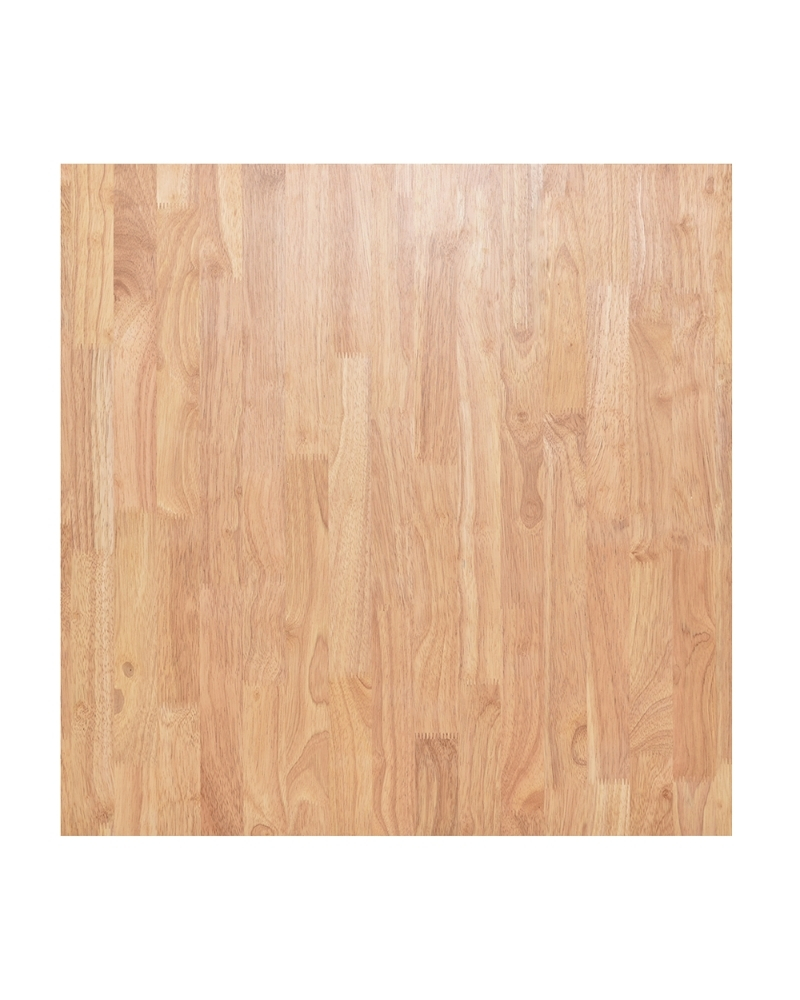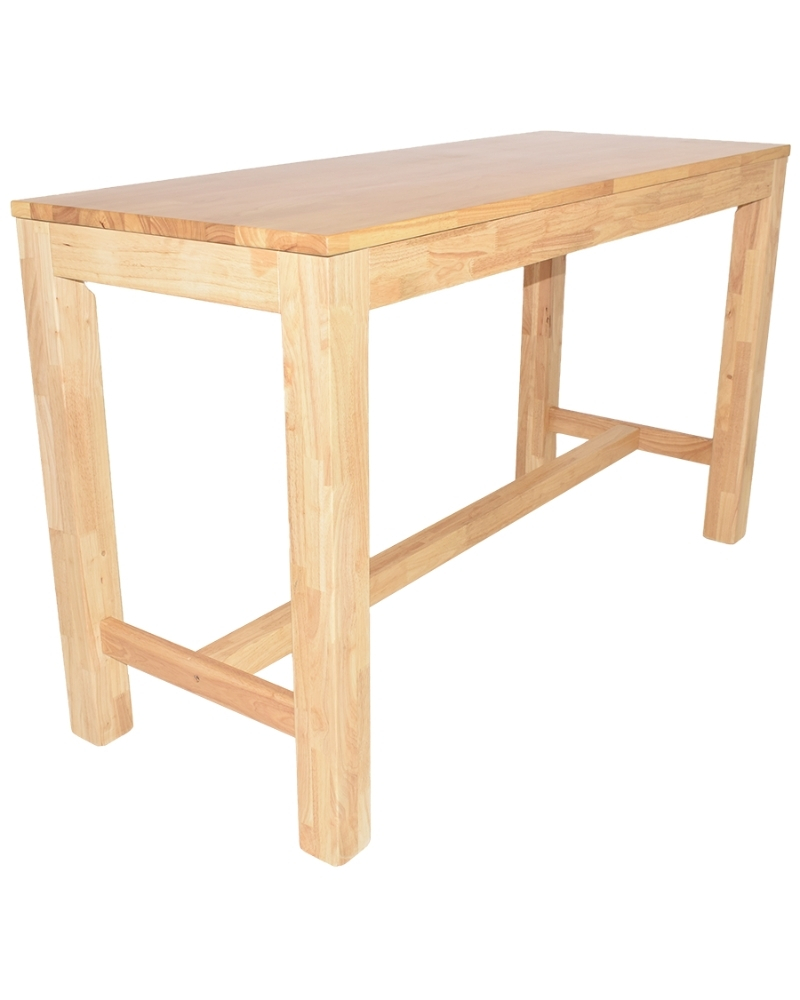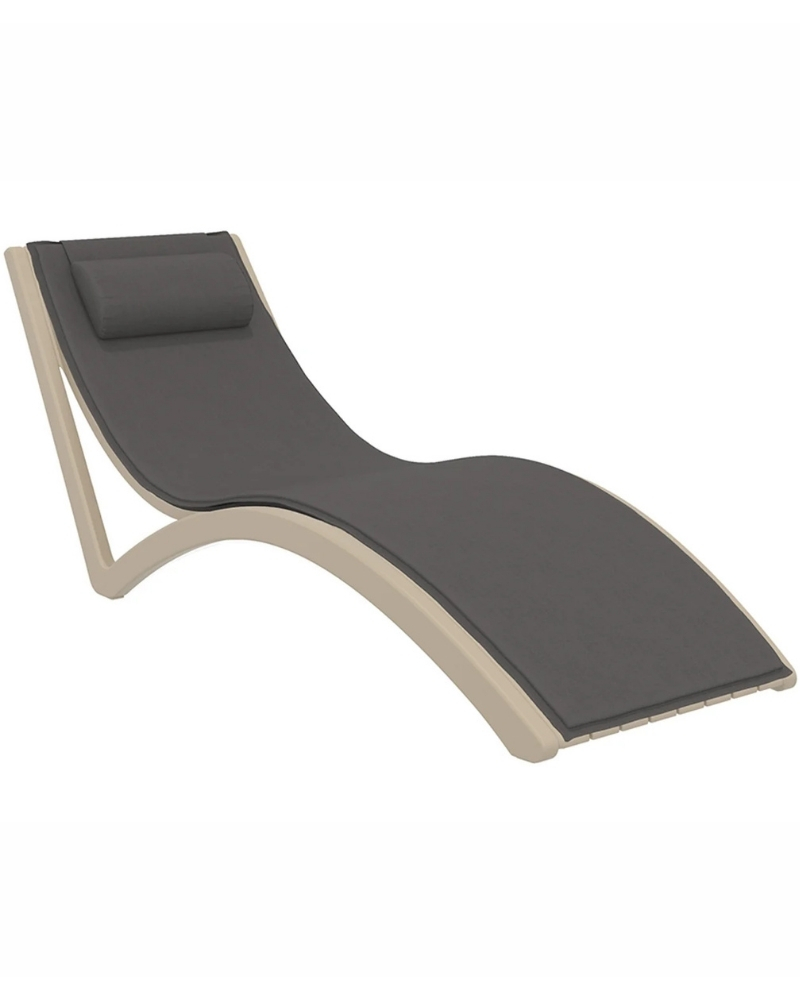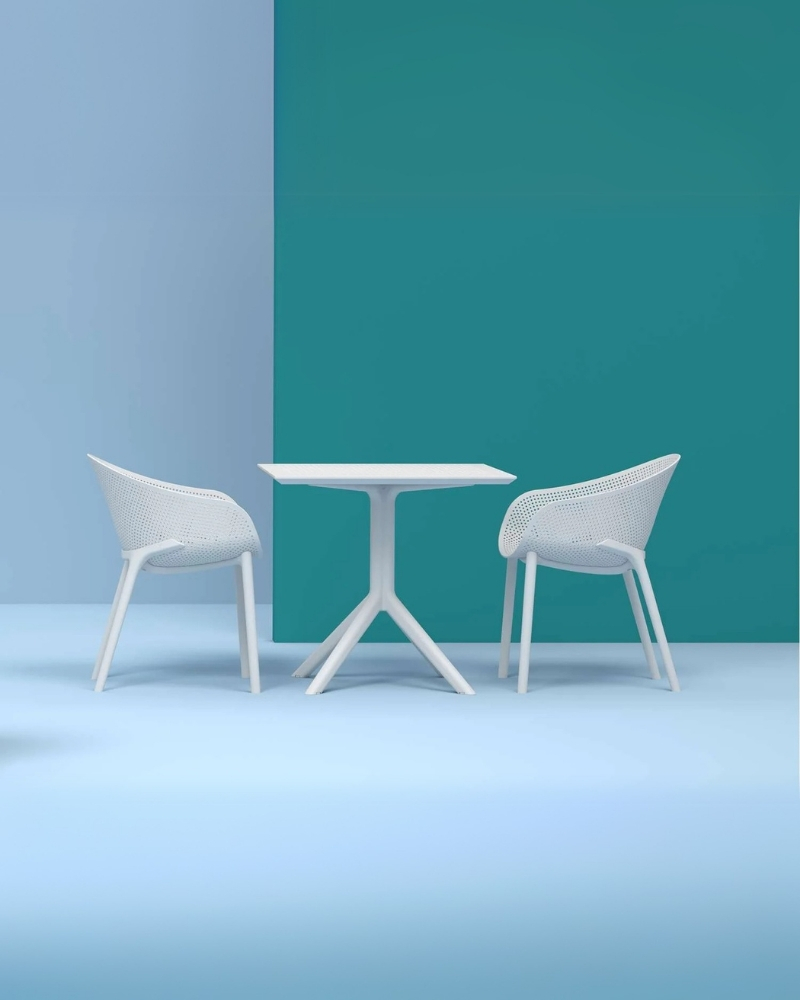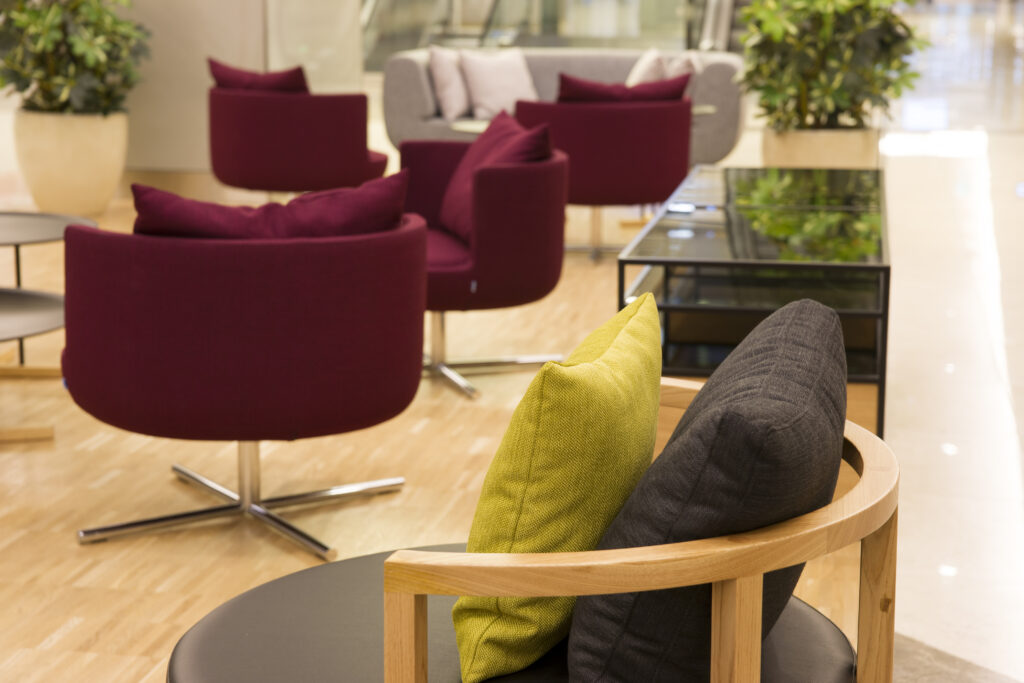Uncategorized
Effective Strategies for Caring for Your Commercial Furniture
Commercial furniture is more than just a backdrop to your space. Whether you’re fitting out a busy office, a high-traffic hospitality venue, or a functional and flexible educational environment, the furniture you choose reflects your brand, supports your staff, and leaves a lasting impression on guests and visitors. But buying the right furniture is only step one. Maintaining it is where the real value lies.
Proper care and maintenance of commercial furniture is a direct way to protect your investment. These are not small purchases. Whether you’re outfitting an entire floor of office workstations or replacing seating in a café dining area, quality commercial furniture comes with expected performance standards. But those standards break down without routine maintenance. Dirt accumulates, surfaces wear unevenly, and components loosen or fail over time. All of that leads to early replacements and avoidable spending.
The cost of neglect is higher than most people realise. Premature wear and tear not only shortens the life of the furniture, but it also hurts your daily operations. A broken desk drawer disrupts workflow. Worn-down chairs impact posture and productivity. Sticky tabletops or stained reception lounges can send the wrong message to customers the moment they arrive. In places like schools or community centres, damaged pieces can also become safety hazards, especially where children or elderly people are involved.
Consistent care delivers long-term value. When proactive maintenance becomes habit, the ROI of every chair, table, cabinet, or bench improves. Clean surfaces last longer. Fittings stay secure. The original look and function of your furniture remains intact. That means your workplace stays visually sharp, functional, and safe, whether you’re hosting client meetings in a corporate boardroom or serving coffee to a Saturday brunch crowd.
If it’s used every day, it needs attention every day. That doesn’t mean complex routines or expensive treatments. Simple daily and weekly practices—dusting, quick wipe-downs, attentive spill cleaning, and inspecting for minor damage—can make a measurable difference. These steps are easy to delegate, and they can be standardised across teams in offices, schools, or venue staff rosters.
Australian commercial environments demand it. Across the country, conditions vary. Coastal humidity, inland dust, strong sun exposure, and heavy foot traffic all push materials to their limits. Left unchecked, these factors wear down even the sturdiest furniture. By tailoring care approaches to your location’s challenges and the intensity of use, you preserve not only the appearance of your setup but also its structural integrity.
This guide shares care and maintenance strategies designed specifically for commercial furniture users in Australia—business owners, venue operators, school administrators, and more—who want to get the full return from furniture that works as hard as they do. These practices are built to be repeatable, clear, and compatible with the demands of real working environments.
If you’ve invested in quality furniture, protect it daily. Your workspace, team, and customers will notice.
Understanding Different Types of Commercial Furniture
Before you can maintain your furniture effectively, you need to know what you’re working with. Commercial furniture isn’t one-size-fits-all, and the care it requires depends heavily on both the type of furniture and what it’s made from. Whether you’re managing a corporate office, a hospitality space, or an educational facility, understanding the materials and categories of furniture in your environment is the foundation of efficient maintenance.
Core Furniture Categories by Sector
Office Furniture typically includes:
- Desks (fixed height, sit-stand, executive, collaborative)
- Workstations and modular office systems
- Task chairs, executive chairs, meeting chairs
- Storage units such as filing cabinets, mobile drawers, and lockers
- Reception counters and lounge seating for waiting areas
Hospitality Furniture includes:
- Dining tables, bar tables, counter-height surfaces
- Seating types such as stools, dining chairs, benches, and lounges
- Booth seating and banquettes
- Outdoor furniture for cafés and venues with al fresco areas
Educational and Institutional Furniture covers:
- Student desks and chairs
- Multi-purpose tables for group work or staff meetings
- Reading room furniture, library carrels, and lounge pods
- Compact storage systems and teacher workstations
- Canteen tables, benches, and stackable seating
Each category has its own functional requirements and usage patterns, which shape how often it needs cleaning, how much wear is considered normal, and what’s worth repairing versus replacing.
Materials That Matter
The core materials used in commercial furniture construction strongly affect how you care for each piece. Below is a breakdown of common materials and what they typically demand in terms of maintenance.
Wood
Used in desks, tables, and cabinetry, wood offers durability and warmth. It may be solid hardwood, veneer over engineered core, or treated composite. Wood is affected by moisture, sunlight, and temperature changes. Regular dusting and periodic polishing with wood-safe products are standard. Avoid overexposure to water and harsh cleaners.
Metal
Frames, legs, filing systems, and industrial-style furniture often rely on steel or aluminium. Metal is tough but not immune to corrosion, especially near coastal environments. Wiping down with a damp cloth and drying thoroughly helps. If painted or powder-coated, inspect for chips. For chrome or exposed steel, occasional use of a metal polish can maintain appearance.
Laminate
Found on desktops, tabletops, and cabinetry fronts, laminate is easy to clean and resistant to stains. Use a non-abrasive cloth with a mild cleaner. Avoid sharp objects and dragging heavy items that can scratch the surface. Laminate offers a budget-conscious, low-maintenance option, but edge-banding and corners may wear faster than core surfaces.
Fabric Upholstery
Chairs, lounges, and booths are often upholstered in commercial-grade fabrics. These are designed for higher durability but still collect dust, spills, and body oils. Daily vacuuming of seating used heavily, quick response to spills, and periodic professional cleaning protect longevity. Different fabrics have different tolerances, so always check manufacturer guidance before using spot removers.
Leather and Vinyl
Used in executive seating, reception furniture, or high-end hospitality lounges, these materials resist moisture and stains but show wear with time. Use a soft cloth to clean frequently touched surfaces and apply leather-safe conditioners if specified. Avoid heat and direct sunlight which can dry and crack surfaces over time. Vinyl is often more forgiving but requires the same level of routine removal of grime.
Plastic and Polypropylene
Popular in education and outdoor settings, these materials are lightweight, impact-resistant, and easy to maintain. Wipe down daily with a damp cloth. Avoid abrasive scrubbers which dull the surface. For outdoor furniture, rinse off exposure to dust, dirt, and airborne salt regularly to prevent build-up.
Material Dictates Maintenance
No two pieces of furniture wear the same way. A fabric-upholstered dining chair in a fast-paced café will age differently than a high-gloss wood veneer boardroom table. Understanding the demands and vulnerabilities of each material helps you make better maintenance choices and spot risks sooner.
Match your care processes to the materials you’re managing. Laminate resists markers, but wood might stain. A fabric lounge absorbs spills, while vinyl lets them slide off. Adjust cleaning frequency, tools, and staff instructions depending on the furniture mix in your environment.
Knowing what you own is the first step to protecting it. With a clear view of your furniture types and materials, you’re already in a stronger position to plan care routines that work and keep your investment in top shape longer.
General Best Practices for Daily Maintenance
Effective daily maintenance isn’t complicated, but it does need to be consistent. In commercial environments where furniture is used by dozens or even hundreds of people each day, small amounts of neglect add up fast. The difference between a clean, long-lasting piece and something that looks rundown in six months often comes down to what happens at the start and end of each shift.
Daily Cleaning Routines That Work
Regular cleaning is the backbone of furniture care. But it’s not just about appearance. Removing dust and grime protects surfaces from abrasion, corrosion, and long-term damage. Here’s what that should look like.
- Dust and wipe down all surfaces. Use a dry microfiber cloth for sensitive materials like wood, laminate, and plastics. For tougher grime, follow with a damp cloth and a material-appropriate cleaner (always gentle and non-abrasive).
- Pay attention to high-touch zones. These include armrests, seat pads, edges of desks, table surfaces, and drawer handles. In hospitality or educational settings, seating and tables may need disinfection as well.
- Use cleaner based on material type. Don’t use all-purpose sprays across every surface. Wood needs minimal moisture. Chrome benefits from polish. Vinyl can tolerate mild disinfectant, while fabric may require dry foam cleaner or simply vacuuming.
Handling Spills and Stains the Smart Way
Spills are inevitable—stains don’t have to be. How quickly and properly you respond makes the difference between a clean surface and permanent damage.
- Act fast. Dab excess liquid with absorbent paper or cloth immediately. Never rub, especially on fabric, as it can push liquids deeper.
- Match the cleaner to the spill. For sugary drinks, food oils, or ink marks, use a cleaner that breaks down the specific residue. Test discreet areas before applying to large or visible sections.
- Dry thoroughly. Moisture left under cushions or beneath table edges traps odours and encourages mould or swelling, particularly in humid areas like coastal venues or enclosed classrooms.
Material-Sensitive Cleaning Products to Use (and What to Avoid)
Using the wrong product can do more harm than cleaning at all. Stick to this rule of thumb: if it damages the finish or leaves a residue, it doesn’t belong. Common missteps include using harsh chemicals on wood, alcohol-based wipes on leather, or abrasive powders on plastic.
- Wood: Dry dusting with microfiber cloths is most effective. For deeper cleans, apply a wood-safe polish sparingly. Avoid all-purpose sprays, bleach, or anything with ammonia.
- Fabric upholstery: Vacuum daily. Spot-treat using fabric-safe foam cleaners or spot removers (test first). Avoid soaking the fabric with water or cleaner.
- Leather and vinyl: Wipe with a soft damp cloth. Apply conditioner periodically on leather. Avoid any cleaner with alcohol or solvents.
- Plastic and laminate: Use neutral pH or diluted detergent solutions with soft cloths. Avoid scrubbing pads or harsh cleaners.
- Metal: Wipe with a damp cloth and dry thoroughly. For polished or chrome pieces, use a metal-safe polish occasionally. Avoid salt-based cleaners near coastal regions.
Minimising Damage from General Use
It’s not just what you clean, but how your furniture is used and moved each day that can preserve or shorten its lifespan. Train staff or users to treat furniture with practical care. It’s not about babying everything—it’s about avoiding daily habits that create unnecessary wear.
- Do not drag furniture. Office chairs, café tables, or classroom benches should be lifted, not pulled across hard floors. This reduces leg joint stress and prevents floor damage.
- Stack only when designed for it. Avoid stacking chairs, stools, or tables unless the design allows for it. Forcing non-stackable pieces deforms structures.
- Don’t overload surfaces. Avoid piling papers, tech equipment, or stock onto lightweight desks or tables beyond load tolerance. It warps tops and damages legs over time.
- Rotate where possible. In café seating, meeting rooms or classrooms, rotating usage spreads wear more evenly across the set and avoids drastic discrepancies in appearance or comfort.
Make Maintenance Everyone’s Job
Maintenance doesn’t land on one person alone. Successful upkeep happens when processes are clearly defined and easy to repeat.
- Assign daily responsibilities. Cleaning crews, bar staff, office teams or students can each handle clear, low-effort tasks when trained properly.
- Use checklists. Visual prompts or printed instructions showing what to clean (and with what cleaner) ensure routines happen even during busy periods.
- Structure the schedule. Set daily and weekly care routines rather than waiting for issues to appear. Wipes when opening, deep cleans weekly, and spill control protocols all help.
You don’t need perfection to see results. You need consistency. The more familiar your team is with caring for the furniture, the more automatic it becomes. Set the standard early and keep it simple enough for anyone to follow. The payoff is cleaner, safer, and longer-lasting furniture that keeps working for you.
Cleaning and Upkeep by Material Type
Every furniture material reacts differently to cleaning methods, products, and handling. What works perfectly for a laminate surface can permanently dull or damage wood. Using the wrong cleaner on leather can dry it out. That’s why effective care depends not just on frequency, but on understanding material-specific needs and using the right tools for the job.
Wood: Preserve Finish and Minimise Moisture
Wood surfaces bring warmth and elegance, but they’re also vulnerable without proper care. Whether it’s stained hardwood in meeting rooms or veneer in shared desks, wood hates excess moisture and harsh chemicals.
- Routine: Dust regularly with a microfiber cloth. This prevents particles from scratching the finish over time.
- Cleaning: Use a lightly dampened cloth (not wet) for surface cleaning. Follow with wood-safe polish once a month. Avoid saturated cloths or water pooling on surfaces.
- Products: Stick to dedicated wood cleaners and polishes with a clear label. Avoid sprays with alcohol, ammonia, or silicone unless specified for wood.
- Tool Tips: Use lint-free cloths or microfiber. Do not scrub with abrasive pads.
Extra care: Monitor sunlight exposure. Wood finishes fade and crack under direct UV. Use blinds or reposition furniture where needed.
Upholstery Fabric: Vacuum Often, Spot-Treat Wisely
Fabric-covered furniture in lobbies, breakout areas, or canteens sees a lot of use. Even commercial-grade materials still absorb spills, body oils, and airborne debris. Daily maintenance is your best defence.
- Routine: Vacuum daily or every second day in high-use areas. Use brush or upholstery attachments to lift surface dust and crumbs.
- Spot Cleaning: Blot spills immediately with a clean, absorbent cloth. Never rub. Apply fabric cleaner carefully, testing first in a hidden area.
- Products: Choose pH-neutral, fabric-safe foams or spot treatments. Avoid bleach, alcohol, or multipurpose sprays not marked as upholstery-safe.
- Tool Tips: A hand-vac with upholstery tools is ideal for tight corners. For lounge seating, periodic steam cleaning (by trained staff or pros) refreshes fibres and appearance.
Reminder: Check manufacturer care tags hidden beneath the furniture. Different weaves or blends can react unexpectedly to generic cleaners.
Leather and Vinyl: Clean Gently, Condition Selectively
These materials offer a premium look and feel, often used in executive chairs or reception seating. Both handle moisture well, but are prone to damage from heat, sun, or solvent-based cleaners.
- Routine: Wipe down with a soft dry or damp cloth weekly. Focus on high-contact areas like armrests and seat panels.
- Conditioning: For leather, use a leather conditioner every few months to prevent drying and cracking. Vinyl usually doesn’t need conditioning but benefits from regular grime removal.
- Products: Use leather-specific or vinyl-safe cleaners only. Never use anything with alcohol, bleach, or concentrated detergents.
- Tool Tips: Soft cloths only—no scrubbing or stiff-bristle brushes. Avoid high heat or direct sun exposure, which deteriorate surface coatings over time.
Important distinction: Vinyl tolerates mild disinfectants better than leather, making it more suited to venues requiring frequent sanitising. Adapt based on your setting.
Metal Surfaces: Clean Dry and Watch for Corrosion
From powder-coated steel to chrome legs, metal is strong—but not invisible to wear. Especially near coastal areas, daily moisture and airborne salt make corrosion a real issue.
- Routine: Wipe with a damp cloth, then dry immediately. Moisture left sitting will corrode finishes.
- Inspect: Check regularly for paint chips or rust spots. Fine steel wool can gently remove oxidation on exposed steel, followed by touch-up paint when needed.
- Products: Mild detergent diluted in water works well. For chrome or polished metal, metal-safe polish can restore shine.
- Tool Tips: Use non-abrasive cloths. Avoid steel wool on coated surfaces.
Air quality matters: Facilities near water or construction sites need to clean and dry more frequently. Keep a cloth with your cleaning supplies just for metal so cross-contamination doesn’t leave clean-looking steel dull and stained.
Glass and Laminate: Keep It Streak-Free, Scratch-Resistant
Laminate desks and glass tables share one thing in common—they both show fingerprints, grime, and wear easily. Luckily, they’re also the easiest to clean if done right.
- Routine: Wipe daily with a microfiber cloth. Use glass cleaner for clear surfaces. Laminate gets by with mild soap and water or pH-neutral cleaner.
- Avoid: Harsh chemicals, ammonia-based cleaners for coloured laminate, and anything that leaves a film or tracks.
- Scratch Prevention: Don’t drag metal hardware or sharp-edged equipment across surfaces. Use mats or desk pads in high-use zones.
- Tool Tips: Spray onto the cloth, not directly on glass or laminate. This prevents chemical seepage into edges or seams, which can cause peeling or warping.
Plastic and Polypropylene: Simple, Sturdy Cleaning
In educational settings and outdoor areas, plastic furniture excels for its durability. Still, it gets grimy quickly if it’s routinely handled by many people or sits uncovered outdoors.
- Routine: Wipe with a damp cloth and neutral cleaner. Rinse outdoor pieces weekly to prevent dirt build-up and surface degradation from sun or salt.
- Avoid: Scouring pads, strong solvents, or stiff brushes. These scratch and dull surfaces quickly.
- Products: Neutral detergent or diluted dish soap works well. For tougher dirt, use a plastic-safe spray cleaner.
- Tool Tips: Dry after cleaning to avoid water spots and keep the finish looking consistent.
Choose the Right Products, Tools, and Frequency
The cleaner isn’t the hero—technique is. You can damage good furniture with careless wipe-down just as easily as with a mislabeled product. Every cleaning routine should follow three rules:
- Match the method to the material. Check care instructions and don’t assume all surfaces take the same treatment.
- When in doubt, test first. Use a small non-visible area to test the cleaner before rolling it out across all tables or chairs.
- Set a realistic schedule. Daily attention for high-contact areas. Weekly deep cleans for visible surfaces. Monthly checks for less-accessible parts or specialty materials.
Good materials deserve thoughtful care. Whether you’re managing a bustling café, a high-traffic TAFE corridor, or an executive workspace, the time spent using the right tools and techniques means fewer replacements and smoother operations every day.
Preventative Measures to Minimise Wear and Tear
Preventing damage is always more effective than repairing it. For commercial furniture in active Australian workplaces, hospitality venues, and educational institutions, every scrape, crack, or faded surface adds up fast. The good news is that most common forms of wear and tear can be avoided with a few practical strategies built into daily use. These measures don’t require a large budget or complex training—just clear systems, a bit of forethought, and consistent follow-through.
Use Pads, Mats, and Protective Barriers
Start where most damage begins: contact points. The legs and feet of furniture are ground zero for surface scratches, dents, and impact wear.
- Floor Protection: Fit chair and table legs with rubber or felt pads, especially on hard floors like tile, timber, or laminate. These reduce scraping noises and prevent gouges and scuffing.
- Desk Mats and Covers: Place protective desk mats under computer equipment or heavy tools to avoid surface scratches. Transparent covers can shield high-use areas on reception desks or shared workstations without hiding branding or aesthetics.
- Table Pads and Coasters: In hospitality settings, use coasters or table pads under hot mugs, water jugs, and serving trays to reduce heat and liquid exposure that can stain or damage finishes.
Simple buffer solutions can extend the clean, sharp look of your furniture by years.
Arrange and Position to Avoid Environmental Damage
Where furniture is located can define how quickly it ages. Sunlight, moisture, and airflow all affect durability.
- Keep Out of Direct Sunlight: UV exposure fades wood, cracks leather, and weakens plastic. Shift vulnerable items away from windows or use curtains and blinds during peak daylight hours.
- Control Moisture Exposure: Avoid placing furniture directly near kitchens, bathrooms, or uncovered outdoor areas where humidity spikes or water exposure occur. Raised feet, powder-coated frames, and sealed laminates help, but location still matters.
- Ventilate Properly: In enclosed spaces, stagnant air promotes mould and surface condensation. Ensure proper ventilation in storage rooms, breakout lounges, or server adjacent areas that house electronics and furniture together.
Environmental placement is free to adjust and makes a visible impact over time.
Maintain Ergonomic Adjustments
Misuse leads to faster deterioration. Staff or patrons using furniture incorrectly—leaning on backs of chairs, slamming drawers, or forcing seat adjustments—contribute to structural strain.
- Adjust to Fit Tasks: Set desk heights, monitor arms, and chair positions sensibly, especially in shared hot-desk setups. When furniture fits the person and task, it’s less likely to be forced or mishandled.
- Train Users on Controls: For adjustable chairs, workstations, or fold-out tables, show staff how to use controls or mechanisms properly. Shared seating in offices or educational spaces often breaks prematurely due to misunderstood levers or excessive force.
- Lock When Needed: In hospitality setups where furniture shifts throughout the day, lock casters on mobile tables or units when in place. This stabilises structure during use and prevents wobble fatigue on fittings.
Ergonomics protect both users and furniture. A well-adjusted workspace prevents strain-related damage from repeated misuse.
Educate Staff and Users on Correct Use
You can’t control every interaction, but you can influence how people treat furniture. The more people understand the expectations and the reasons behind them, the better they care for shared resources.
- Post Visible Guidelines: Use signage in staff rooms, classrooms, or prep areas reminding users how to handle furniture. Keep messages clear and visual, especially for multi-language environments like busy hospitality or university sites.
- Train During Onboarding: Include furniture handling basics in staff or student orientation. Show the right way to move chairs, open drawers, adjust seating, and report faults.
- Lead by Example: Supervisors and team leads should model conscientious handling. Correction is easier when leadership visibly respects shared equipment.
The clearer your expectations, the longer your furniture lasts.
Rotate Usage and Rebalance Load
Most venues and offices have high-use zones and low-use zones. Over time, the former wears out faster. Equalising usage extends service life across the entire fit-out.
- Shift Seating Periodically: Swap chairs between areas every few weeks or quarterly. In cafés, event venues, or conference rooms, rotate positions to avoid overuse of the same seats at busy corners or ends.
- Reposition Desks or Tables: If sun, airflow, or cleaning routines favour one section of a room, reorganise layouts occasionally to share the exposure more evenly across materials.
- Inspect Heavy Use Stations: Point-of-sale counters, teacher stations, bar service areas, or reception desks endure added stress. Add reinforcement pads, protective mats, and scheduled maintenance to these zones.
Rebalancing use prevents high-traffic areas from breaking down prematurely.
Build Preventative Care Into Routine Schedules
Preventative measures are most effective when they’re not an afterthought. They need to be integrated into your cleaning, setup, and inspection routines.
- Include Protective Tasks in Opening/Closing Procedures: Check pad conditions, reapply desk mats, and reposition blinds as part of daily routines.
- Inspect for Warning Signs: Look for loose bolts, sun-faded areas, early watermarks, or uneven leg angles on a predictable schedule—weekly or monthly.
- Log Issues as They Arise: Use paper or digital checklists for location staff or cleaners to report small emerging issues. Fixing them early prevents compounded damage later.
Prevention is easier to manage than emergency repairs. Most damage starts small and stays small—if you catch it early.
Protective care isn’t about overengineering the day-to-day. It’s about small, repeated habits you pair with your existing workflows. With the right tools, a bit of leadership clarity, and consistent messaging, you significantly reduce long-term furniture costs, repair downtime, and user frustration—all while keeping your business or institution looking and functioning at its best.
Routine Inspections and Repair Tips
No matter how carefully your team uses commercial furniture, wear is guaranteed over time. What matters is how quickly you spot it and what you do next. Routine inspections are a front-line defence against escalating problems like loose joints, torn upholstery, wobbling legs, or failed mechanisms. Making inspections a scheduled part of your operations saves money, preserves asset value, and keeps your environment safe and functional.
Inspection Frequency: Set a Realistic Schedule
Don’t wait for visible damage. By the time a chair collapses or a drawer falls off, you’re already dealing with downtime, inconvenience, and possible injury risk. Instead, create regular intervals for simple checks depending on how often furniture is used.
- Weekly for high-traffic zones: Hospitality seating, classroom chairs, shared staff lounges, and reception areas should be checked weekly for loose parts, excessive movement, or visible wear.
- Monthly for moderate-use offices: Desks, storage units, and private offices benefit from a monthly scan for drawer function, leg stability, and surface condition.
- Quarterly for low-use or back-of-house furniture: Meeting tables, bulk storage, or seasonal layout furniture need fewer touchpoints but shouldn’t be forgotten.
Assign inspections per space type rather than per item. This saves time and makes checklists easier to manage across teams or cleaning contractors.
Checklist: What to Inspect
Quick visual and physical checks can prevent 90% of minor damage from becoming major. Use a consistent checklist that your staff or contractors can follow without needing technical knowledge. Key areas to review:
- Structural joints: Test for wobble in legs, arms, or frames. Loose fasteners usually cause this and can be tightened before they cause failure.
- Moving parts: Open and close drawers, flip seatbacks, or adjust chair levers. Listen for grinding, sticking, or irregular motion.
- Stability: Sit on chairs, lean tables slightly, and push trolleys to check for imbalance or weakened casters.
- Surface condition: Scan for deep scratches, stains, fading, or peeling laminate. These weaken waterproofing or weaken finishes with prolonged use.
- Fasteners and mounts: Look under tables and chairs for missing screws, loose bolts, or cracked brackets.
- Safety risks: Protruding nails, sharp edges, or broken parts should be addressed immediately to prevent staff or customer injury.
Train maintenance roles or supervisors to conduct these hands-on checks confidently without needing to escalate everything to a technician.
Basic Repairs You Can Handle In-House
You don’t need a qualified tradesperson for every issue. Many minor repairs can be done onsite with minimal tools and training. If handled swiftly, these prevent bigger and more costly fixes.
- Tighten fastenings: Use a screwdriver, spanner, or Allen key set (usually metric) to secure connections in desks, chairs, or stools. Focus on joints that bear weight—legs, backrests, and arms.
- Fix or replace glides/pads: Floor protectors under chair or table legs fall off or wear down. Reapply adhesive-backed glides or screw in new ones before scraping starts.
- Lubricate moving parts: Squeaky chair mechanisms, drawer sliders, or wheel casters can be treated with silicone spray or dry lube. Avoid oil-based lubricants which attract dust.
- Patch minor fabric tears: Use a fabric repair kit (adhesive patch or heat-bond) for small cuts on upholstery until professional reupholstery is possible.
- Apply touch-up polish: For laminate or wood, use colour-matched markers or filler to disguise minor surface blemishes.
Act on changes while they’re small. A loose screw today often leads to a snapped frame next month. Regular checks and quick DIY fixes go further than you might expect.
When to Escalate Repairs
Some issues require professional handling or full replacement. Knowing when to act quickly and when to outsource avoids repeated breakdowns or wasteful quick fixes on items past their usable life.
- Escalate if: Parts are cracked, warped, or separating structurally (e.g., split wood, bent metal frameworks).
- Replace if: Cost exceeds [insert repair/replacement threshold agreed by your facility team] or the item is beyond its useful design purpose.
- Outsource if: Reupholstery, welding, structural remounts, or component sourcing is needed.
Keep supplier and warranty information accessible. Some commercial furniture provides replacement fittings on request or built-in warranties that cover repairs. Don’t void coverage with unauthorised work if you’re still under a service period.
Keep a Simple Maintenance Log
Whether you manage a café, school, or office floor, recording inspections and repairs helps you stay proactive. A basic spreadsheet or cloud-based system lets you track condition trends, spot recurring issues, and plan upgrades more confidently.
- What to log: Item name or asset ID, date inspected, issues found, action taken, repair date, and next inspection due.
- Who should update: Cleaning teams, site supervisors, or maintenance staff assigned to each site or floor.
- Where to store: Use shared digital folders, QR codes on equipment linking to checklists, or printed logs in on-site maintenance cupboards.
A simple log saves you surprises. When it’s time to replace or budget for upgrades, clear records help justify purchase cycles and avoid reactive spending.
Make It Routine, Not Random
Furniture inspections shouldn’t happen only after something breaks. Treat it like any other asset check—predictable, trackable, and easy to delegate across your team.
- Incorporate into existing schedules: Add inspections to opening/closing procedures, monthly safety audits, or cleaning rosters.
- Train for consistency: Standardise what “checked” means with a simple visual guidebook or checklist document. Avoid assumptions based on guesswork.
- Centralise responsibilities: Assign a facilities lead per site, or floor supervisors tasked with monthly checks across their zones.
Proactive inspection and repair keeps things safe, sharp, and cost-efficient. It’s your buffer between expensive breakdowns and smooth daily operations—whether you’re running a multi-site business, a single café, or a school full of active students.
Special Considerations for High-Traffic and Hospitality Settings
Furniture used in cafés, restaurants, bars, and event venues faces a level of wear quite different from office or education spaces. It’s moved more, cleaned more, sat on more, and judged more—by customers, staff, and management. In these high-turnover environments, your furniture not only has to look appealing, it also has to withstand hours of daily use and quick, sometimes rough handling. That means your approach to care and maintenance needs to be equally resilient.
Choose Materials for Strength, Not Just Style
The first decision that impacts longevity is material selection. While aesthetics matter for branding and ambience, high-touch hospitality furniture needs finishes and fabrics that hold up under pressure.
- Fabrics: Opt for commercial-grade upholstery fabrics rated for heavy traffic. Look for abrasion-resistant weaves and stain repellency. Patterns and darker colours help mask minor spills and scuffs between cleans.
- Frames: Powder-coated metal or reinforced timber frames should be prioritised. These materials tolerate repeated movement, weight changes, and constant cleaning agents better than soft woods or plastic blends.
- Surfaces: Use laminate or compact laminate for dining tables or bar counters. These resist heat, moisture, and utensils better than untreated wood. For outdoor furnishings, UV-stable plastics or metals with rust-resistant coatings are vital.
- Seat Padding: Closed-cell foam with high recovery rates offers longer shape retention and doesn’t absorb liquids as easily—perfect for café lounges, event seating, or pub benches.
Durability isn’t just about material toughness—it’s about matching the material to the speed and nature of use in your venue.
Focus on Easy, Repeatable Cleaning Routines
Fast-paced environments demand cleaning processes that don’t slow down service. Whether it’s wiping table spills between guests or cleaning bar stools at close, you need a system that works under time pressure without skipping quality.
- Wipe Down After Every Use: Train staff to wipe surfaces after each customer. Use premixed cleaning solutions in labelled spray bottles and microfiber cloths placed at serving stations or host areas.
- Use Food-Service Safe Products: Avoid cleaners that leave residue or strong scents. Look for pH-neutral, food-safe surface cleaners for dining areas and bar tops. These prevent staining and maintain surface quality.
- Schedule Deep Cleans: Allocate weekly or fortnightly deep cleans where upholstery is vacuumed, underside of tables and chairs are wiped down, and hardware is inspected for damage or build-up.
- Disinfection Standards Where Needed: For venues with shared seating, such as events or communal dining areas, use vinyl or polypropylene seating that tolerates regular disinfection using alcohol-free sanitisers.
Speed matters, but process matters more. Quality cleaning habits that can be repeated without guesswork protect your furnishings and your reputation.
Plan for Movement and Storage Without Damage
Hospitality furniture often gets reconfigured for functions, events, or changing peak times. Without a plan, this constant movement turns sturdy seating into wobbly liabilities quickly.
- Only Stack Stackables: Use chairs and stools designed for stacking, and stack them according to manufacturer limits. Invest in padding or covers for high-stack storage to prevent surface abrasions.
- Use Dollies or Trolleys: Transporting multiple tables or chairs should always involve wheeled carriers. Dragging causes joint damage, leg warping, and fast wear to foot glides or caps.
- Design Dedicated Storage Areas: Whether it’s a back room, outdoor shed, or understage compartment, furniture should be stored dry, covered, and on even surfaces. Avoid open-air storage unless furniture is all-weather rated.
Furniture doesn’t wear out from use. It wears out from misuse over time. Organise traffic flow, stack correctly, and store wisely.
Manage Spills in Real Time
You can’t prevent spills, but you can prevent stains and material breakdown. Whether it’s a toppling espresso or a wine glass accident, how your team responds matters.
- Act Immediately: Wipe spills within seconds using absorbent towels or cloths. For fabric seating, blot gently. Rubbing pushes moisture into the fibres.
- Pre-Treat All Seating: Use fabric protectors approved for commercial use. Applied during fit-out or cleaning cycles, these create a temporary barrier against liquid absorption and staining.
- Keep Kits Handy: Set up portable spill kits or wall-mounted stations with spray cleaner, towels, and signage for quick use. Make these accessible to staff throughout the venue, not just in back-of-house areas.
Fast action lowers cleaning costs and preserves your venue’s standard of presentation. Don’t delay the clean-up. Train teams to treat each spill as priority, every shift.
Build Cleaning Into Service Routines, Not Separate From Them
Cleaning shouldn’t just be a before-and-after task. In hospitality environments, it’s a live process, just like service itself.
- In Bump-In/Bump-Out Schedules: Include loosening checks, cloth distribution, and room-specific product resets in every event setup and pack-down procedure.
- During Downtime: Train bar or waitstaff to take 5 minutes every hour to inspect and wipe their zone. It avoids volume build-up later or missing urgent faults before peak hours.
- End-of-Day Consistency: Add post-service furniture care to checkout routines. Every chair wiped. Every table dried. Every worn glide noted.
Expectations shape habits. If furniture upkeep feels like part of the job, not an afterthought, results will reflect that.
Select Products Matched to Hospitality Conditions
Venue conditions are tough. Moisture, food acids, cleaning chemicals, UV exposure, body sweat, and impact all contribute to fast ageing. Choose products made to survive those conditions, and maintain them the way they were designed to be used.
- Look for labels like: “Commercial use,” “Stain resistant,” “UV rated,” “Weatherproof,” or “Hospitality grade.”
- Prioritise easy-clean surfaces: Smooth laminates, sealed vinyls, metal powder coat finishes, and low-pile textiles reduce clean-up friction and survive more frequent disinfection.
- Choose touchpoints over softness in key zones: Padded chairs may look richer, but plastic, timber, or metal options perform better in bar zones or poolside settings where durability trumps plushness.
If it’s built for hospitality, it should behave like it. Review your inventory regularly and phase out pieces that absorb too many hours of cleaning or repairs.
In fast-use venues, furniture care isn’t a luxury. It’s a foundational part of your guest experience. Damage shows. Stains show. Wobbles show. And if they repeat, people stop coming back. Invest in the routines that protect each table, each seat, each stool—and expect your team to do the same. If the environment is easy to clean and looks well kept, everyone feels more accountable for keeping it that way.
Ergonomics and Furniture Functionality Maintenance
Ergonomic furniture is designed to support health, comfort, and productivity—but only when it works as intended. In commercial environments where staff, students, and customers interact with adjustable chairs, sit-stand desks, or modular workstations every day, maintaining full functionality isn’t about bells and whistles. It’s about preventing discomfort, poor posture, and mechanical breakdowns that lead to downtime or user fatigue.
When ergonomic features stop working, people suffer first.
A task chair that no longer adjusts properly or a sit-stand desk stuck at an awkward height turns into more than an equipment issue. It shifts into a usability problem that affects back health, focus, and workflow throughout the day. Repairing or replacing a broken mechanism costs time and money, but the daily impact on the people using it is where real losses stack up.
Start with Functional Ergonomic Checks
Routine use wears out adjustability components—gas lifts weaken, levers loosen, hinges get stiff. Spotting those issues early reduces the risk of injury and prolongs the usable life of the piece.
- Adjustable chairs: Test seat height, back tilt, lumbar support, and armrest settings. Make sure they move smoothly without grinding or sticking. Gas lifts must hold weight without sudden sinking or rising after release.
- Height-adjustable desks: Raise and lower through full range. Look and listen for slow movement, hesitation, or uneven motion (especially in electric models).
- Monitor arms and footrests: Confirm that they stay put once adjusted and don’t droop during the day. Pay attention to wobble at mounting joints or excessive tension when repositioned.
Set time in your maintenance cycle for functionality—not just appearance. Confirming that movement-based components work properly avoids user strain and long-term complaints.
Prevent Breakdown Through Cleaning and Lubrication
Ergonomic features often break down not because they’re faulty, but because dirt builds up in joints, or users force levers without regular upkeep. A few basic tasks go a long way in preserving functionality.
- Keep joints clean: Use a vacuum with a brush attachment to remove dust and debris from pivot zones and under chair seats. Wipe down lifting columns and track surfaces using a damp cloth followed by a dry pass.
- Lubricate moving parts: Apply a silicone-based lubricant (not oil-based) to gas pistons, tilt mechanisms, or manual height controls if movement begins to stick. Avoid excess product which can attract dust.
- Avoid overloading: Teach users to adjust furniture from neutral positions, not while bearing full body weight or heavy office equipment. This reduces torsion stress and preserves alignment in moving parts.
Maintaining ergonomic function is as much about prevention as it is repair. Regular attention keeps everything gliding and locking into place the way it was designed to.
Educate Users on Correct Interaction
The fastest way to wear out ergonomic furniture is to use it incorrectly. Teaching and reinforcing proper handling aligns both people and equipment to work longer and safer together.
- Onboarding walkthroughs: Incorporate furniture orientation sessions when onboarding new staff or students, especially in shared office or classroom settings. Demonstrate chair controls, correct posture and how to adjust desk height or monitor arms.
- Clear guides in shared zones: In hot-desk environments or flex-use training spaces, post small visual instructions on adjusting key components. Not everyone is familiar with every model, and guessing often leads to misuse.
- Encourage reporting: Let users know to report failing lift mechanisms, stuck seats or misaligned desks immediately. Early reporting reduces long-term damage costs.
Better usage habits multiply the lifespan of ergonomically designed furniture. When users interact the right way, you get more comfort and fewer breakdowns.
Reinforce Adjustability Through Scheduled Recalibration
Just like office tech or AV gear, ergonomic furniture benefits from recalibration. Over time, spring tension softens, locks wear in, and users adjust things into permanent misalignment without realising it.
- Quarterly reset: Inspect chairs, tables, and accessories used daily. Realign to neutral settings where feasible and verify that controls still respond accurately.
- Test for drift: With sit-stand desks, mark points at standard working height and recheck weekly. If the desk sinks or drifts under monitor or laptop weight, internal hydraulics may be failing and need replacement.
- Review shared equipment more often: In spaces where people rotate through workstations (common in education, call centres, or co-working cafes), schedule more frequent touchpoints to reinforce full function.
If a feature works inconsistently, it will eventually stop working entirely. Maintenance keeps parts engaging accurately as the furniture ages.
Why It Matters: Comfort, Safety, and ROI
Neglecting ergonomic function doesn’t just mean a less comfortable seat. It undermines why the furniture was chosen in the first place—to support long work periods, reduce injury risk, and deliver a higher value experience over time.
- For offices: Work-related fatigue and posture issues affect productivity. Supporting healthy desk setups isn’t just about wellness, it’s about output.
- For hospitality: Staff that use bar stools, service benches, or host stations suffer when seating or standing aids wear out. That leads to job dissatisfaction and turnover risk.
- For education: Students and teachers using poorly adjusted chairs or tables fatigue faster, concentrate less, and develop avoidable health issues such as back pain or wrist strain.
Ergonomic wear isn’t always visible, but its impact is always felt. Functionality affects how people feel during their workday. That’s why upkeep isn’t optional—it’s a key part of asset management in any organisation striving for performance and sustainability.
If your furniture is designed to support people, treat its maintenance with that same intention.
Cost-Effective Care Strategies for Budget-Conscious Institutions
Whether you’re managing a public school, government office, or a newly launched startup, cost control is always part of the conversation. But keeping your commercial furniture in good condition doesn’t have to compete with your budget. In fact, low-cost care strategies can preserve your investment far longer than you’d expect—and prevent the kinds of issues that lead to bigger bills later.
Prioritise Maintenance Based on Usage Patterns
Not every item in your facility needs the same level of care at the same frequency. The smart move is to schedule your cleaning and inspection resources based on actual usage. Concentrate effort where it matters most.
- High-touch areas come first: Chairs in staff rooms, tables in student canteens, and shared desks in startup offices wear out more quickly. Assign routine spot cleaning and quick inspections here weekly.
- Defer deep cleaning where justified: Items in low-traffic meeting rooms, archives, or admin offices can be rotated into monthly or quarterly maintenance cycles without harm.
- Track wear, not just location: Use a visual tag system or spreadsheet to flag high-use pieces and monitor condition over time. It helps justify work allocation and purchasing decisions when the budget’s tight.
Maintenance doesn’t have to be equal; it has to be strategic. Focus regular attention on assets most prone to degradation, and extend the life of your entire fit-out without blowing operational costs.
Select Multi-Purpose Furniture to Streamline Care
In institutions with limited storage or staffing, fewer pieces used smarter is the key. Multi-purpose furniture cuts down on inventory volume, cleaning hours, and replacement cycles.
- Look for furniture that serves multiple roles: A robust mobile table can switch between classroom use, staff meetings, and admin overflow. Task chairs with adjustable settings double well in offices and training rooms.
- Favour uniform finishes and materials: A consistent surface, like hard laminate or vinyl, across multiple furniture types simplifies cleaning procedures. Staff need fewer products, and replacements blend visually without extra customisation.
- Use stackable and foldable solutions where possible: Stackable seating and nesting tables are easier to clean, move, and store—reducing the burden on maintenance crews and saving space.
If a piece does more than one job, it saves more than just space—it saves on upkeep too.
Implement DIY Fixes That Don’t Require Special Tools
Minor issues handled early are far cheaper than waiting for a full replacement. That’s where basic DIY knowledge makes a meaningful impact on furniture life and cost management.
- Loose screws and bolts: Staff can tighten these with a standard screwdriver or hex key set—no special skills needed. Keep a small repair kit nearby in each building or department.
- Worn or missing foot glides: These cause wobble, scrape floors, and break legs over time. Replacing them costs very little and can often be done without lifting tools.
- Fabric tears and marks: Adhesive repair patches or fabric-safe cleaners can temporarily stop damage from worsening. Keep a small selection of cleaners and patch kits near custodial storage or IT cupboards.
Empowering staff for basic care is practical and budget-friendly. Set clear guidelines on what can be handled in-house without needing to call a technician. That separation saves both time and funds.
Standardise Products and Processes Across Sites or Rooms
Reducing variety simplifies care training, supply stocking, and coordination. This is especially effective for government departments or education networks managing multiple rooms or locations.
- Choose repeatable models: When ordering in future expansions, stick to the same chair models or desk surface finishes where possible. They wear evenly and parts remain interchangeable.
- Use uniform cleaning supplies: Select one multi-surface cleaner (safe for your materials) and train every custodian or cleaner to use it. Fewer products means fewer mistakes and lower procurement costs.
- Develop shared cheat sheets: Print or distribute simple material-care reference guides that custodians, IT staff, and general employees can use to handle daily upkeep confidently.
Standardisation isn’t about cutting corners. It’s about making care easier to repeat, manage, and budget for.
Train Staff as Stewards of the Space
In cash-strapped institutions, the people using furniture become the front line of preservation. Training raises awareness and curbs careless behaviour that accelerates wear.
- Embed care training into new employee induction: Show how to adjust chairs, move tables, clean up spills, and report damage. These are tasks almost anyone can do with a two-minute walkthrough.
- Assign local responsibility: Appoint room leads or department aids responsible for weekly checks and product restocking. Shared ownership cuts down on “nobody’s job” issues.
- Post visual instructions: Laminated signs with icons make it easy to follow cleaning or handling procedure—especially important in school or multi-language environments.
Education isn’t overhead. It’s protective strategy. It limits emergencies and extends product life without raising your cleaning or maintenance bill.
Budget for Care Like You Budget for Furniture
Purchase price without maintenance planning only tells half the story. Build a low-cost, high-discipline upkeep schedule into your long-term budget from the beginning.
- Set minimal monthly care funds: Allocate [insert minimum spend guideline] per user or per room each month for pad replacements, lubricants, or minor parts. This prevents unapproved bulk orders later.
- Create an annual refresh list: Flag worn or damaged items ahead of budget planning, so you’re not caught needing replacements outside funding cycles.
- Track issues using a basic form or spreadsheet: Just a date, location, item, and problem is enough to start catching patterns. This reveals which products endure best in your environment.
Every dollar you spend on care now saves several on future replacements. With predictable planning and consistent execution, stretched budgets can still deliver professional, safe, and durable furniture performance year after year.
Creating a Culture of Ongoing Furniture Care
Protecting your commercial furniture investment isn’t a one-off job. It’s a daily, weekly, and seasonal routine that pays off by keeping your environment functional, professional, and comfortable long-term. No matter the type of organisation—whether you’re running an open-plan office, a bustling café, a primary school, or a government branch—good care habits protect your budget, your people, and your brand.
Every section of this guide shares practical, repeatable actions. They’re designed to be sustainable within real working conditions, where time and staffing may be limited but stakes remain high. What all these strategies have in common is that none of them require perfect conditions to work. They just need consistency and buy-in from the people who use and move the furniture every day.
From here, it’s about taking action—no need to overhaul everything at once. Start by implementing daily wipe-downs where they aren’t already happening. Introduce material-specific cleaning for your highest-traffic zones. Check for loose joints or faded coatings. Build care into your existing team protocols instead of adding entirely new procedures. The goal is momentum, not complexity.
What Regular Furniture Maintenance Gives You
- Extended lifespan of assets: Cleaned, protected, and inspected furniture lasts years longer before needing replacement or reupholstery.
- Improved safety across environments: Well-maintained furniture reduces hazard risks and supports better posture, comfort, and ergonomics for everyday users.
- Better presentation and perception: Visitors, staff, students, and customers consistently interact with a space that feels looked after—and by extension, so are they.
- Controlled maintenance spending: Small amounts invested in low-cost care now prevent expensive, urgent repair work later or irreversible wear and tear.
Good care is a silent win. Nobody thanks a clean desk, steady stool, or supportive task chair. But everyone notices when these basics go wrong.
Next Steps: Build It Into Your Workflow
- Set your care schedule. Assign cleaning and inspection frequencies to each space or zone in your premises based on use, material, and staffing.
- Pick tools and products and stick with them. Standardising cleaning kits and how-to instructions keeps methods safe and repeatable, even across multiple teams or locations.
- Train for maintenance, not just usage. Teach staff, students, or contractors how to clean, move, and adjust furniture responsibly. The guidelines don’t need to be complicated—just clear.
- Log your upkeep. Whether it’s a form on the wall, QR code on the back of furniture, or spreadsheet in the cloud, start tracking what you’ve done. That context adds long-term clarity to budgeting and replacement decisions.
Commercial furniture benefits from the same planning you’d give to tech, supplies, or safety protocols—because it supports every hour of your operations.
The Result: A Workplace That Works
When furniture is kept clean, aligned, and in full working order, it supports instead of interrupts. It makes the difference between a school staffroom that lifts daily energy, and one that just adds fatigue. Between a venue that hosts confident service, and one that feels rundown before a guest even sits. Between an office where people thrive, and one where discomfort becomes the norm.
These aren’t just maintenance tips—they’re part of your organisation’s culture and performance. When everyone knows how to treat the space, the space takes better care of everyone in it.
Make furniture care part of business as usual, and your investment continues to return value—every shift, every meeting, every year.

